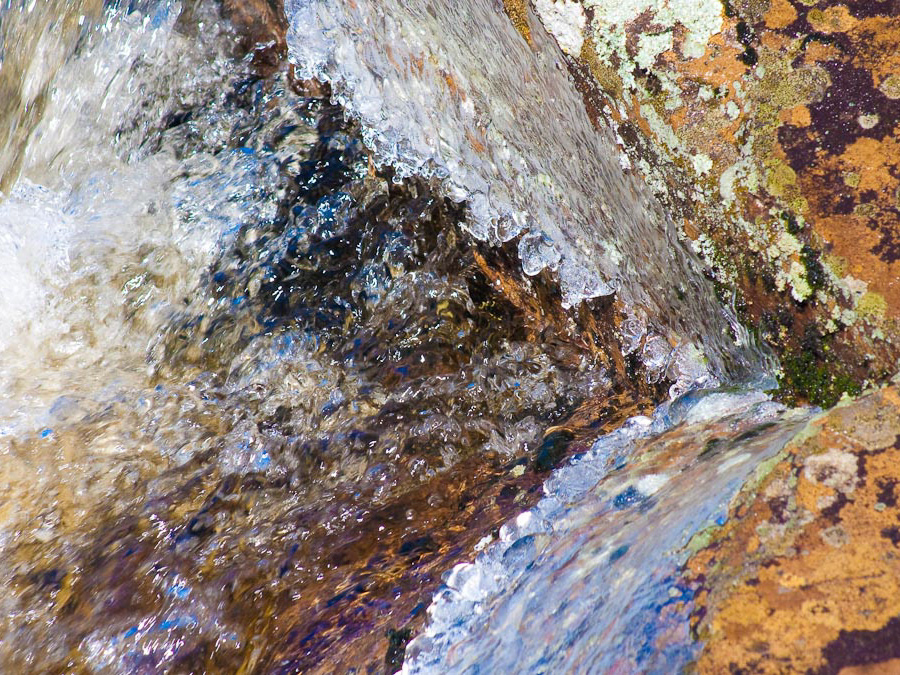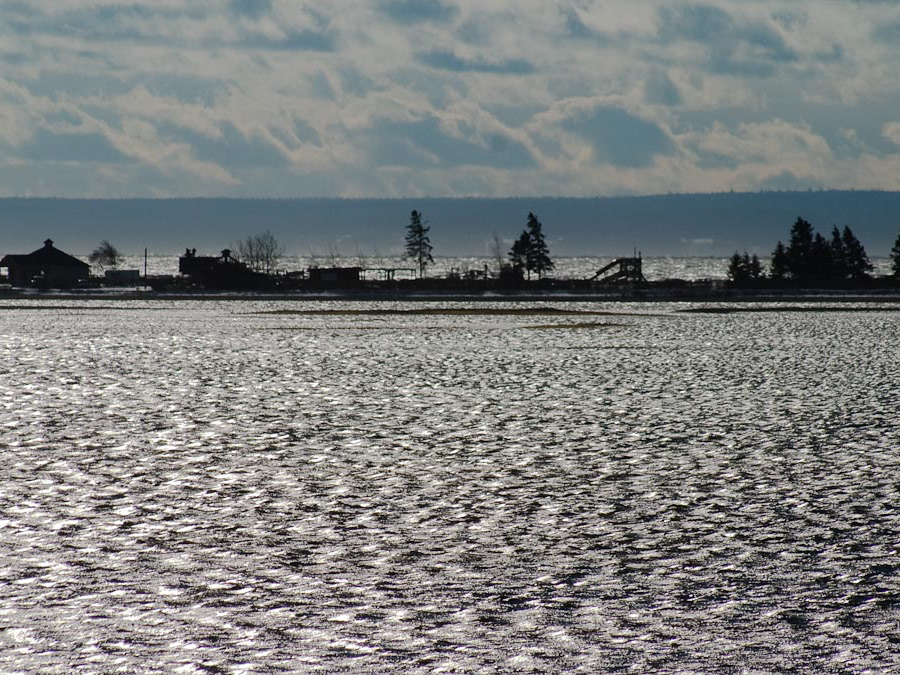Port-Daniel - Baie-des-Chaleurs - Québec
_________________________________________________________________________
_________________________________________________________________________
A poetic ecological film on the protection of water which relates the exploration of the Saint Lawrence and Rio de la Plata rivers, and traces the populating of the American continent.
_________________________________________________________________________
_________________________________________________________________________
THE INTRODUCTION
If we think of the great milestones of the 20th century, a few names come to mind: astronauts Armstrong, Aldrin, Collins, for instance: there is something poetic about the feat they accomplished when they set foot on the moon…
Carl Sagan is another of those names. He took part in the moon project, and also in the Mariner 9 mission to Mars. This mission was designed to orbit Mars and it led scientists to the conclusion that the red planet may have sustained life a long time ago. Sagan was also linked to the Pioneer and Voyager projects. After having explored the most distant planets in the solar system, the two space probes were to travel forever across the universe, carrying a golden record that contained information on life on Earth.
It was at Sagan’s insistence that Voyager took and sent photos of Earth from the farthest limits of the galaxy… Sagan was a broad-minded scientist, fascinated by the stars and the mystery of life. In the course of this controversial century, men and women have always had their feet firmly planted on the ground and their eyes set on the Cosmos.
Early 21st century: humankind needs to look back on its origins; it will then reconnect with earth and develop a new concern for its own habitat. By examining their attitude as lords of the entire planet, men and women everywhere realize that they are immersed in an impoverished ecosystem, which has been defiled by their own immoderate ambition to attain power and wealth. Following Albert Einstein’s principle that “there is no effect without a cause”, they proceed to acknowledge their own guilt as they crave the comfort of crystal-clear water once more. In its desperate attempt to restore the balance of nature, humankind understands that preserving water – a vital element whose future is now uncertain – means obeying its own instinct for self-preservation, in view of a fact that speaks for itself: H20 accounts for 70% to 80% of a human being’s body mass, of its organic matter. As experts say, H20 is the essence of life.
Oh river, talk to me, sing to me, restore me to life is an attempt to add an artistic and poetic voice to all the scientific, social, ecological, environmental and legal manifestations that now seem focussed on this critically important issue for humanity: repairing the damage already done to the environment and safeguarding it for the future.
Oh river, talk to me, sing to me, restore me to life is an imaginative tale that recreates the early history of the American continent, its discovery, colonization and subsequent life. Adriana Ramponi, from Buenos Aires, was inspired to write it by the collection of pictures taken by François-Régis Fournier, a photographer artist from Montreal. In these, he focusses on water in its different states and forms: clouds, drops, rain, mist, frost, snow, ice and thaw, rainbows, puddles, brooks, lakes, falls, rivers and oceans; as well as the water tamed by dams, reservoirs and canals, or associated with art in the form of fountains of various styles and allegorical expressions.
These images were captured by Fournier through his “tiny window on the world”, as he refers to his camera, in each port, town or region where he stopped to observe water and bear witness to it, in its liquid, solid or gaseous form, as he sailed up the magnificent Saint Lawrence River and explored its varied scenery. The Saint Lawrence, “great road that walks” as the Native Indians called it, was described by poet Pierre Morency as “… the principal beat of the landscape, a place for meetings and adventure, vast channel, a paradox of power and vulnerability, majestic road for all migrations, vehicle and pool of life, lord of the winds and of the seasons.” He goes on to say: “Blood supply for half the continent, the river sings a grand overture to the Atlantic Ocean. The Saint Lawrence is the oldest river in the world.”
The Saint Lawrence flows for 3 300 kilometers and is fed by the waters of huge lakes and 350 tributaries, some of which are also large rivers.
And when Morency writes that it “is the oldest river in the world”, it’s because the Saint Lawrence made its bed in the tectonic faults and a deep fissure located between the Precambrian Laurentians and the Appalachians, a mountain range whose origin also dates back to the Palaeozoic era. A portion of its coastline is 1 800 million years old. But since it has been shaped by the retreat of the Champlain Sea, which occurred less than 10,000 years ago, it is, amazingly, an extremely young river, with some stretches more impetuous than any rapids. Both young and old, a river without age… What a privilege!
Then, a long time ago, but much nearer to our own era, the Spanish Catholic kings were driven to explore the possible existence of another route to the East by going South. This had led Juan Díaz de Solís to discover the Río de la Plata in 1512. In 1534, Francis the First, King of France, inspired by the same interest, put Jacques Cartier in charge of an expedition that was to travel North in an attempt to reach “certain islands and countries where gold and other riches were said to be found in large quantities”. This Northern route would open a new door to the Orient and be added to the French crown. On July 23, 1534, Jacques Cartier planted a flag in the new land and claimed the Bay of Gaspé and the Baie des Chaleurs for the King of France.
A year later, Cartier made a second voyage. He sailed up the Saint Lawrence and, braving the bad weather, he succeeded in establishing settlements in the areas where Quebec and Montreal would later be founded. In 1536, Cartier returned to France, convinced that he had explored the Eastern coast of Asia. In fact, he had paved the way for the coming of Champlain, who would found Quebec City just a few years later. That same year, 1536, under King Charles the First of Spain, great rival of the King of France, the Spanish led by Don Pedro de Mendoza established a settlement on the banks of the Río de la Plata, where the future city of Buenos Aires would rise.
Seas, waterways, rivers: thoroughfares for colonization.
History is full of coincidences: same date for the settlements on the Saint Lawrence and the Río de la Plata, similar ambitions in the King of France and the King of Spain, close destinies for the conquering sailors who arrived on this continent over calm or rough seas, a fate shared by countless immigrants who have since ventured on the wide rivers that carry the very significance of the continent in order to live in a new society.
And there it is, a conjunction and a symbiosis between our histories and our American cultures, North and South, between Argentina and Canada, two polar countries, so far from each other and yet, so close in so many ways.
We will start with a view of the Río de la Plata, the “lion-coloured river”, the “fresh-water sea” as “porteños” call it in Argentina, and we will invite you on a virtual journey to Canada. Let us join in a transcontinental embrace, from Argentina, which is, with Chile, one of the two southernmost countries in America, to the farthest northern end of our continent. We will then share a joyful vision of nature and sing a hymn to its beauty and power and to the new man who wishes to witness the rebirth of Mother Earth.
Let us begin then…
THE POEM
They had to summon up their courage and pause to think before setting sail.
Then a small ice boat served as compass and set the course North, pointing the way to the passage to the East, while the explorers saw, reflected in the captive waters, a mirage or their own hallucinations of the treasures they hoped to find.
From the depths of the planet, a wide-open eye observed everything, while the lookout’s face scanned the horizon from his vantage point.
Such an implausible sensation for those voyagers: to venture into the mists of time and witness the forging of the continental ice sheet, the suggestive stillness reflected in the water; to watch the Americas appear, while awaiting daybreak from the distant South, East of a place they call the land of fire.
They should have deciphered hieroglyphics or encrypted messages from past civilizations, imprinted in furrows of soil soaked by storms and melting glaciers. Why not?
They should have gathered the fallen leaves from the bronze or iron ages and wiped off the rust of time.
But water comes in cycles, bringing life; it ripples, leaps and falls.
In cycles, it shudders with cold, then pushes through ice; it withdraws and reveals the stone underneath – from who knows what fault -, it rises and becomes a hesitant cloud.
Then, as a beam of light, it reverberates across the sky, signalling a renewed confluence.
A new cycle begins: verdant hope mates with a stream to give birth to a water lily or carpet the bottom of the lake with lichens, while a tree, like Narcissus, leans over the crystal surface to quench its thirst.
The water flows in those faraway and forbidding lands washed by the river where gigantic whales blow their powerful breath like conquerors. There is little time for greenery in the woods; in a pantomime of autumn, leaves transform themselves into translucent sculptures with their last burst of energy, then die.
The same fate awaits seashore algae.
And the undergrowth, numb with cold, modestly covers itself with a veil of ice crystals; even the rocks shiver as they bar the way.
Another era is approaching, an era of mist water, snow water, ice water; the thought of braving the harsh weather deep into those shores will haunt the daring explorers.
It is time to go home. A compass rose will set the course for their return to Europe and give rise to a new civilization.
Goodbye Baie des Chaleurs, stilled by ice, yielding to the dauntless winds.
Night has fallen.
Water draws a new map of the continent and looks for a thousand ways to express itself as it waits for modern man: flowing water that seeks immortality in a short cut through the forest at Port-Daniel; water in the form of a strange centipede made of twigs, its feet stilettos of frost; water that holds the memory of woods long gone, the chiselled fork of a tree in a mirror of ice; water forever in doubt between solid and liquid; festive water giving life to stalactites that light up the night in the heart of the forest; translucent water in the beauty of a virgin Venus; fresh water, fertile water in the tender grass; water in the thorny heart of an opalescent dahlia; ice water, Newton’s disciple, refracted in beams of light and colour; melting ice dripping from the jaws of the lake Memphremagog monster; still water, clear water, extension of forest and sky in the rocky gorge; glittering diamond water; water heralding icy floods or missing pieces of an unfinished puzzle? Foamy crests, lacy edges on the waves; water, luminous spectre of illusions and desire; confluence, convergence of waters: the Saguenay River in front of Tadoussac. Water, a portrait of life; tame water, reminiscent of high tide, or holy water poured by God on Port-au-Persil; ethereal water, an island in heaven: raise the curtain! Autumn reds on the North shore of the Saint Lawrence, between Berthier-sur-mer and Montmagny, or on the Montmorency Falls, facing the tip of Orleans Island.
Winter whites, outshining the flowers that surround the Baie des Chaleurs in the Gaspé Peninsula.
But civilization is approaching and lights up the harbour at Baie-Saint-Paul. The river widens as it nears the Baie des Chaleurs, looks toward the Gulf, then flows into the sea. It opens the gates to the “great arch of triumph erected by the gods rather than for them”; it commands respect, like an ocean liner from which the new man will come ashore at low tide, where he will be met by the winged inhabitants of the lighthouse, like the ancient Greek demiurge. He will create a new Universe and be at its centre; educated, artistic, industrial, commercial, he will wage many more battles against harsh climates to sow, harvest, invent and build a country for himself…
H2O, water, river that flows and drives decisions; even though it is prey and victim, the river is willing; it offers itself; it produces, transports and gives rhythm to development, even polluting itself for it …
Is any proof needed? The facts speak for themselves: towns along the shores, Coast Guard checks at the Bay of Tadoussac; partially open locks on the Rivière des Prairies in Montreal, the train over the canal: a work day begins on the Lachine Canal. Boats and more boats busily criss-cross the Montreal Harbour, ships with their lifeboats sail the calm waters between Saint-Siméon and Rivière-du-Loup, small craft in Paspébiac try to reach an ice boathouse, freighters come and go just off Saint-Joseph-de-la-Rive, in front of the Île-aux-Coudres; enormous container ships that pass each other stop and listen to the sirens and, mesmerized by their song, continue their voyage between Quebec and Lévis; a sail boat in Gaspé waits to get under way. By the river, like witnesses to the activity, bales of hay lie frozen until the next season; lobster traps on the sea shore take a winter holiday in Hope, on the Gaspé Peninsula; and... 17119 scenes of ice and sky, anchored at Paspébiac; lights and sounds in the harbour at Port-Daniel; cautious loaded barges on the Richelieu River, between Saint-Antoine and Saint-Denis, or an outboard motor “making waves” between Saint-Siméon and Rivière-du-Loup.
Up river, in Quebec City, historical tours of the Old Town continue, with a window that looks onto Orleans Island.
So often does the pitcher fetch water…
that it finally breaks!
The time has come to assess results and behaviours, facing the river with open arms while we wait for the Universe to reply.
Guilty shadows will haunt the conscience of modern men and women, images of life adrift, of desertion and profound loneliness, of transcendental anguish.
And digging their way through blunders and mistakes, their eyes on the aerial mast, they will try to reconnect with their inner selves. They will wait a while, hoping to catch the train of life again.
They will go back to the fountain, throw coins in the water and make the wish to come back again and again. They will call on Amphritite to seduce Poseidon once more.
They will fulfill their simple dream of living in a small house on the seaside in Gaspé.
Then, they will have returned to the very source of life, to recover the lost treasures of the forgotten, frozen Naiad of the Place Ville-Marie fountain, or of any other; and they will keep on looking, over the river at dusk, for the “V” that stands for victory, the legacy of an infinitely generous and obliging nature.
Cleansed of all guilt, revived and purified, men and women will fix their gaze on the horizon and, echoing their own voices, proclaim their commitment to the future: water! Essence of life…! Oh river! Restore me to life!
Introduction and poem by Adriana Ramponi
_________________________________________________________________________
_________________________________________________________________________
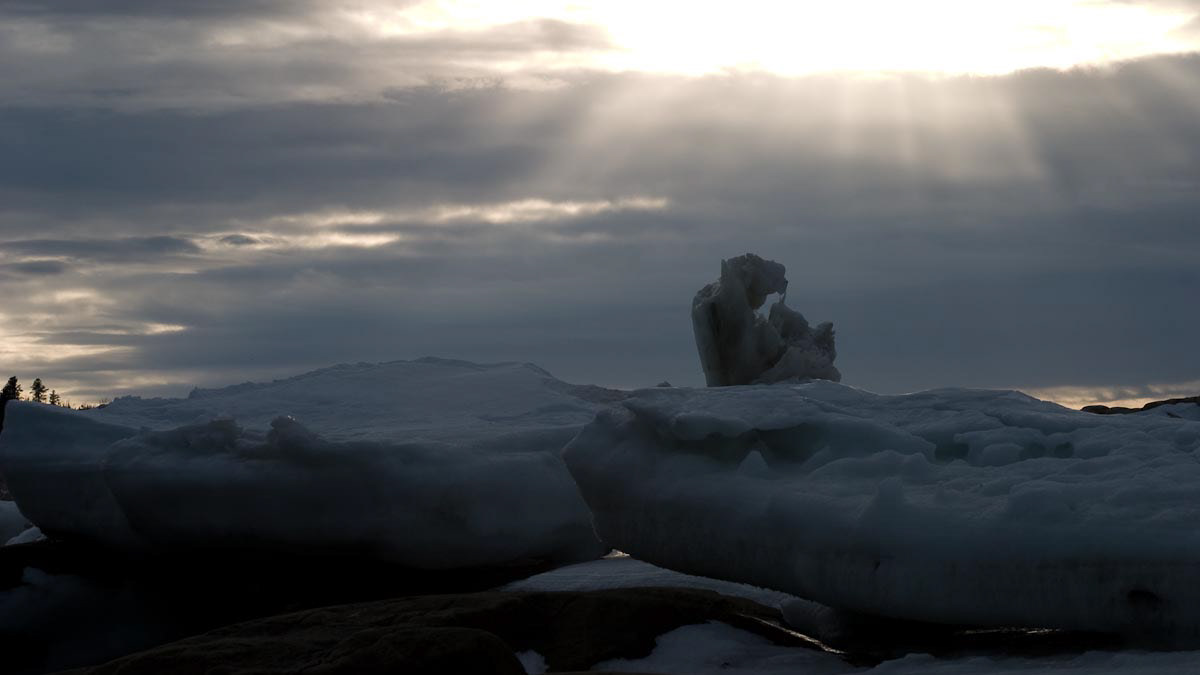
01 – Les Escoumins – Côte-Nord
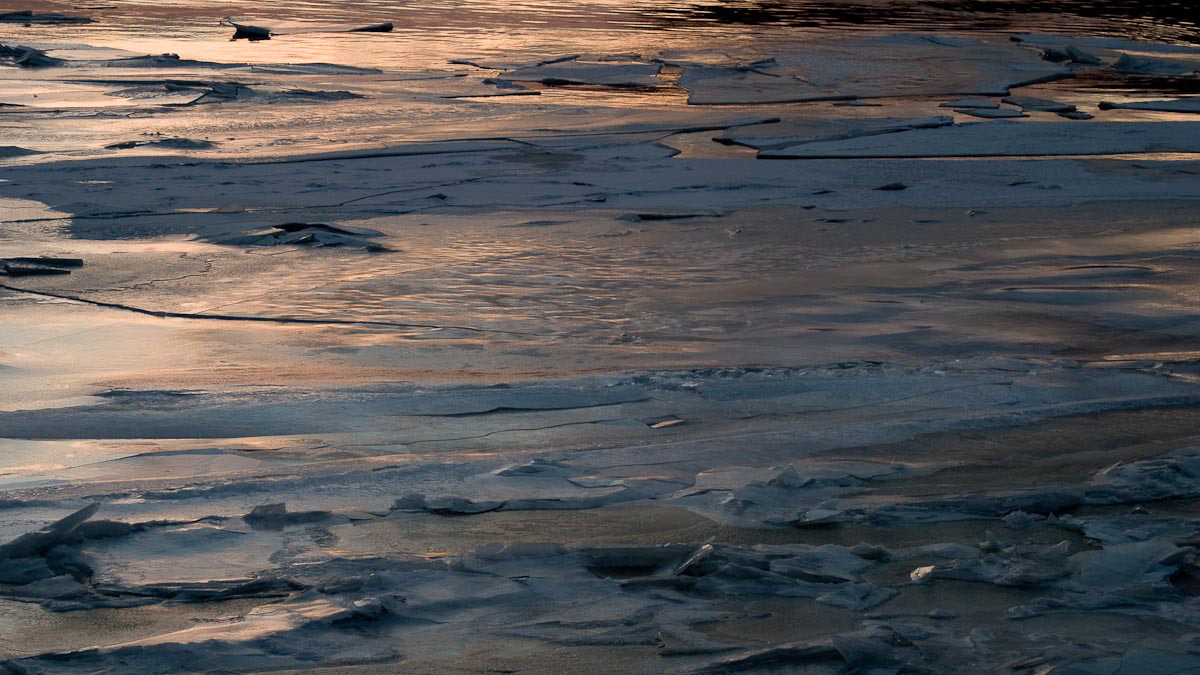
02 – Les Escoumins – Côte-Nord
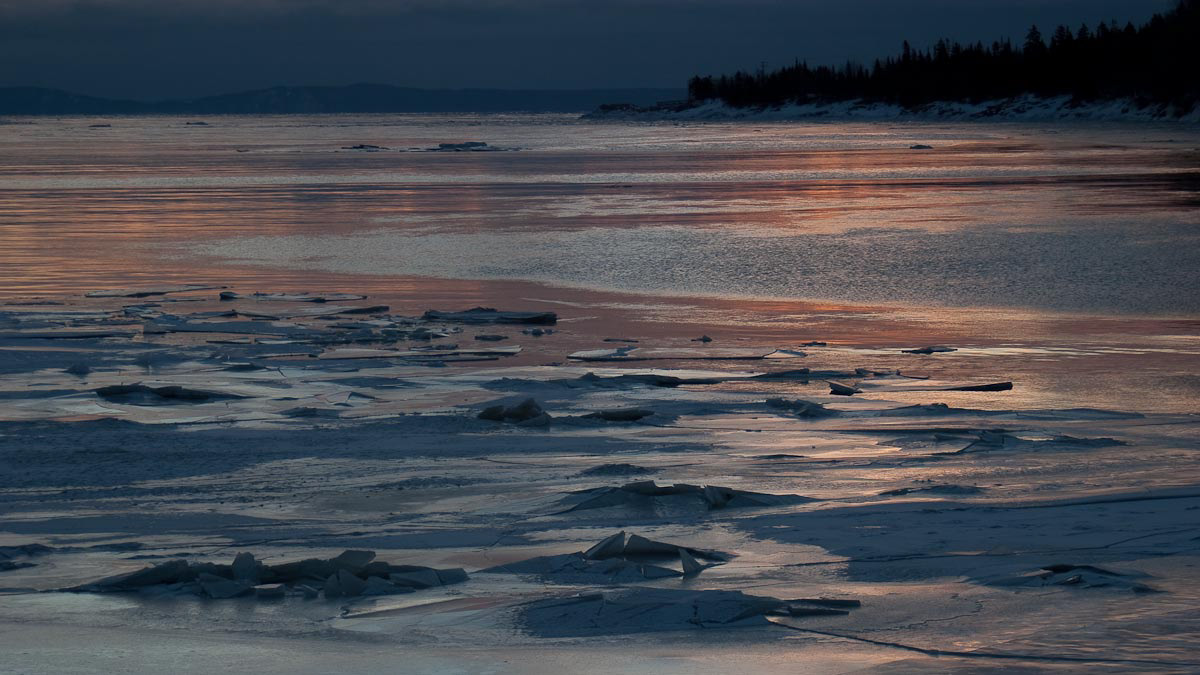
03 – Les Escoumins – Côte-Nord
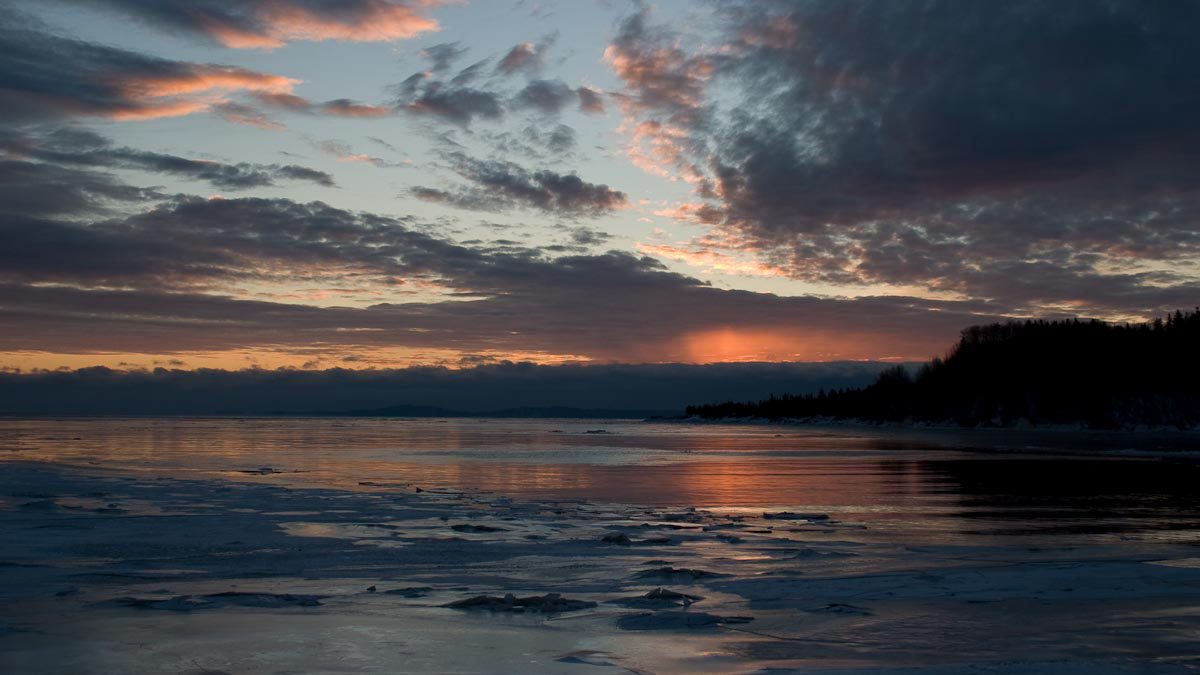
04 – Les Escoumins – Côte-Nord
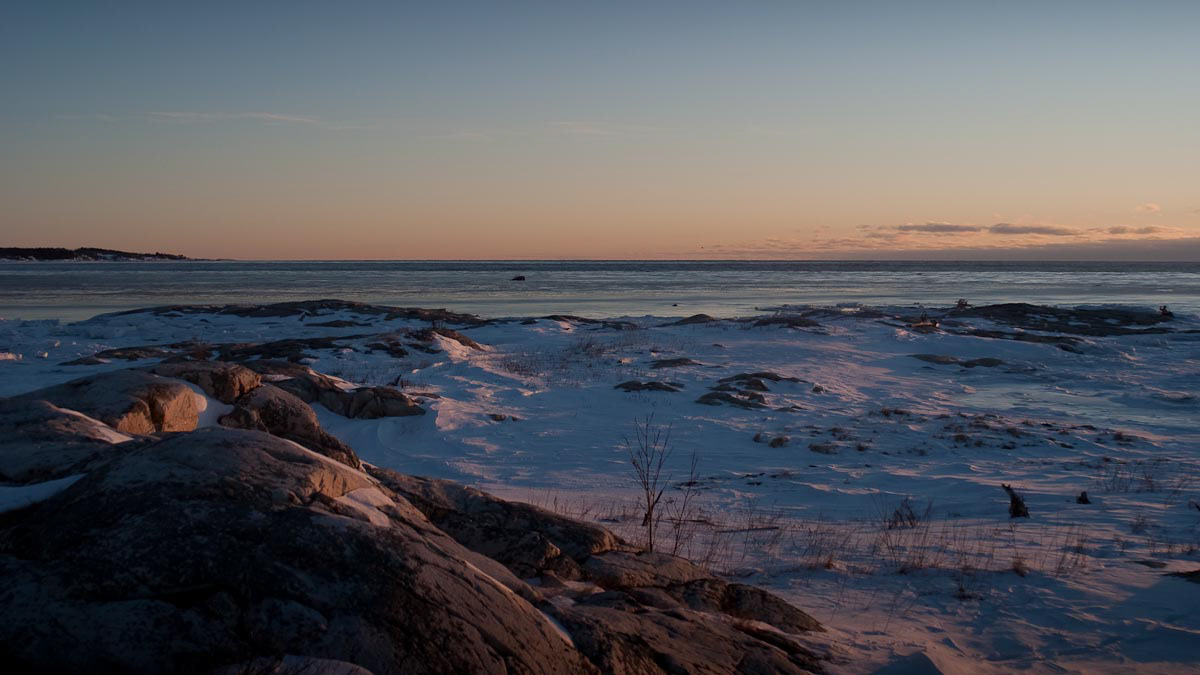
05 – Les Escoumins – Côte-Nord
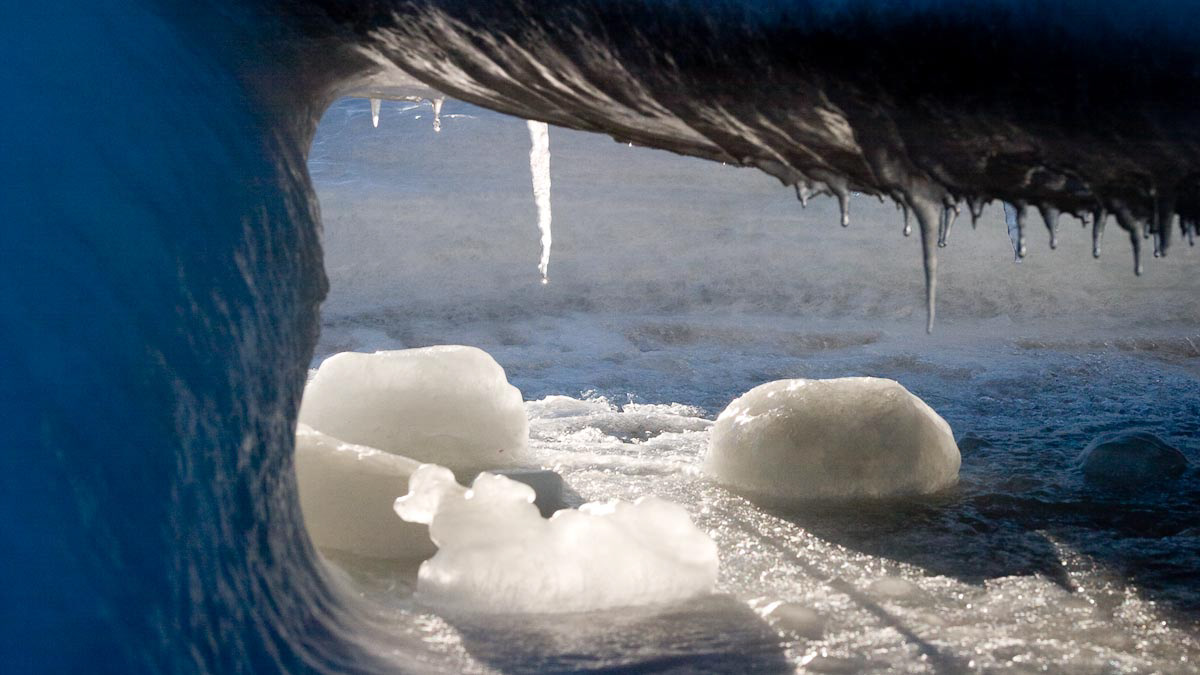
06 – Les Escoumins – Côte-Nord
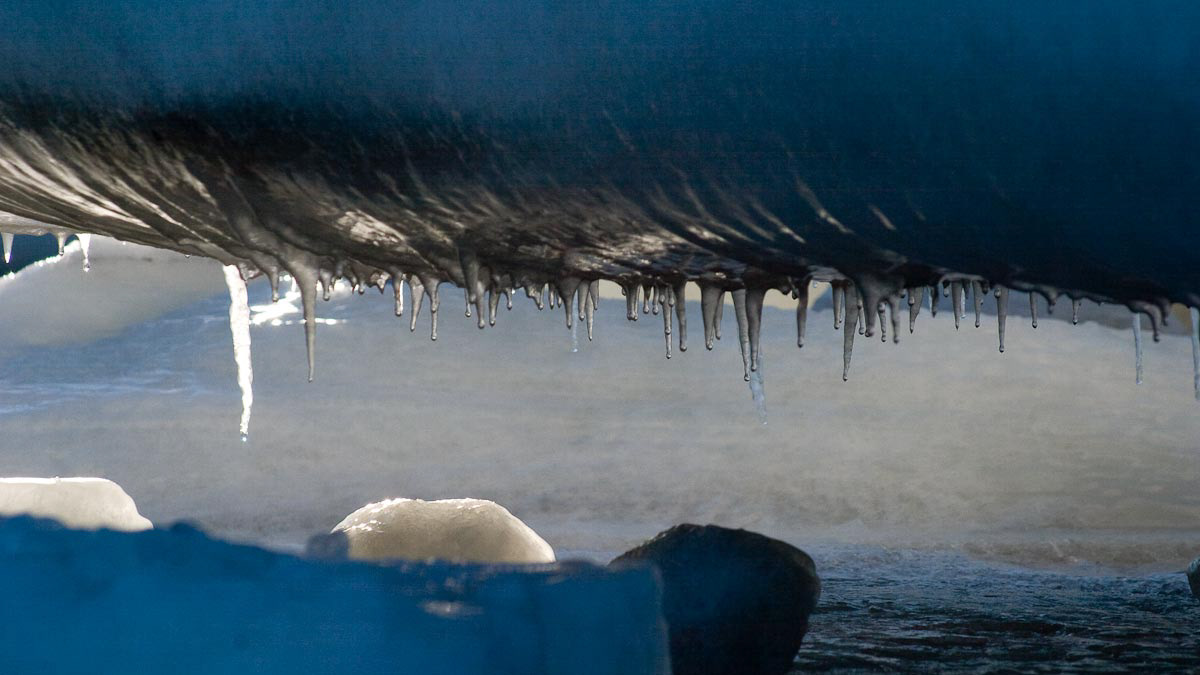
07 – Les Escoumins – Côte-Nord
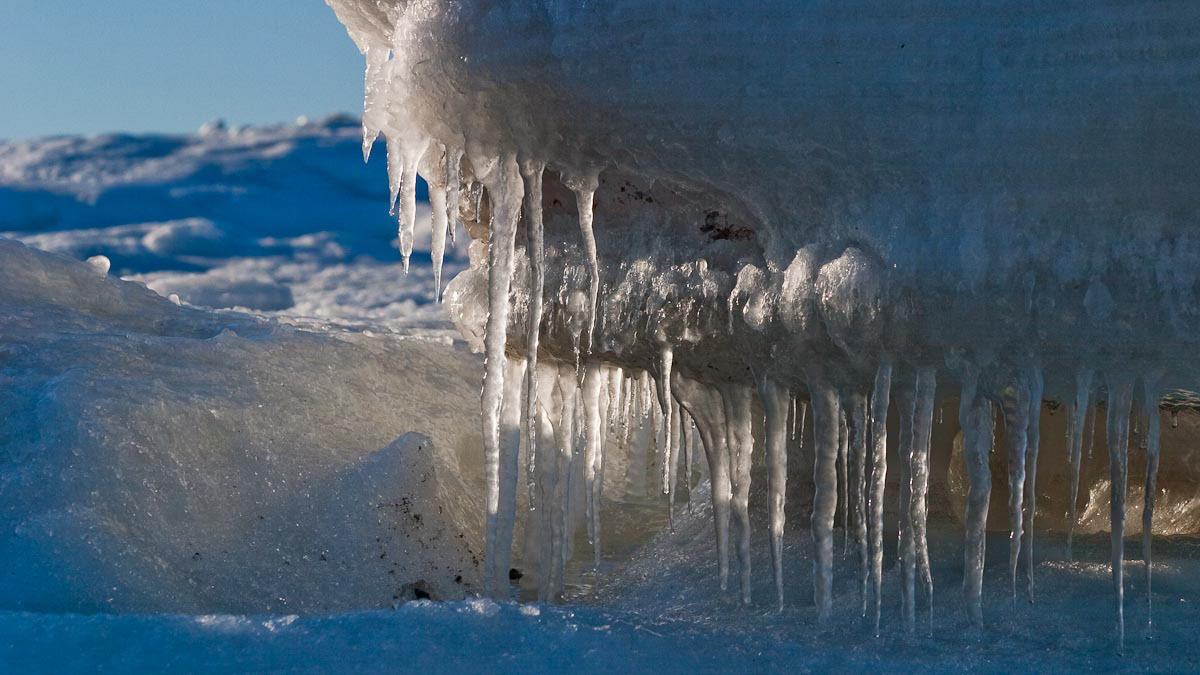
08 – Les Escoumins – Côte-Nord
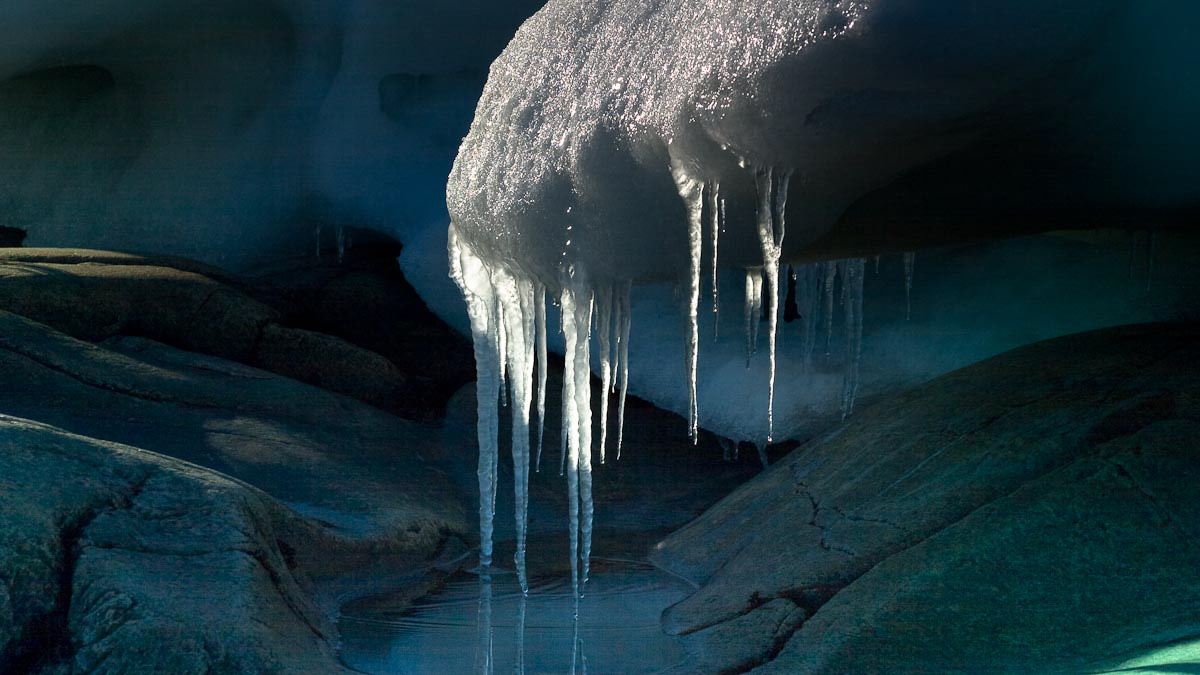
09 – Les Escoumins – Côte-Nord
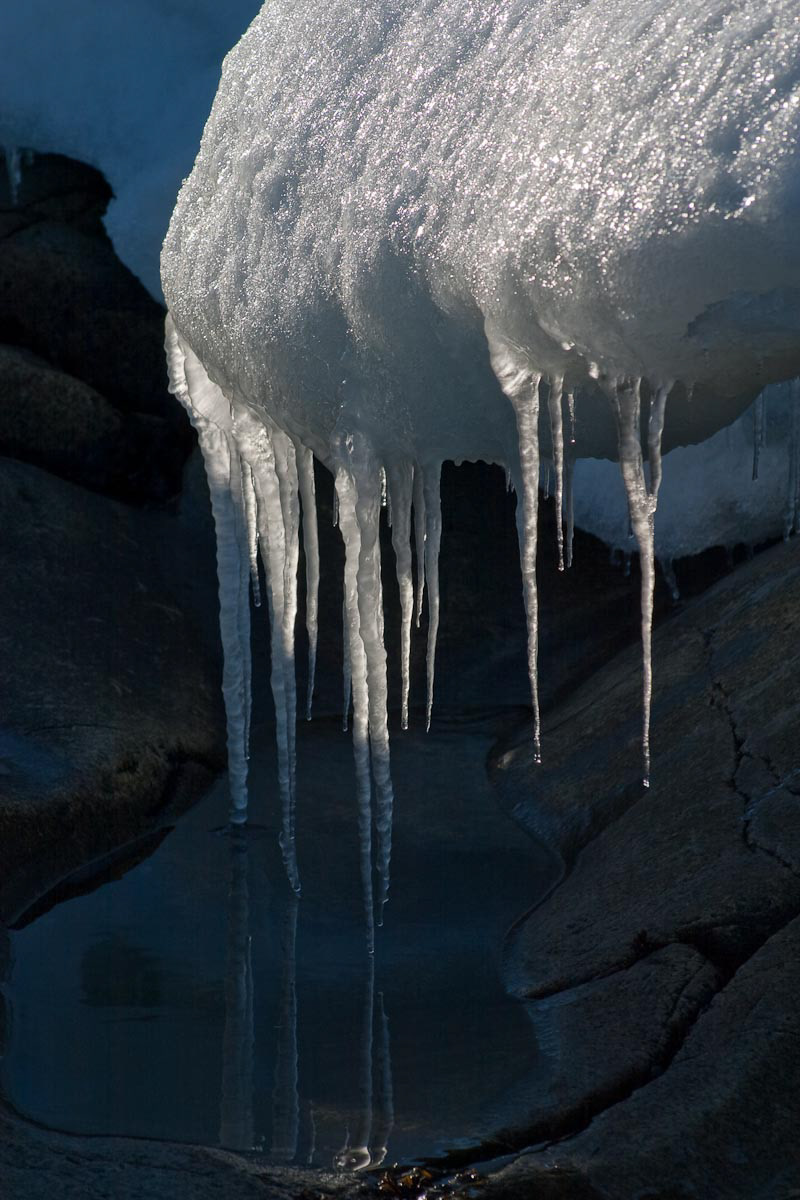
10 – Les Escoumins – Côte-Nord
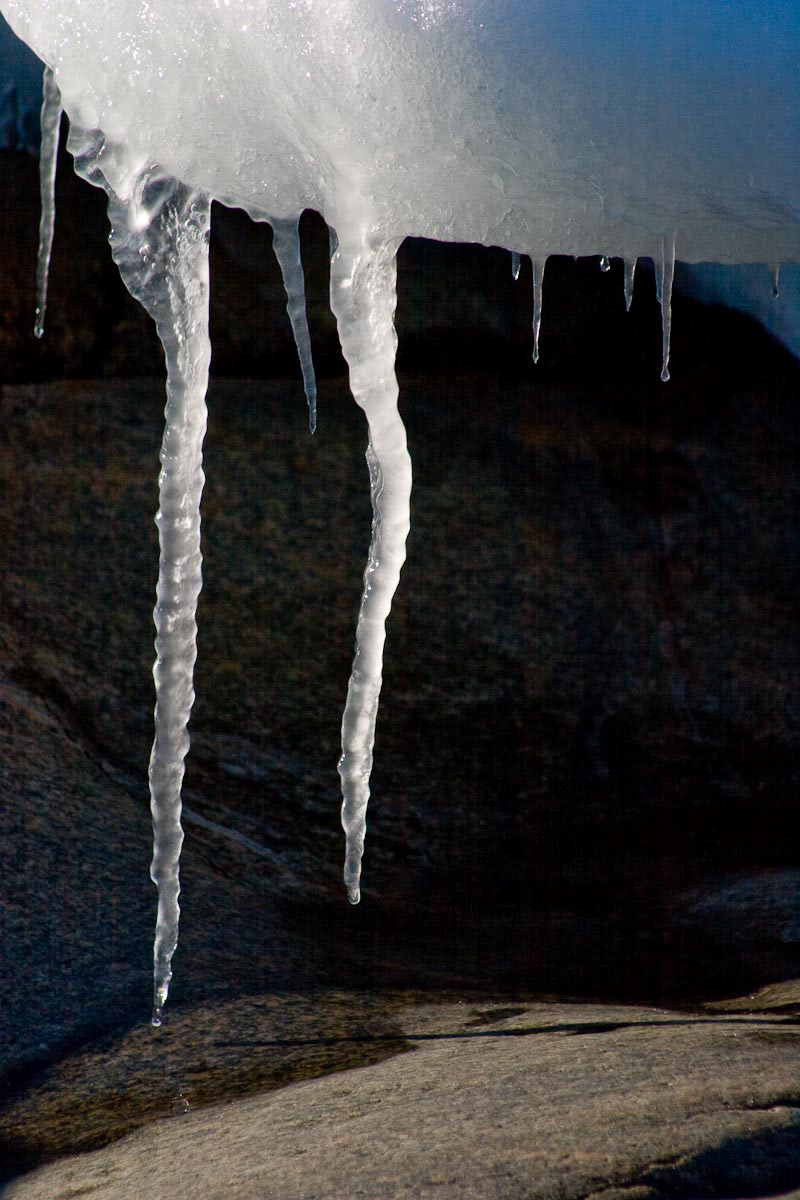
11 – Les Escoumins – Côte-Nord

12 – Les Escoumins – Côte-Nord
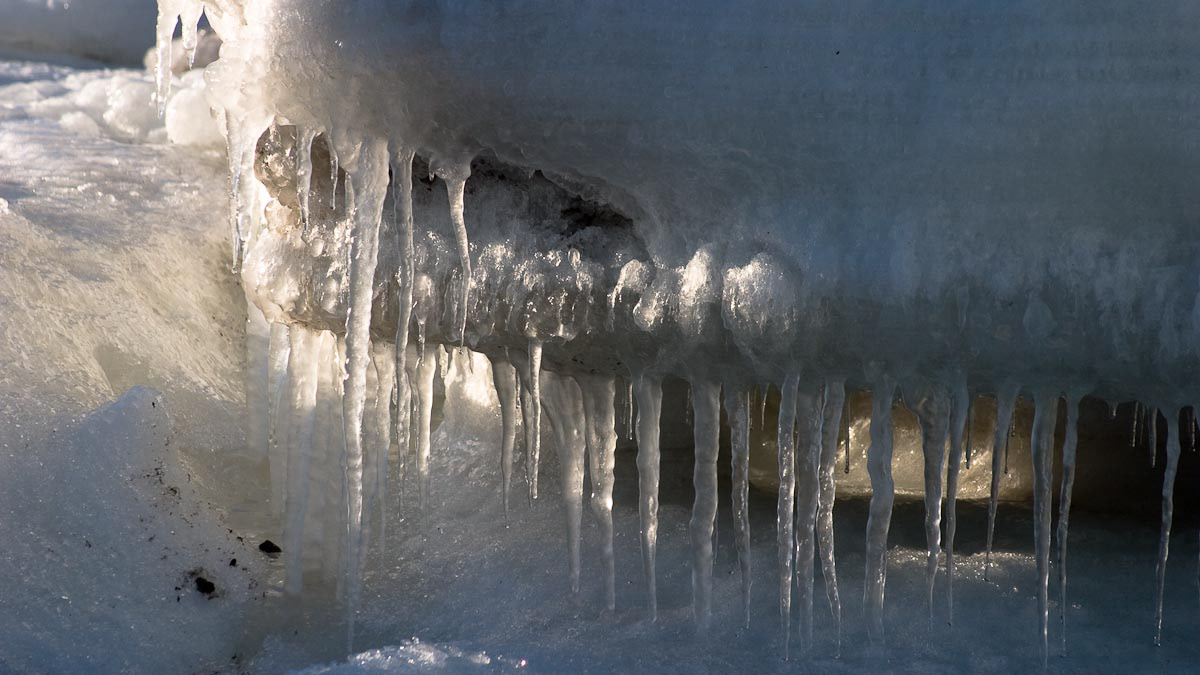
13 – Les Escoumins – Côte-Nord
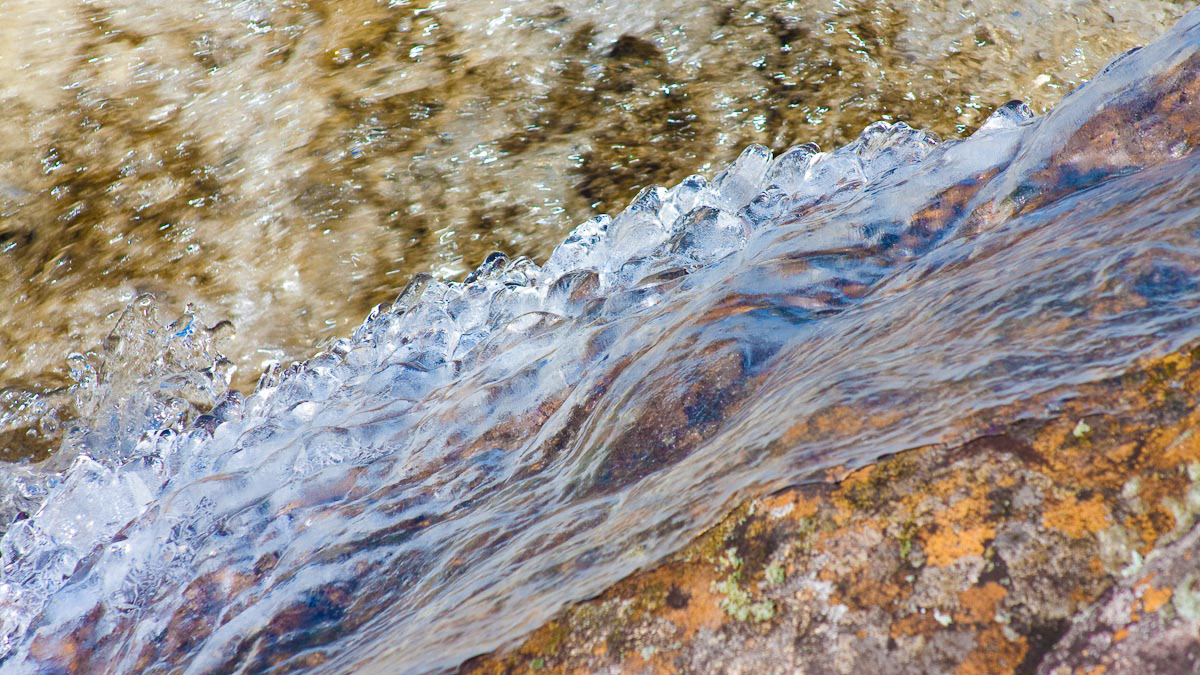
14 – Rivière Mastigouche – Lanaudière
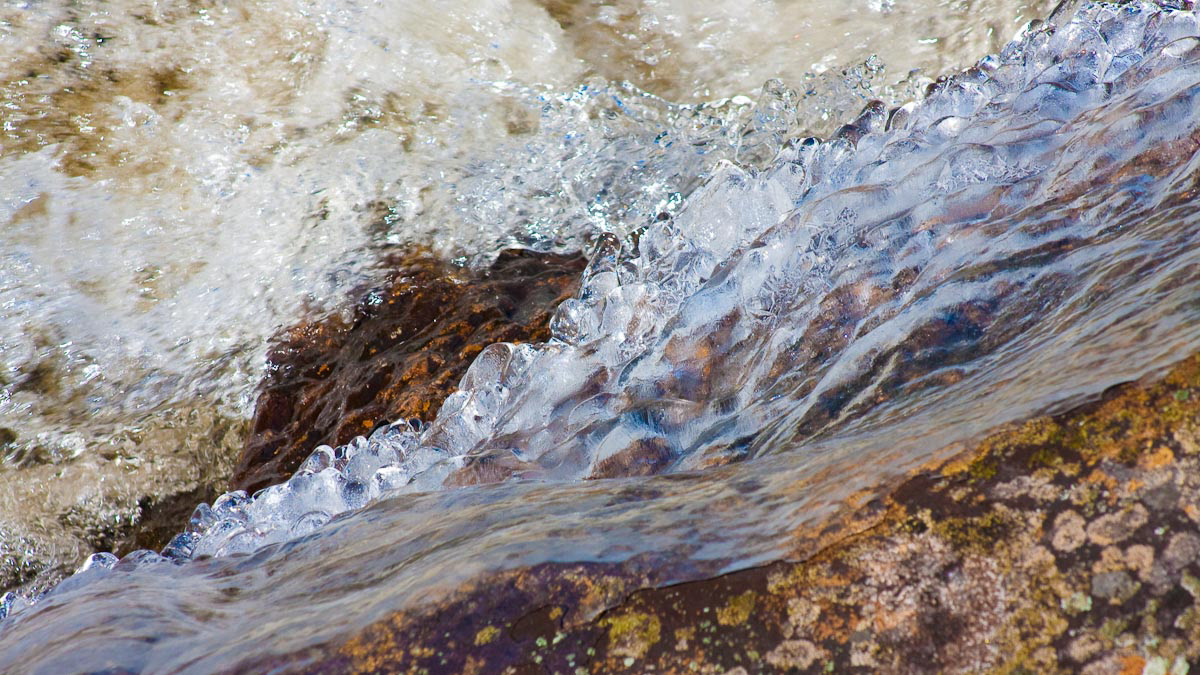
15 – Rivière Mastigouche – Lanaudière
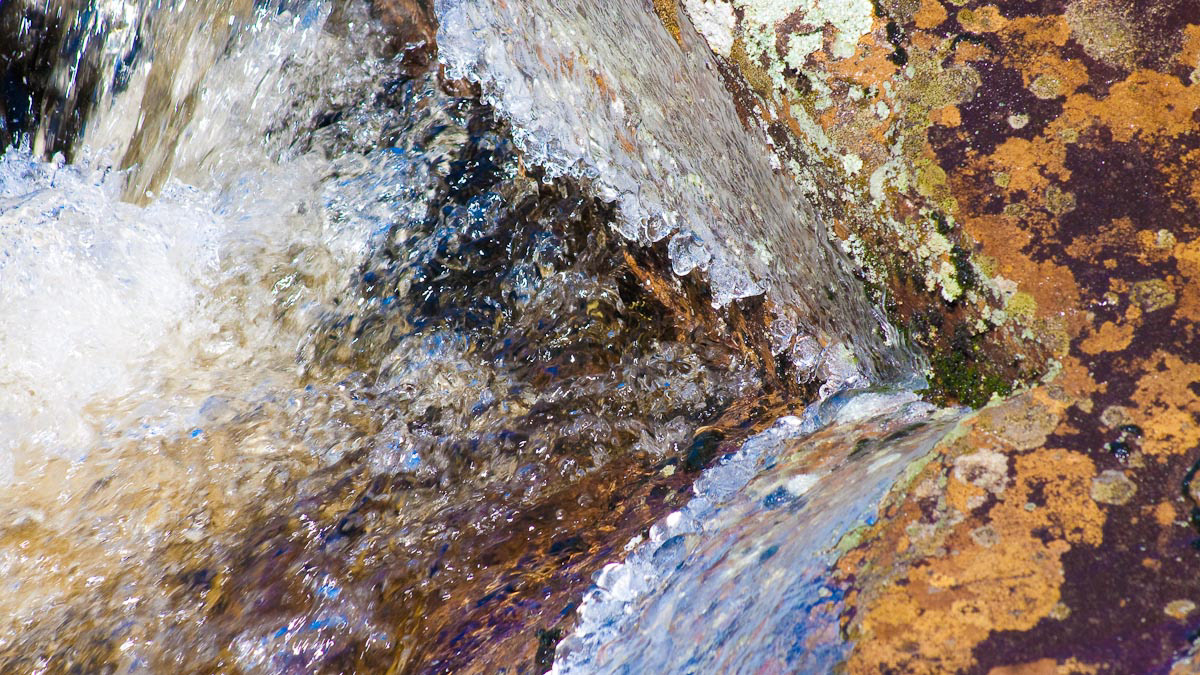
16 – Rivière Mastigouche – Lanaudière
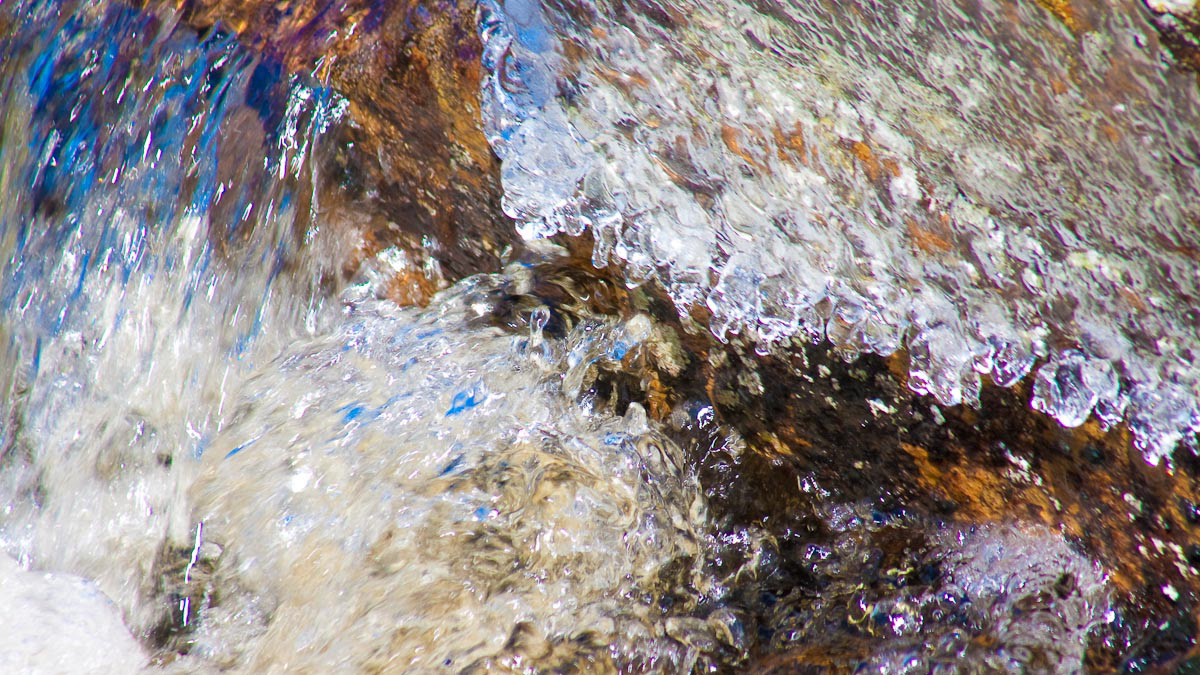
17 – Rivière Mastigouche – Lanaudière
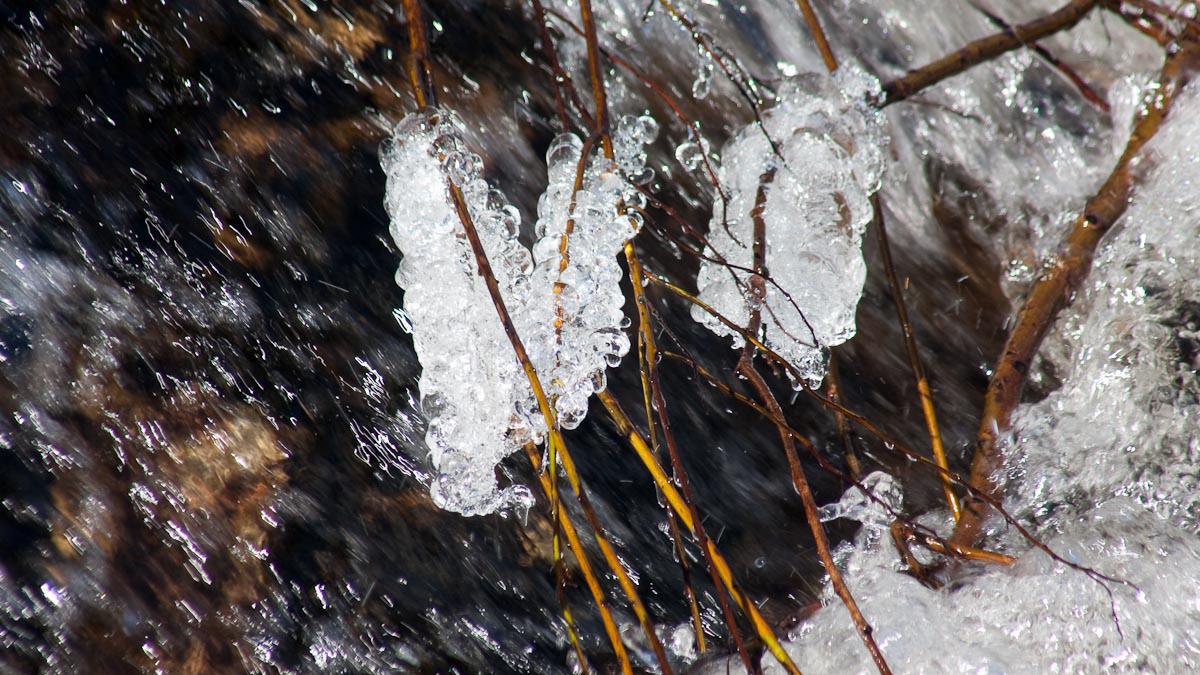
18 – Rivière Mastigouche – Lanaudière
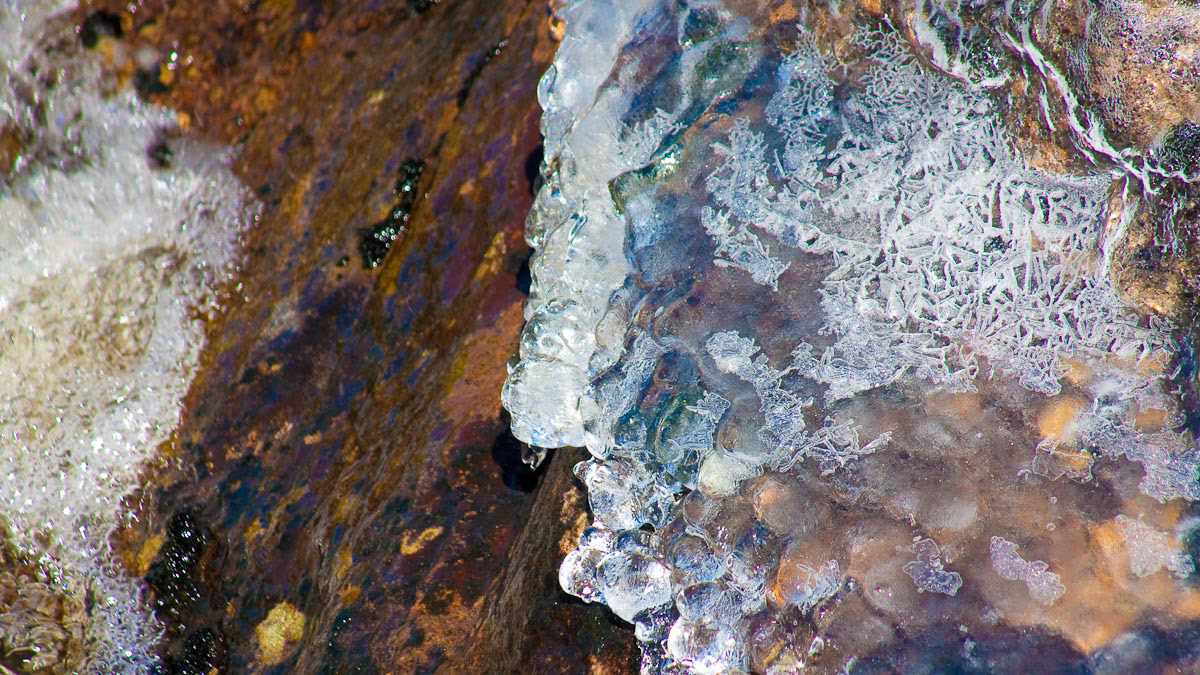
19 – Rivière Mastigouche – Lanaudière
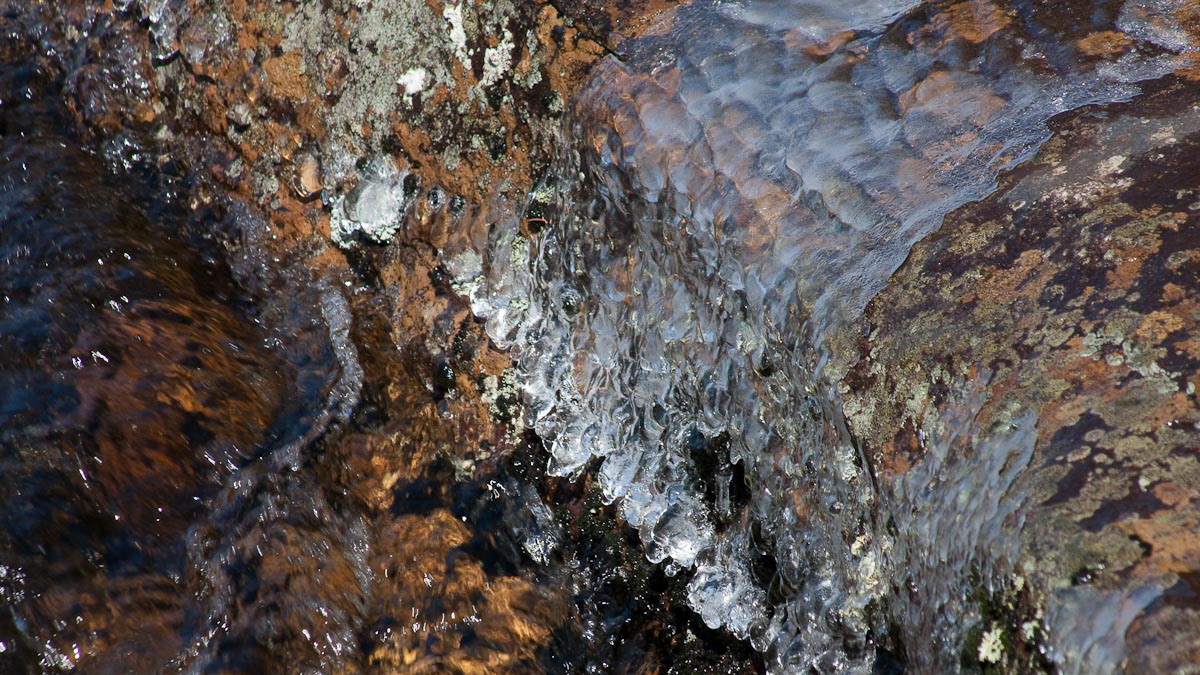
20 – Rivière Mastigouche – Lanaudière
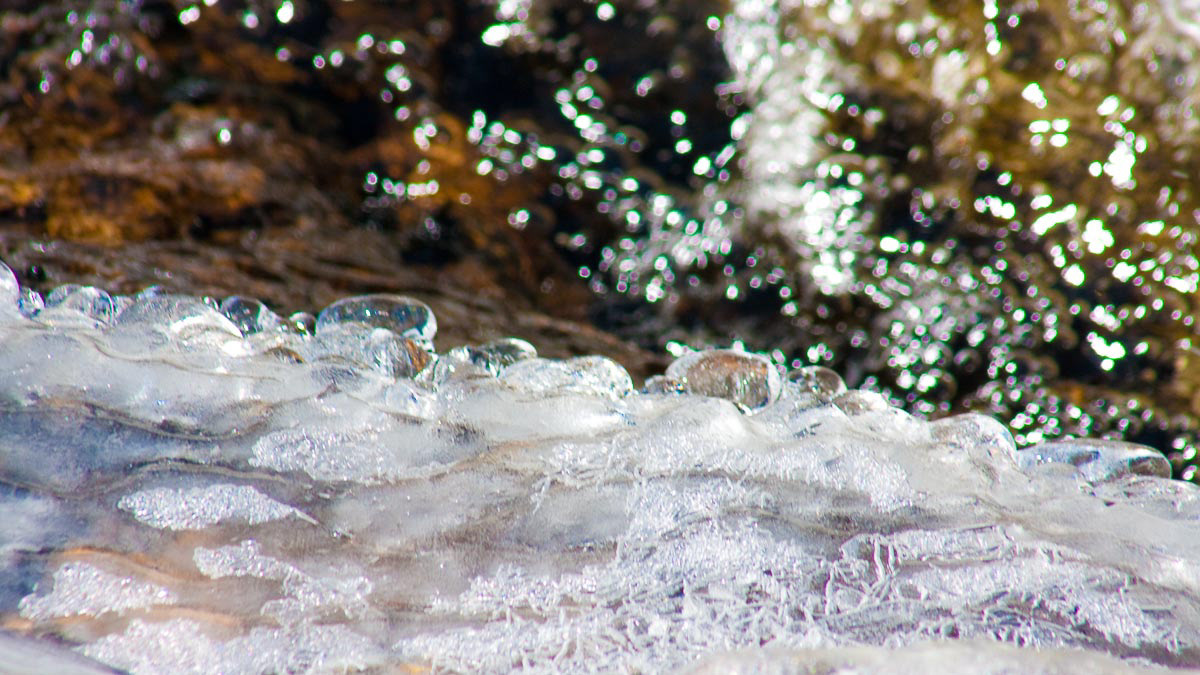
21 – Rivière Mastigouche – Lanaudière
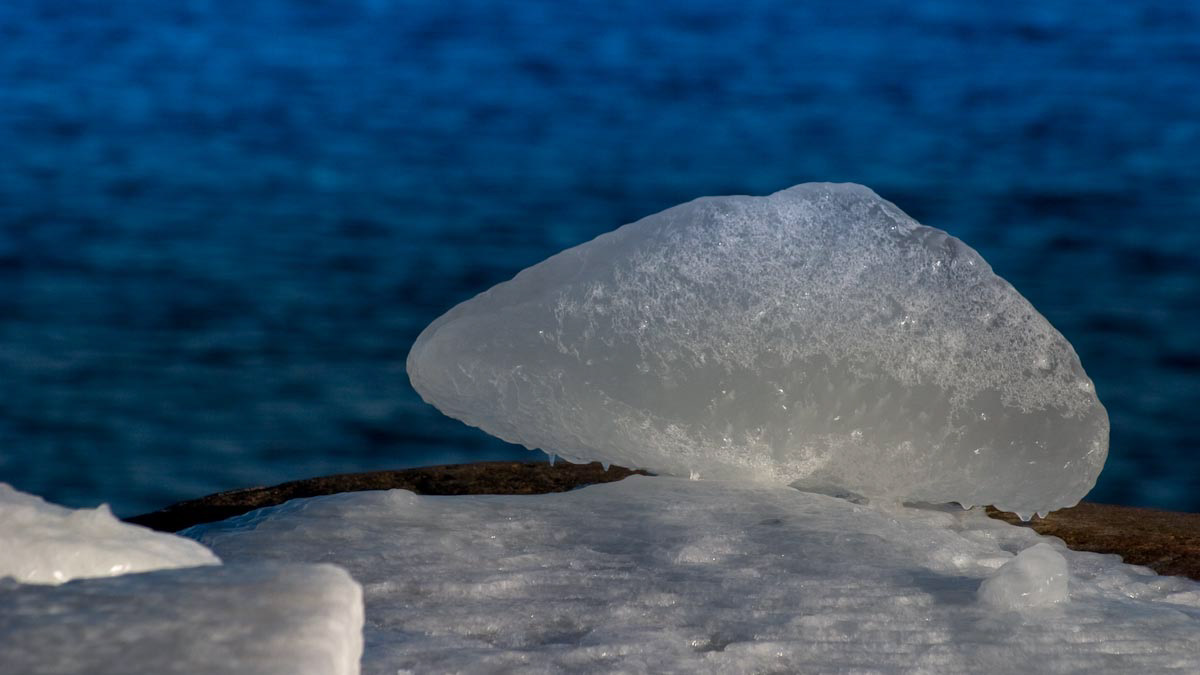
22 – Les Escoumins – Côte-Nord
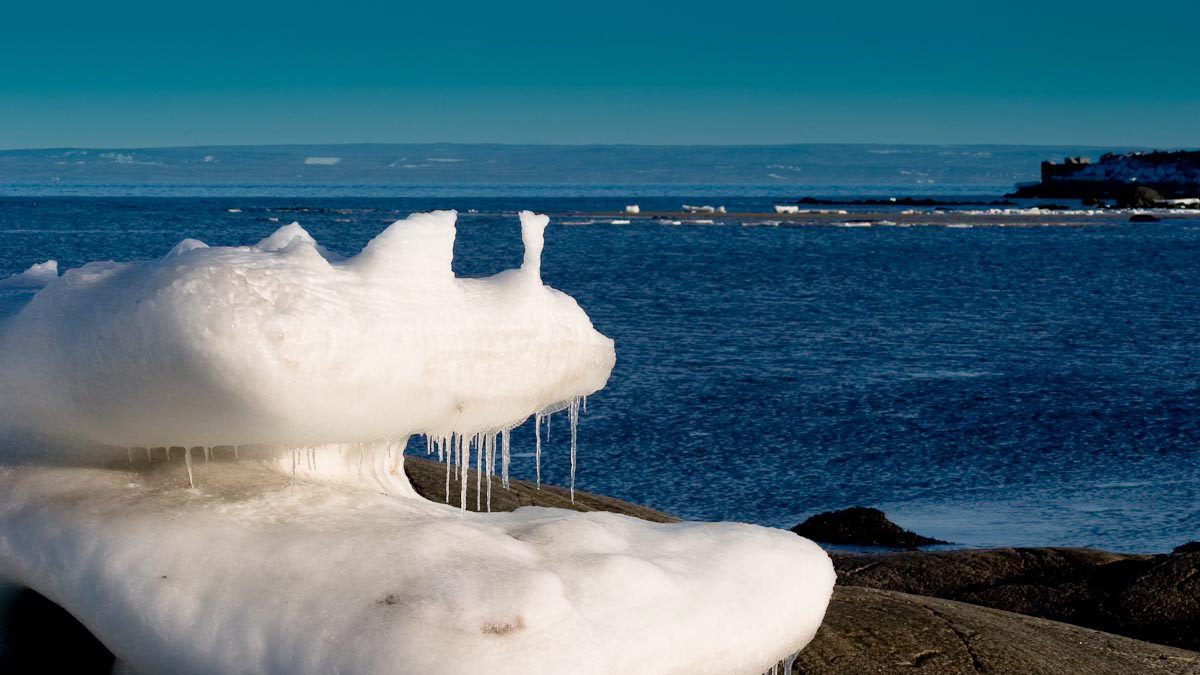
23 – Les Escoumins – Côte-Nord
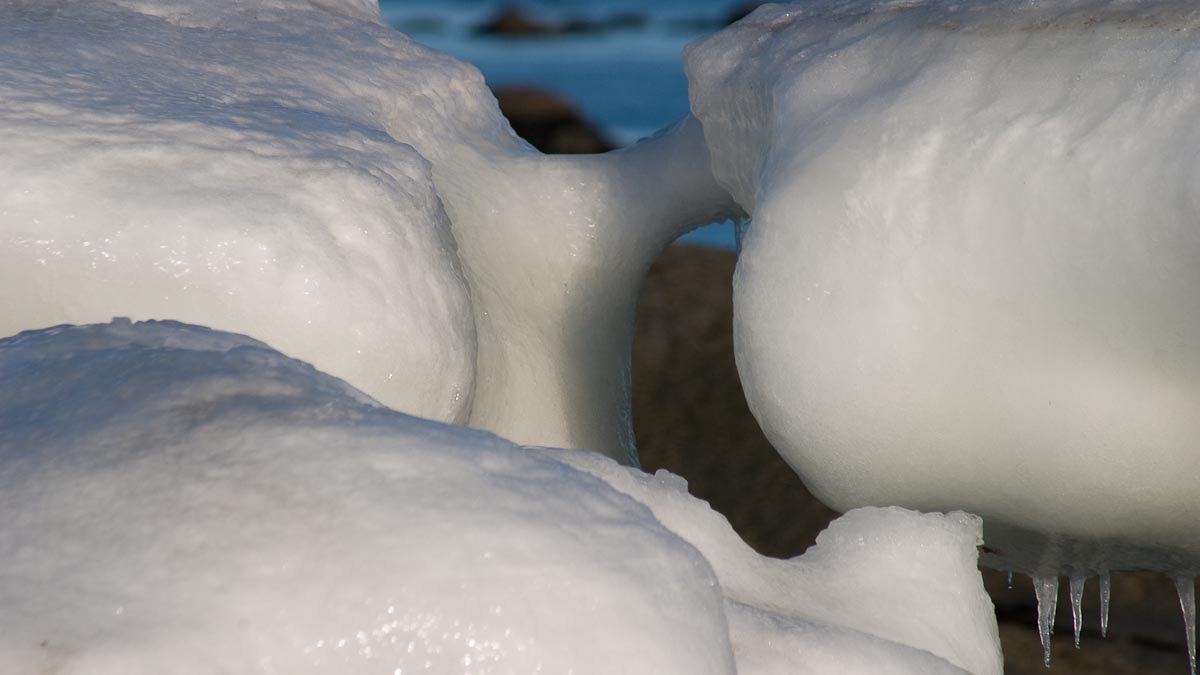
24 – Les Escoumins – Côte-Nord
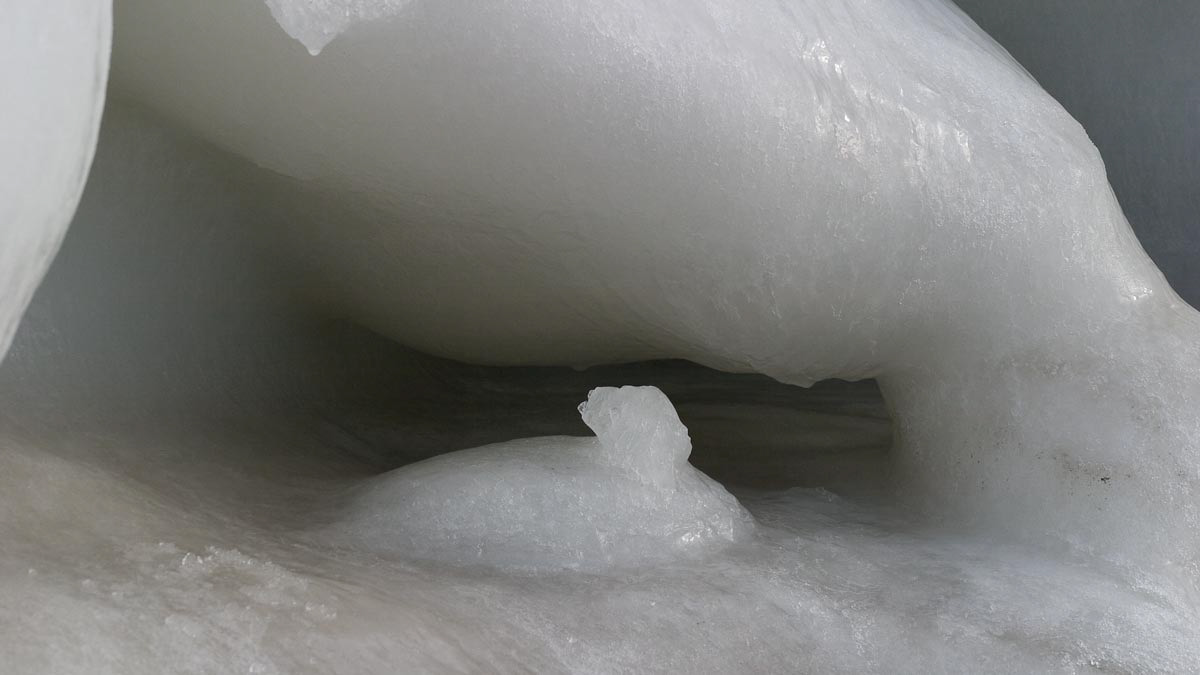
25 – Les Escoumins – Côte-Nord
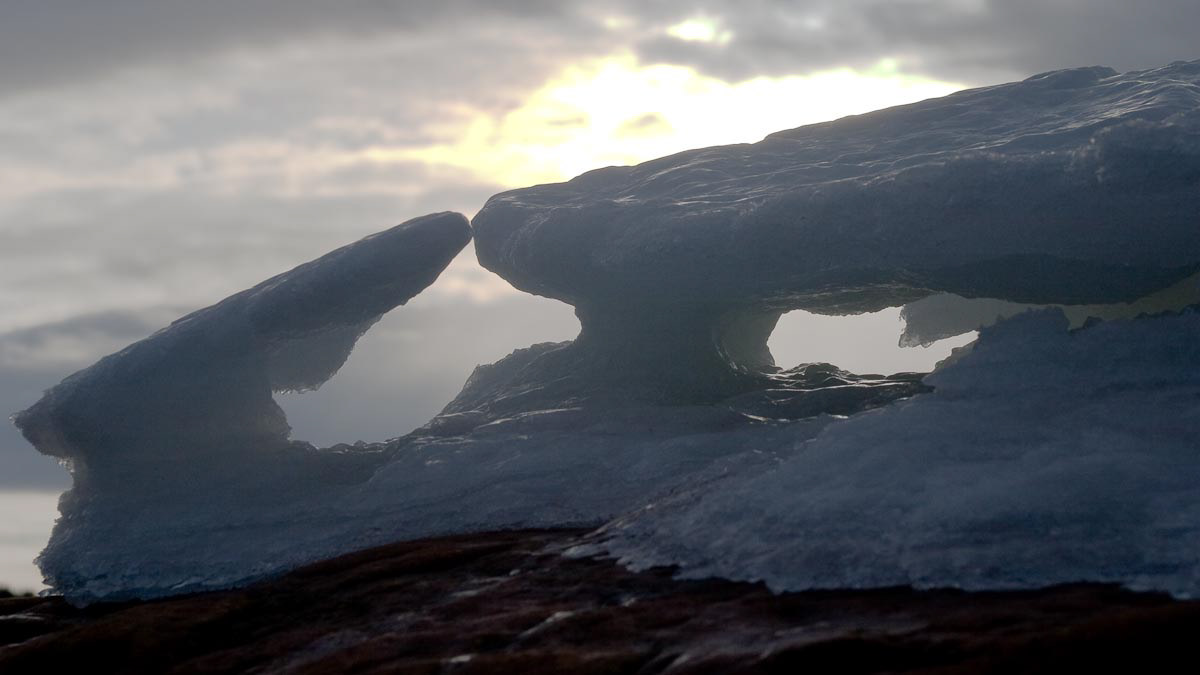
26 – Les Escoumins – Côte-Nord
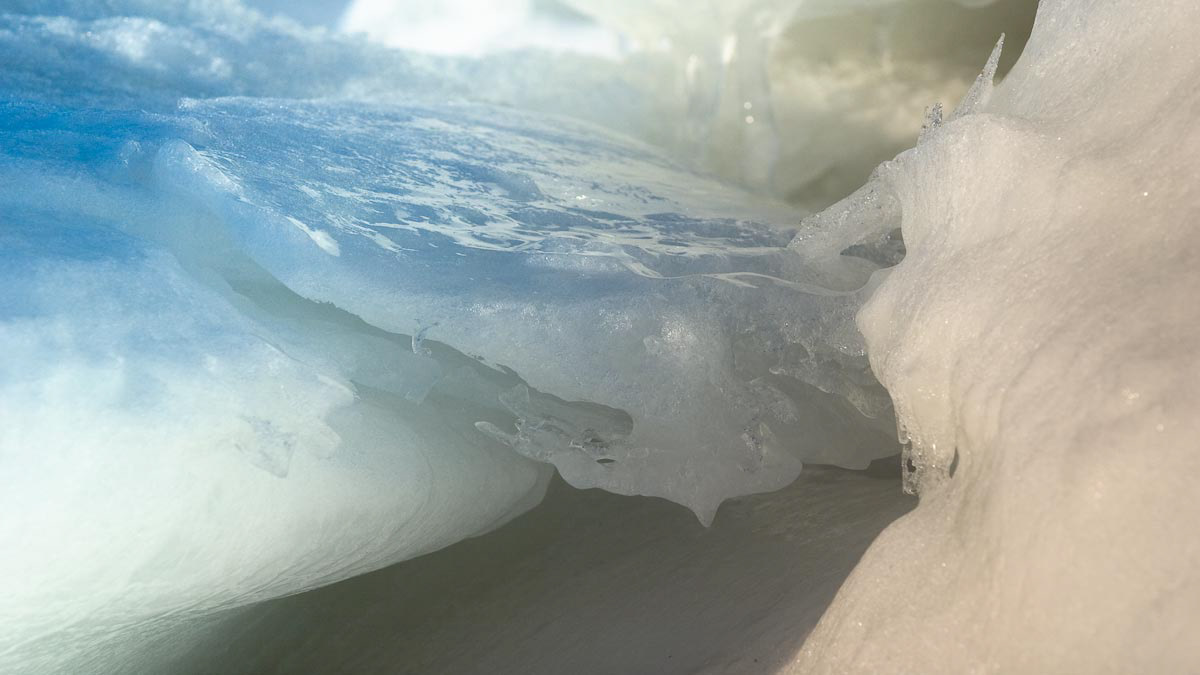
27 – Les Escoumins – Côte-Nord
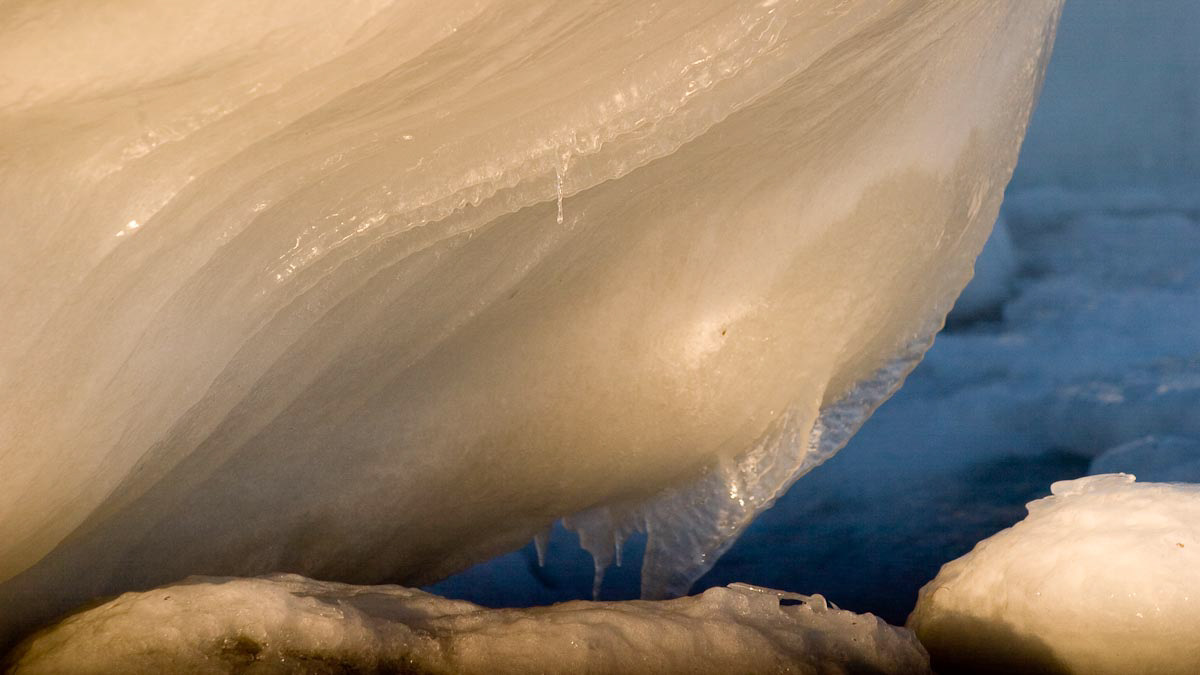
28 – Les Escoumins – Côte-Nord
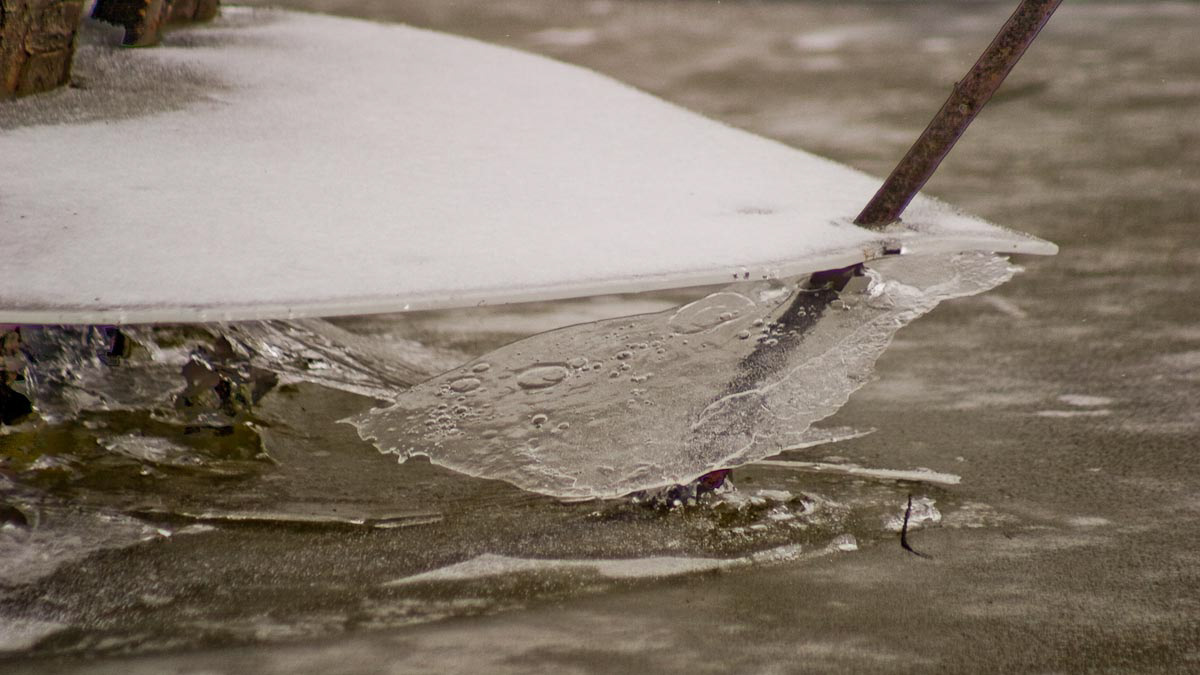
29 – Lac des Deux-Montagnes – Laurentides
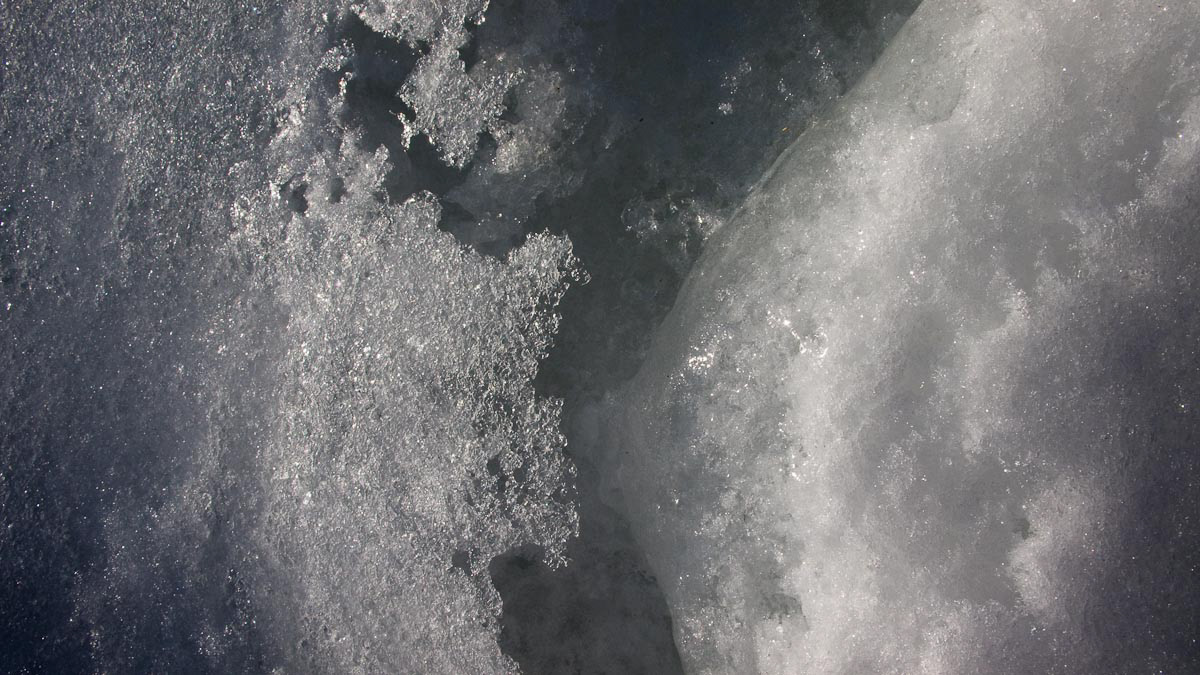
30 – Les Escoumins – Côte-Nord
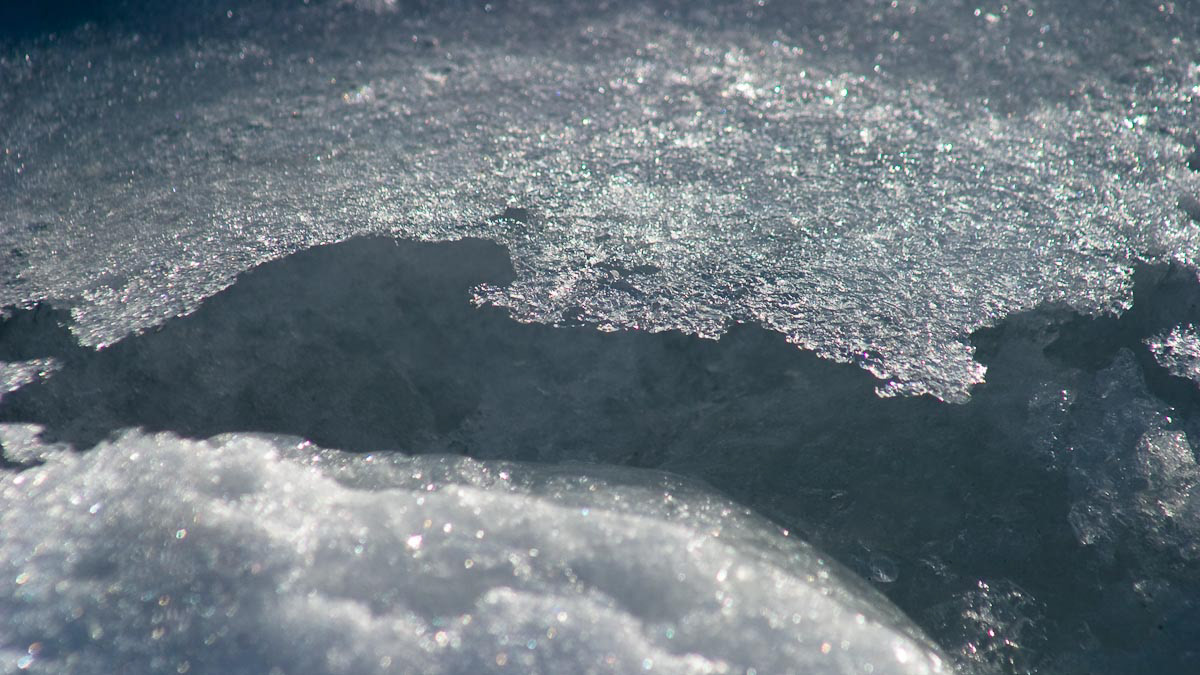
31 – Les Escoumins – Côte-Nord

32 – Les Escoumins – Côte-Nord
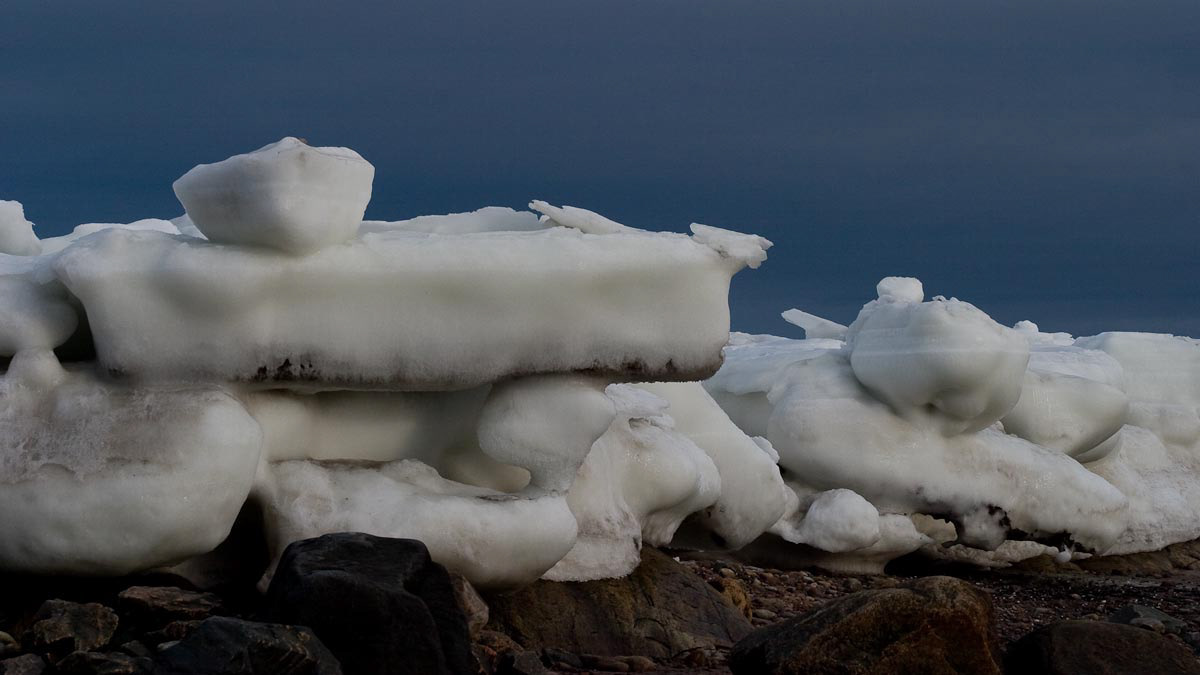
33 – Les Escoumins – Côte-Nord
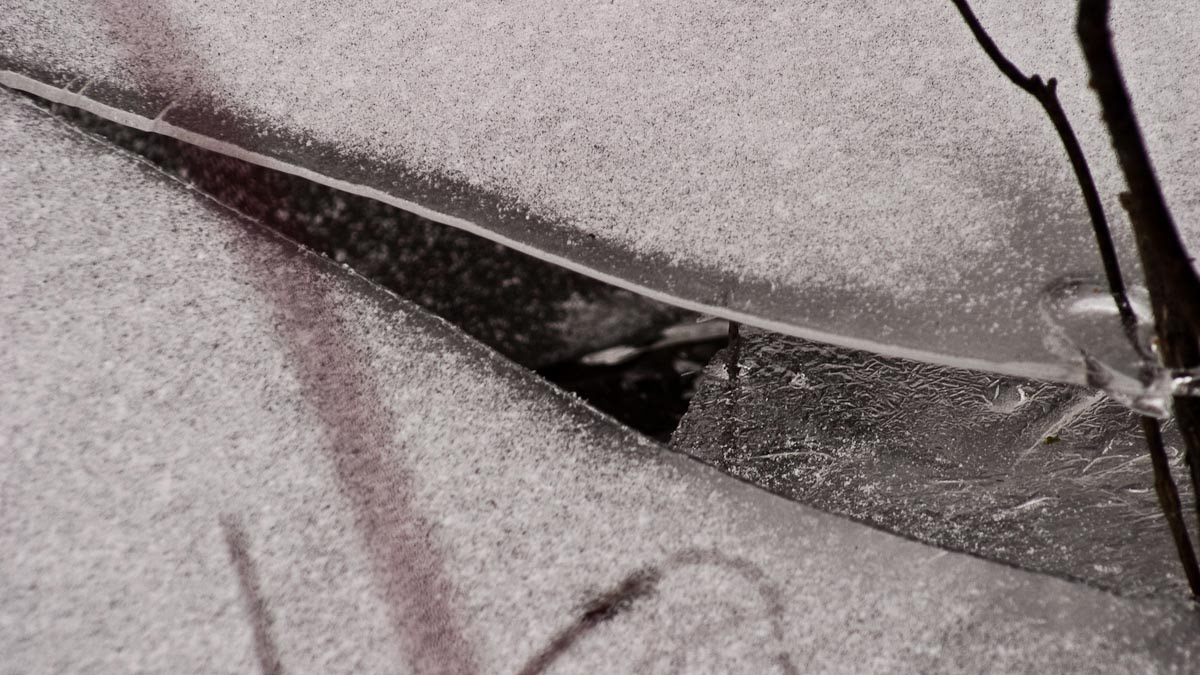
34 – Lac des Deux-Montagnes – Laurentides
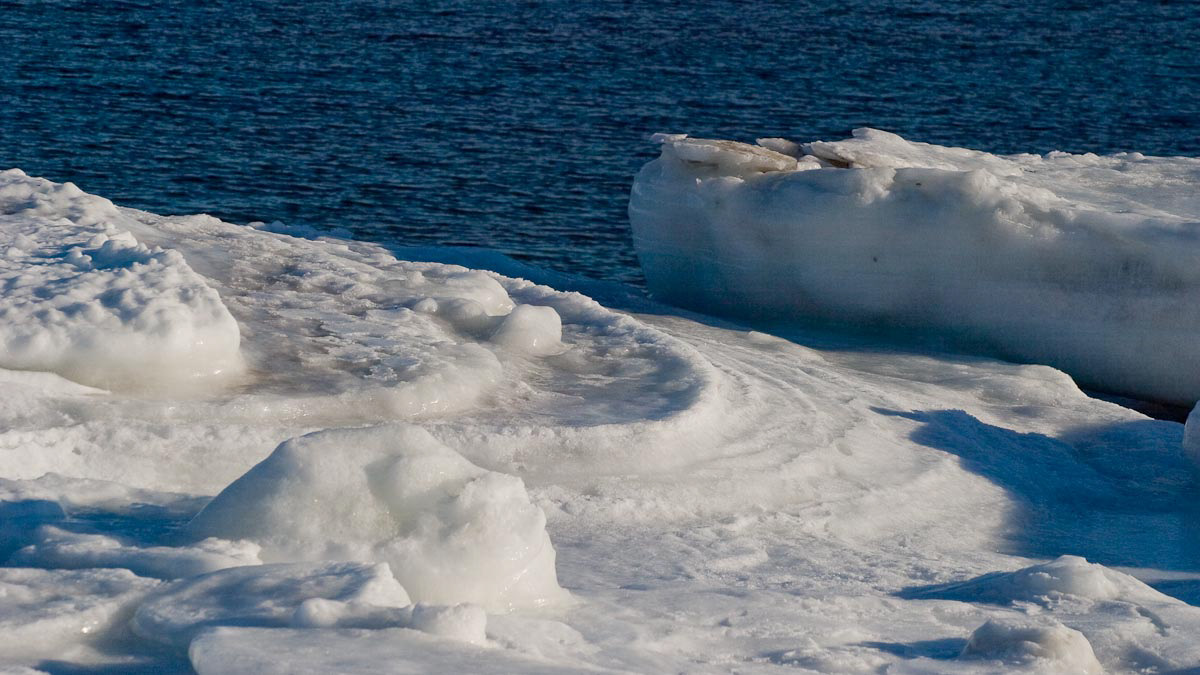
35 – Bergerone – Côte-Nord
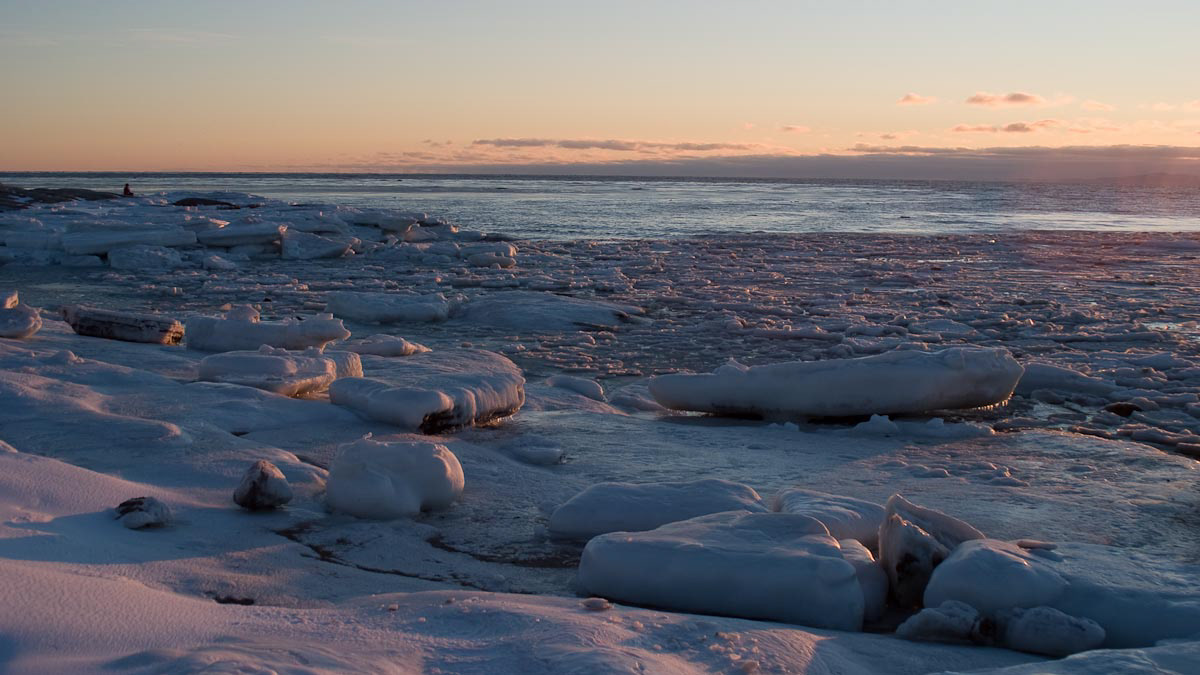
36 – Les Escoumins – Côte-Nord
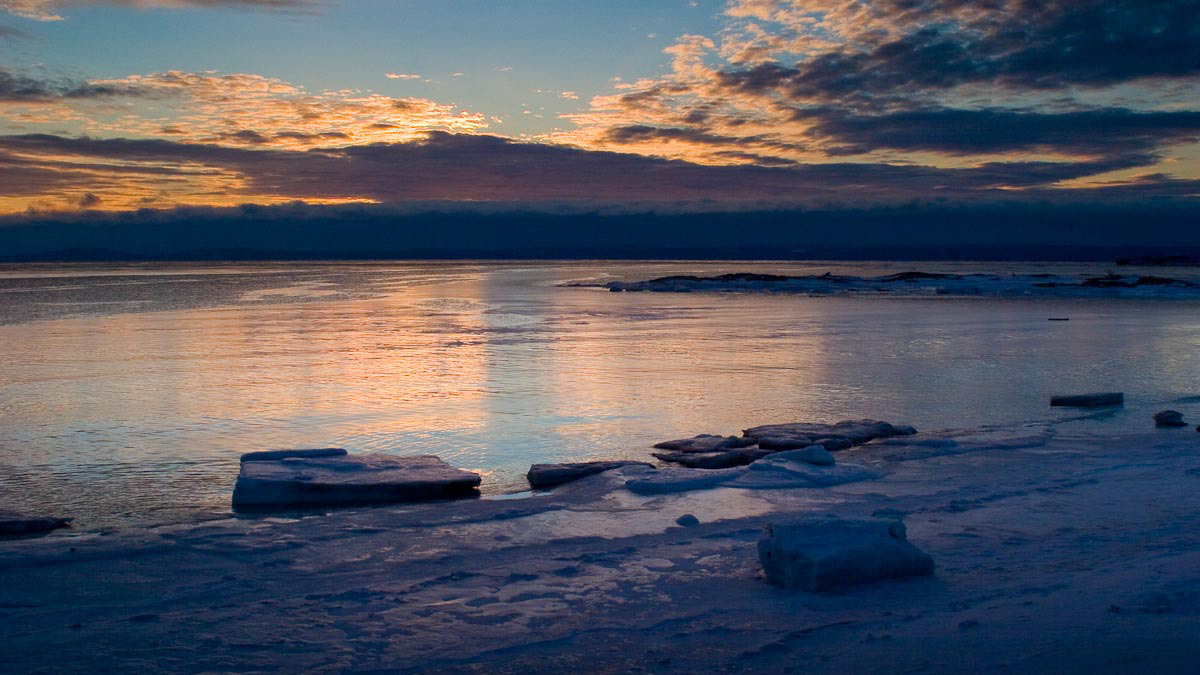
37 – Les Escoumins – Côte-Nord

38 – Les Escoumins – Côte-Nord
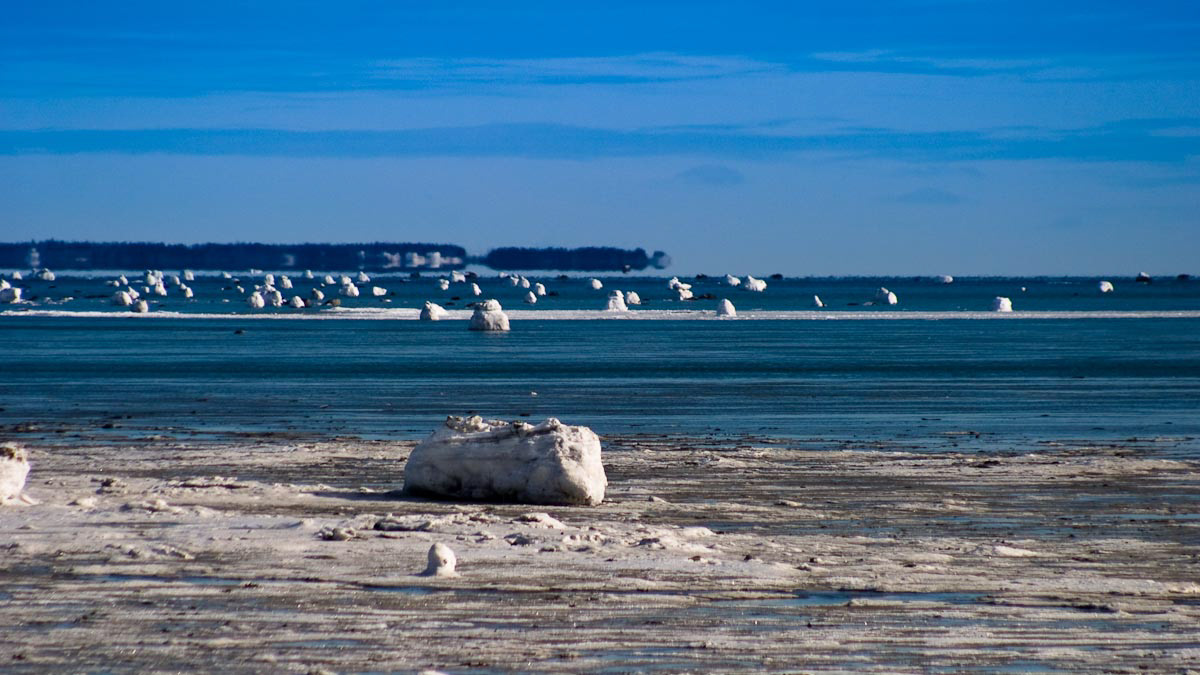
39 – Longue Rive – Côte-Nord
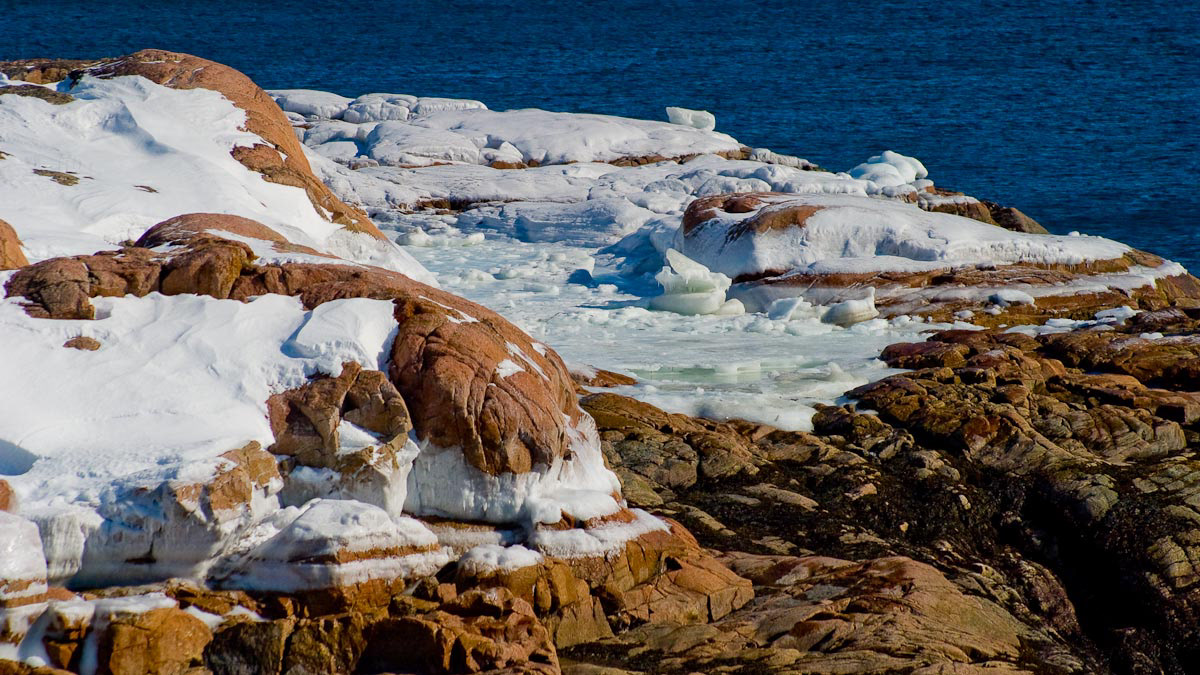
40 – Les Escoumins – Côte-Nord
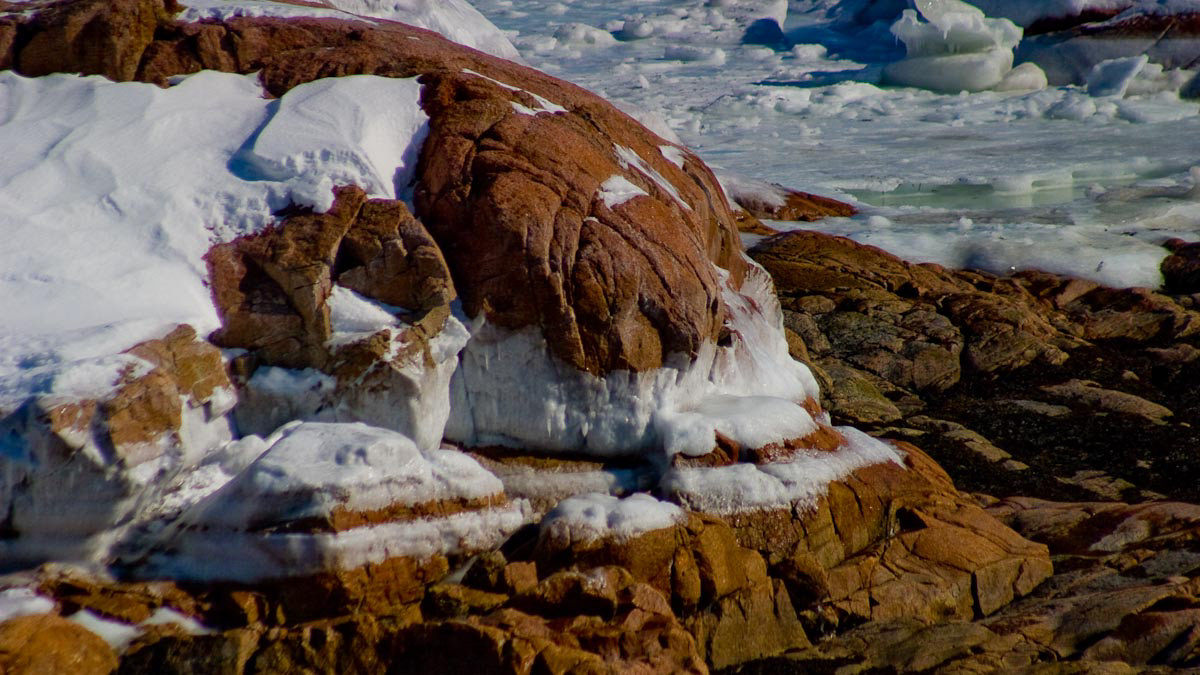
41 – Les Escoumins – Côte-Nord
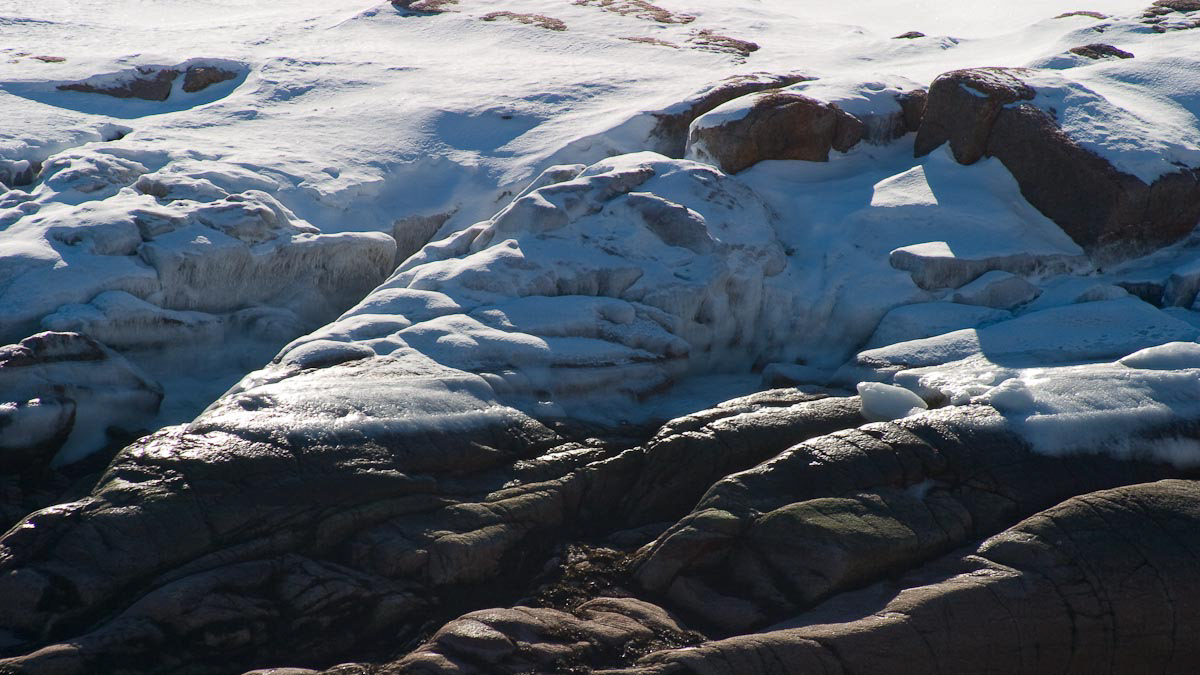
42 – Les Escoumins – Côte-Nord
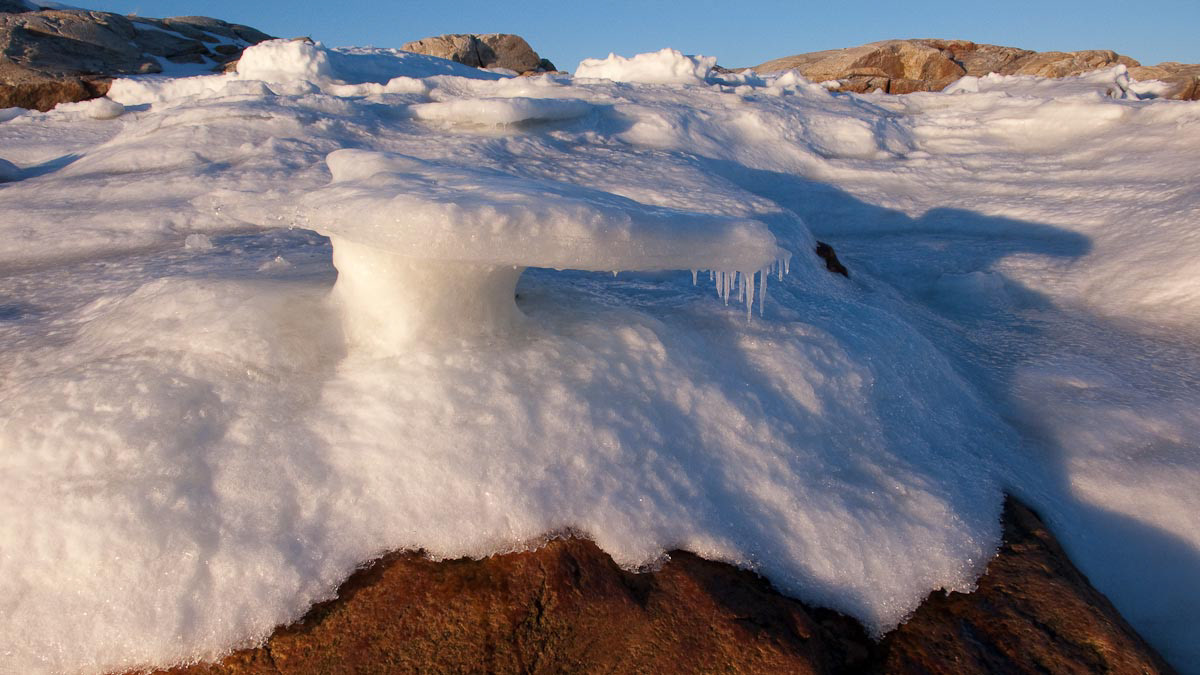
43 – Les Escoumins – Côte-Nord
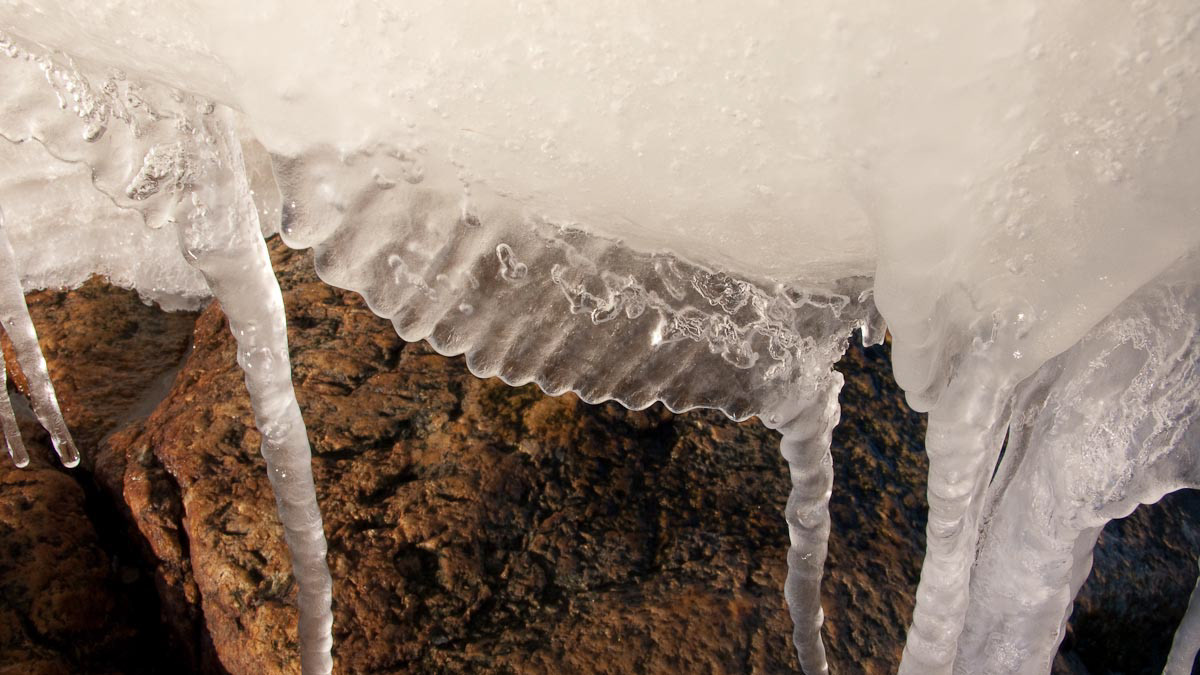
44 – Les Escoumins – Côte-Nord
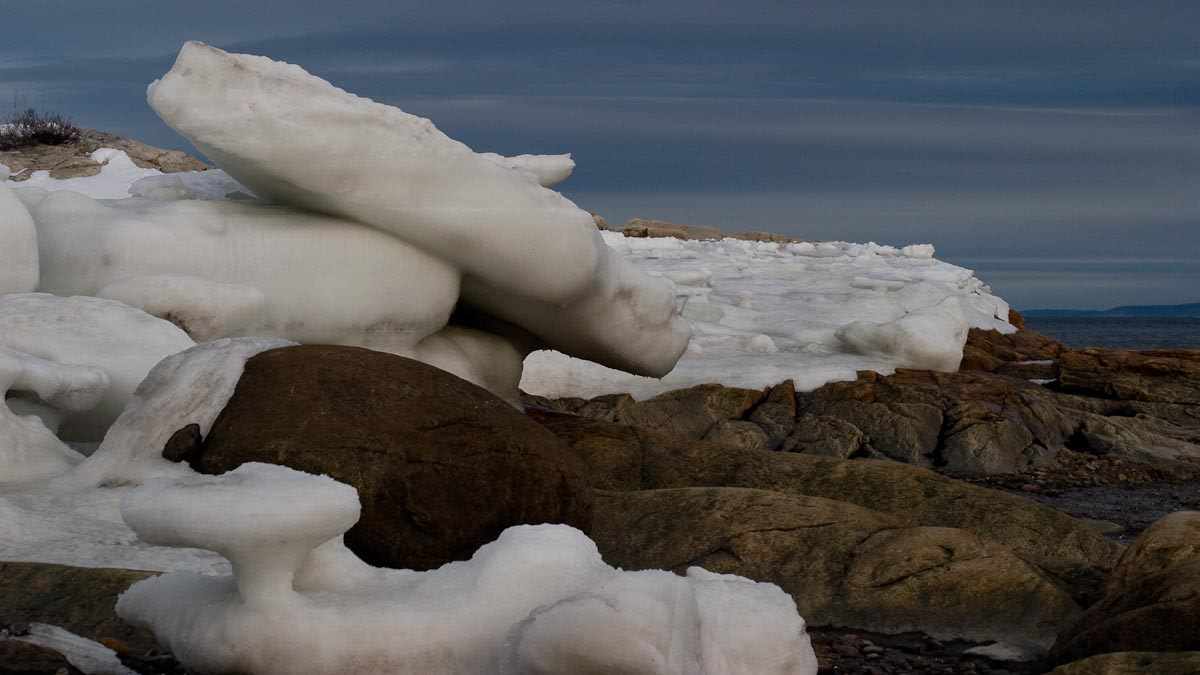
45 – Les Escoumins – Côte-Nord
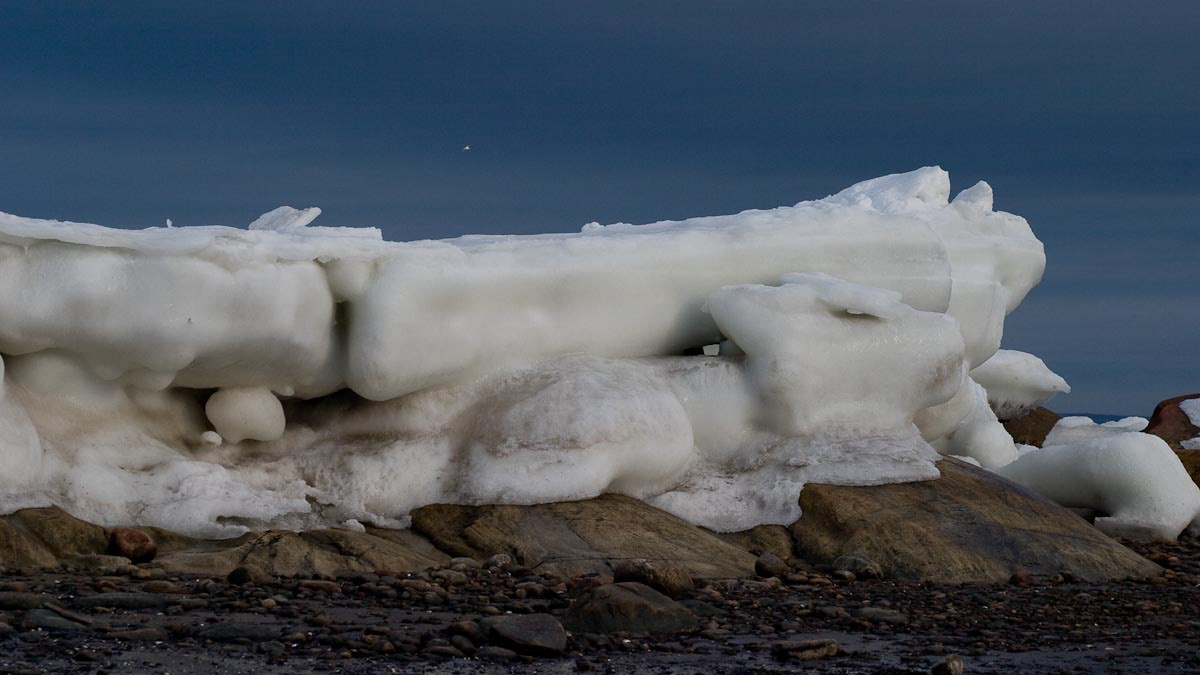
46 – Les Escoumins – Côte-Nord
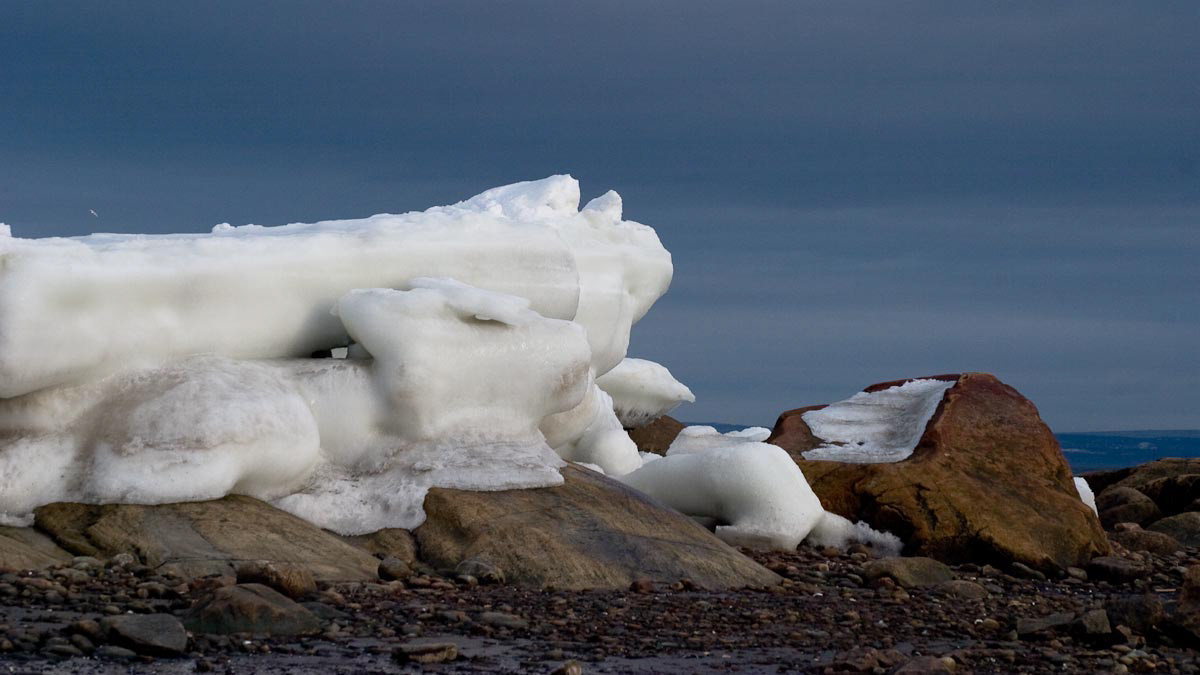
47 – Les Escoumins – Côte-Nord
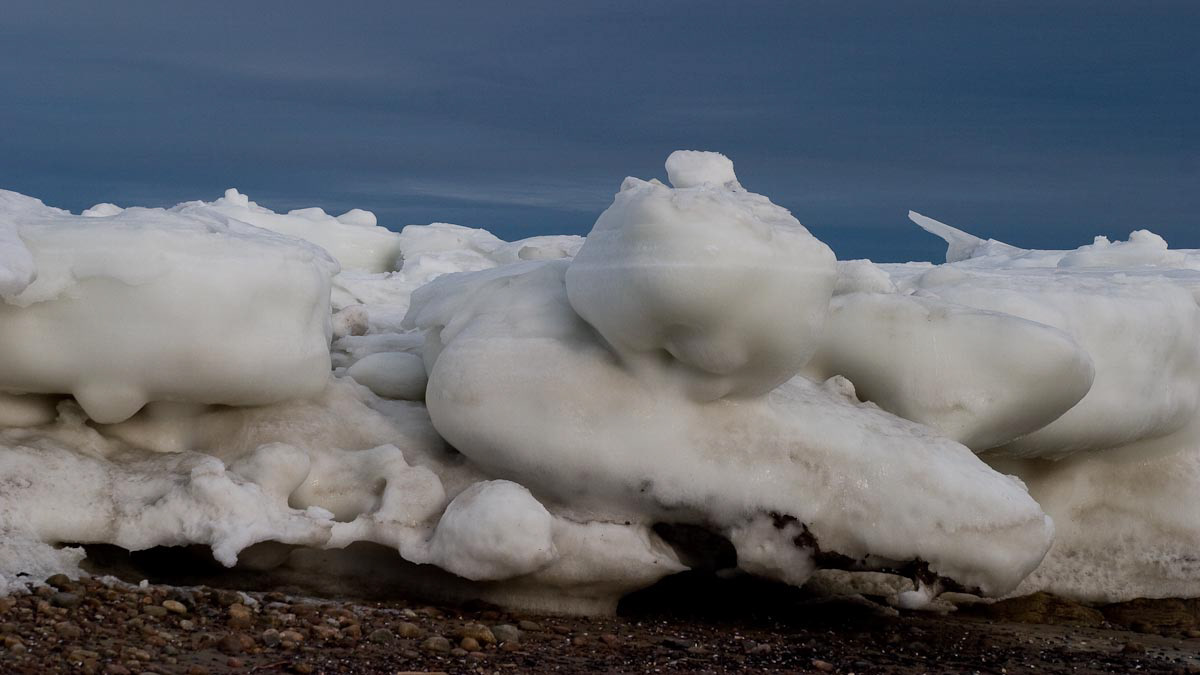
48 – Les Escoumins – Côte-Nord
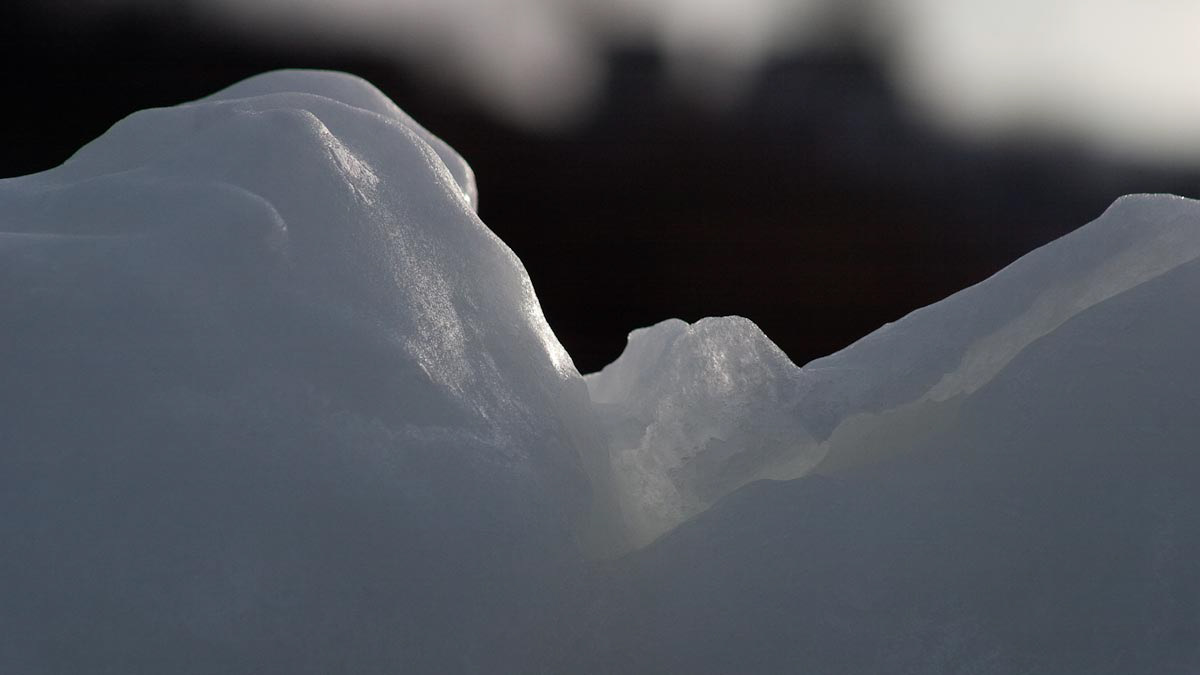
49 – Les Escoumins – Côte-Nord
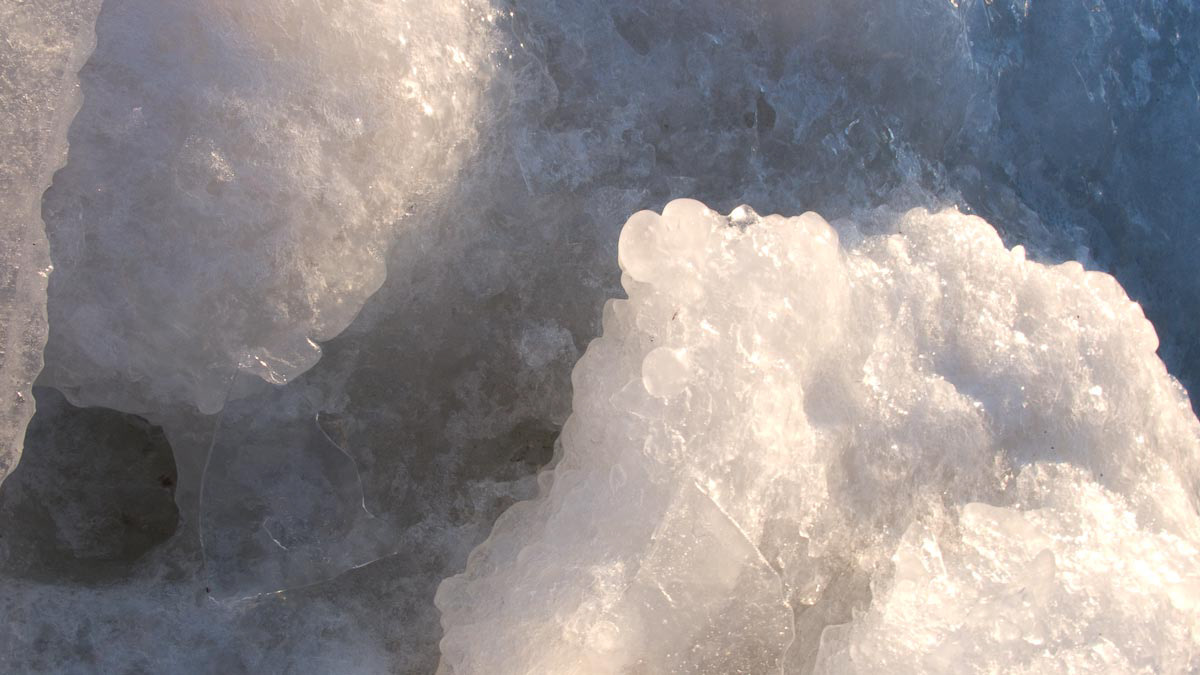
50 – Les Escoumins – Côte-Nord
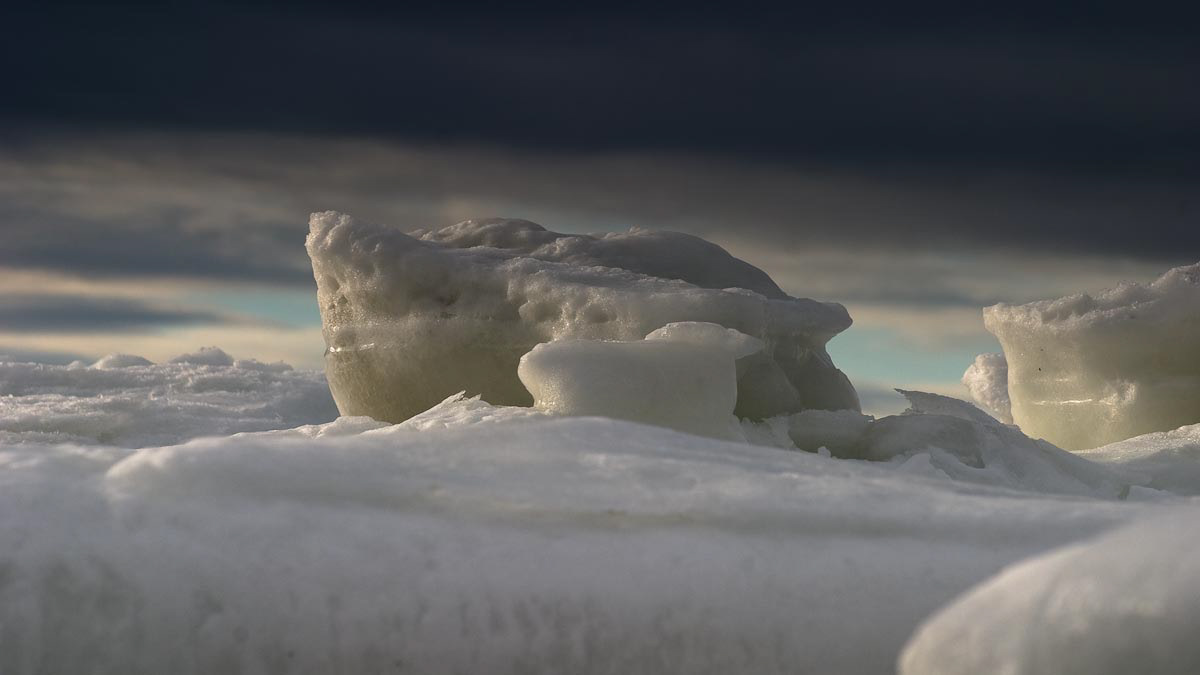
51 – Les Escoumins – Côte-Nord
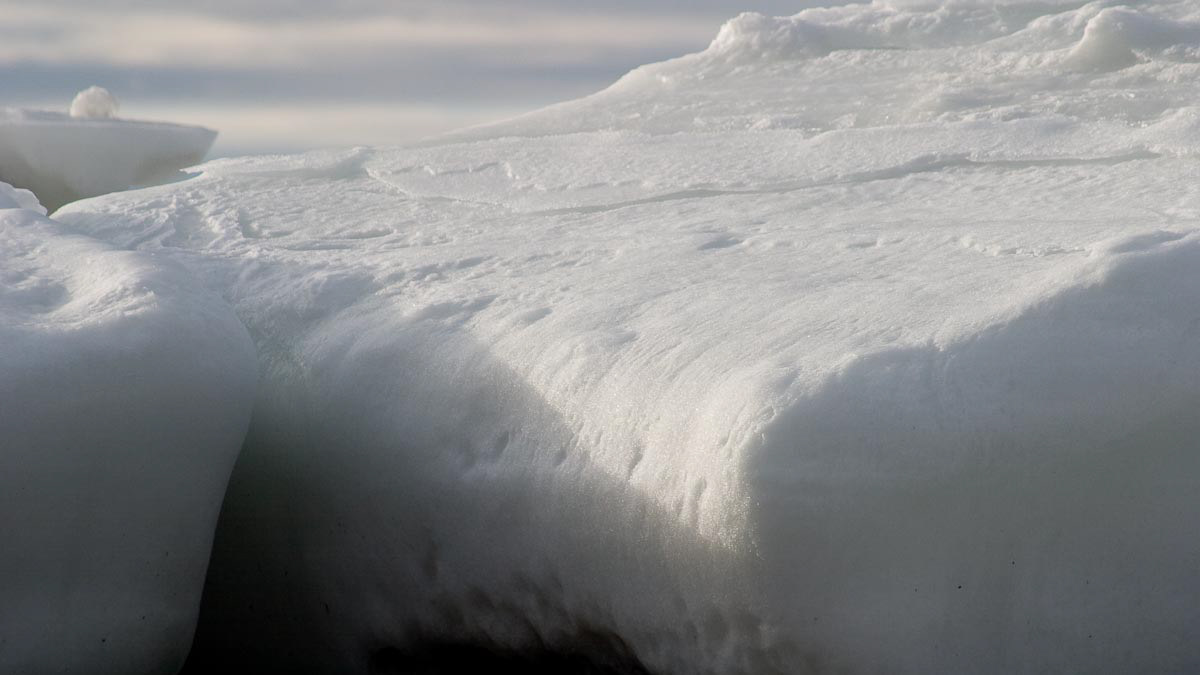
52 – Les Escoumins – Côte-Nord
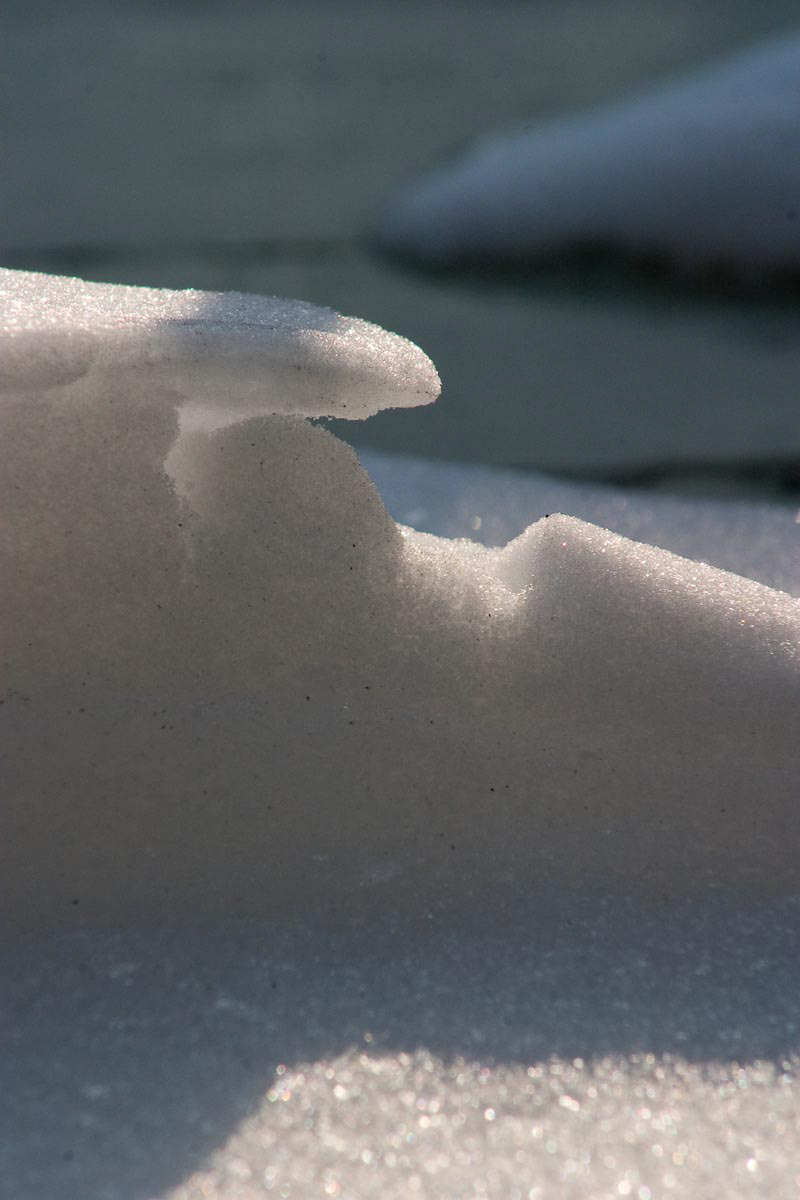
53 – Montréal
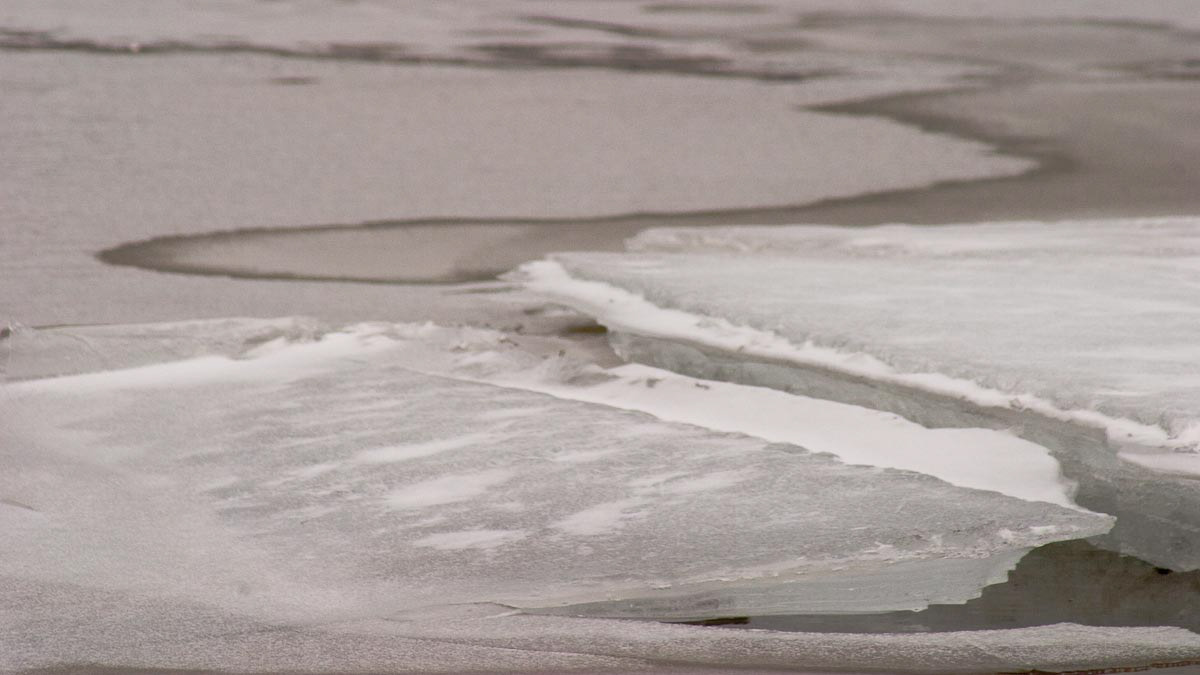
54 – Lac des Deux-Montagnes – Laurentides
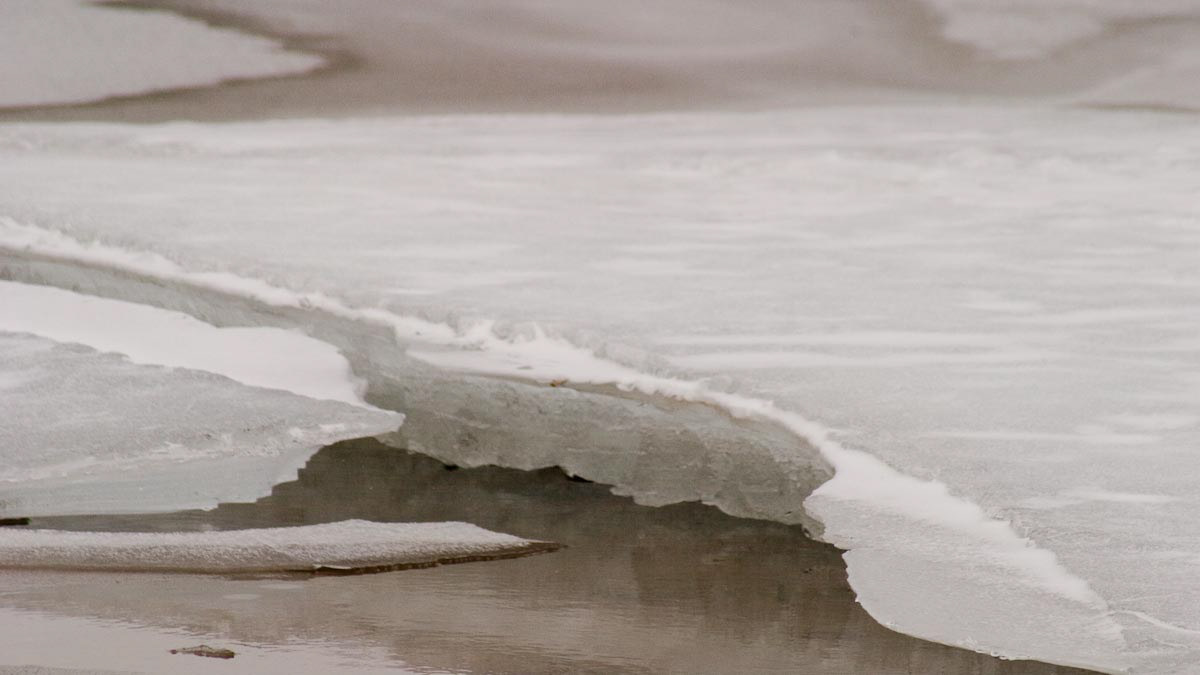
55 – Lac des Deux-Montagnes – Laurentides
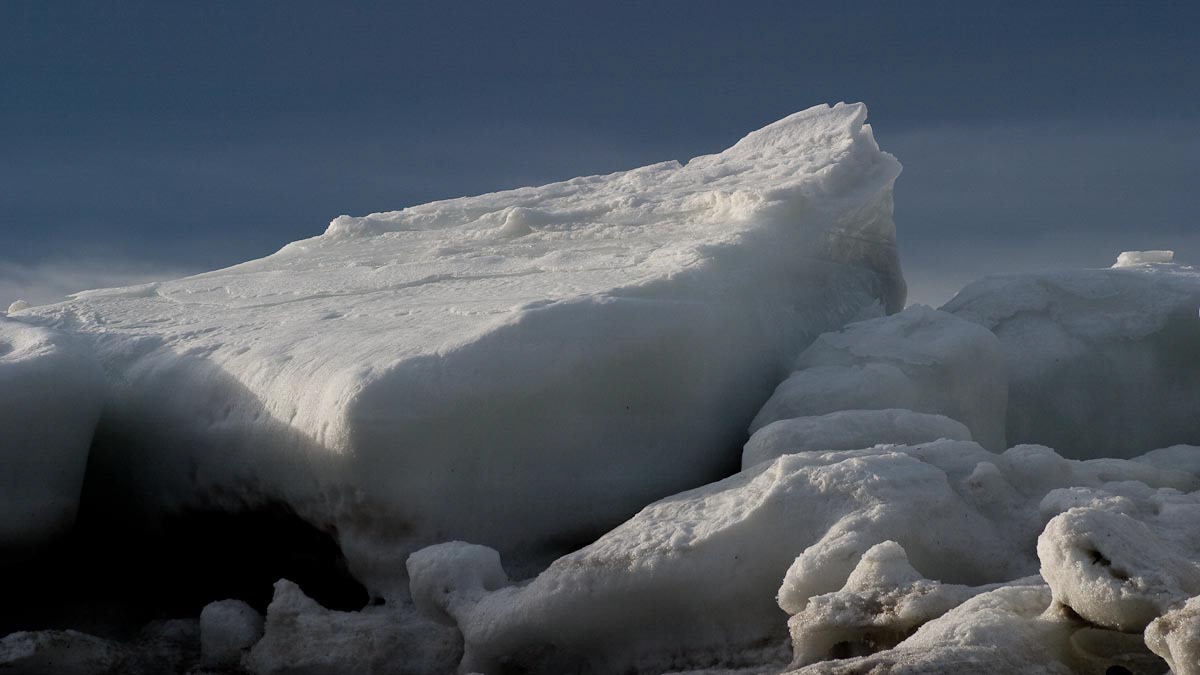
56 – Les Escoumins – Côte-Nord
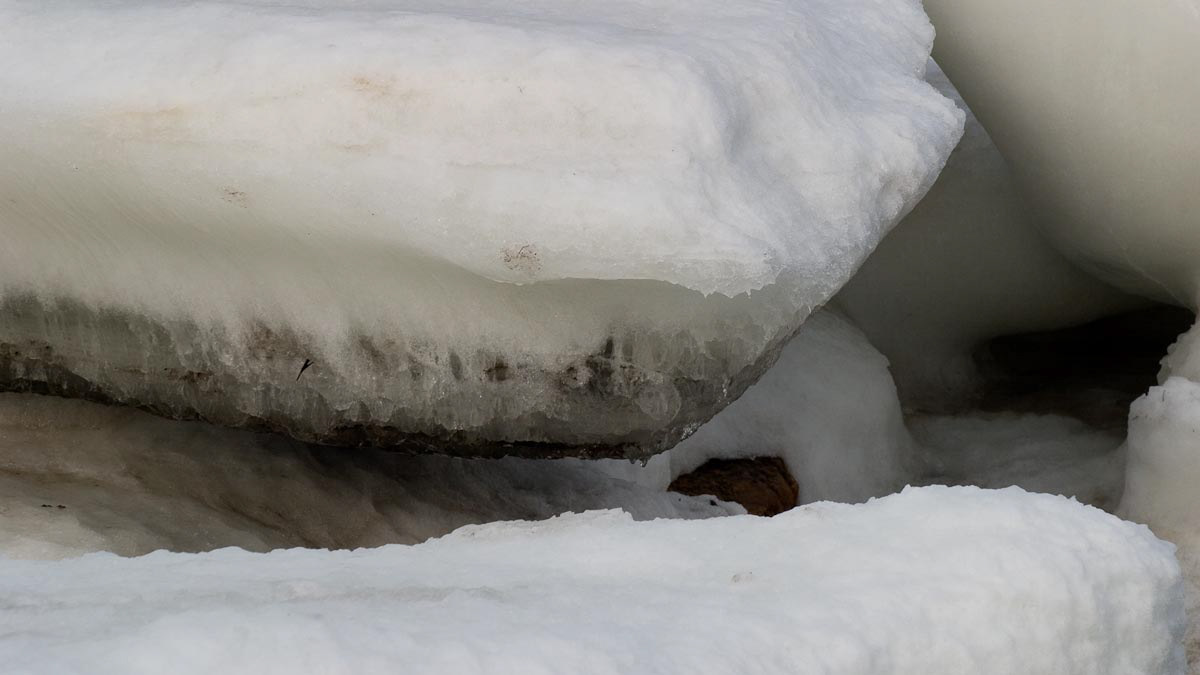
57 – Les Escoumins – Côte-Nord
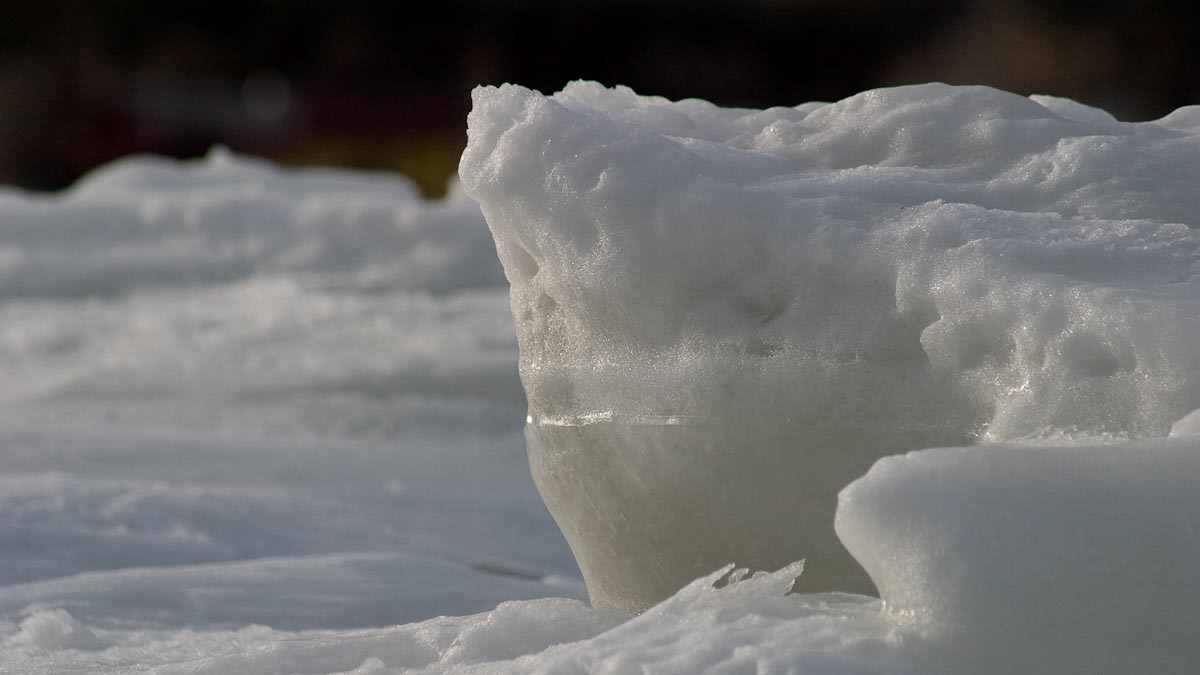
58 – Les Escoumins – Côte-Nord
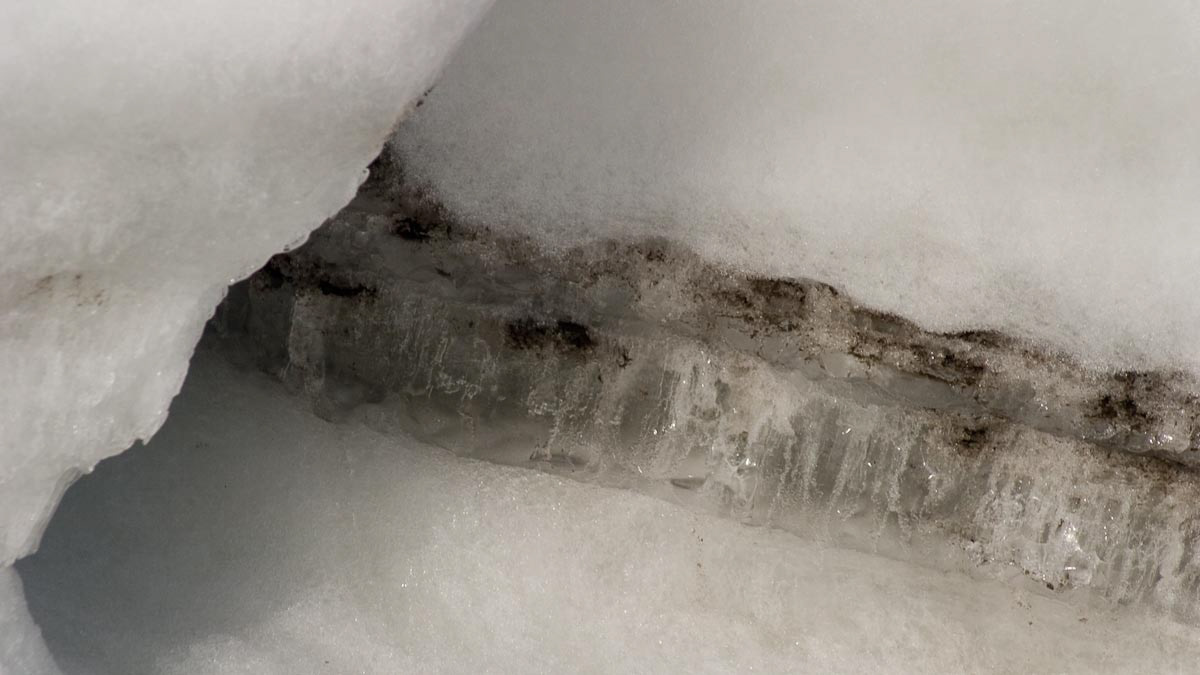
59 – Les Escoumins – Côte-Nord
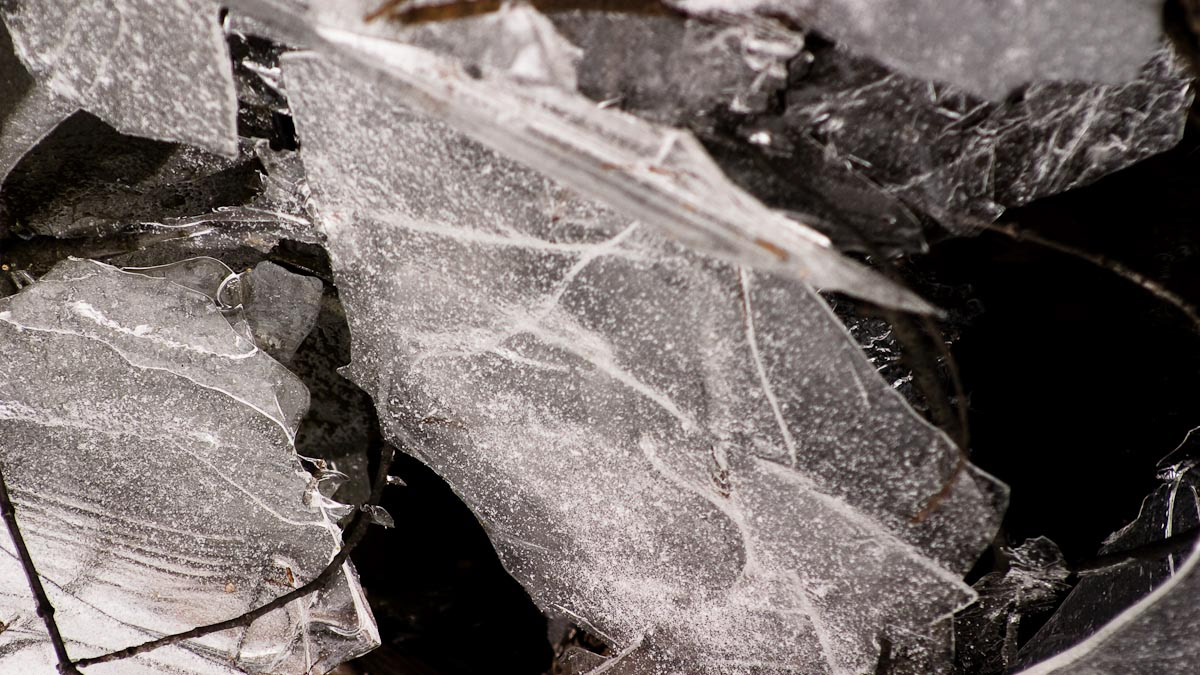
60 – Lac des Deux-Montagnes – Laurentides
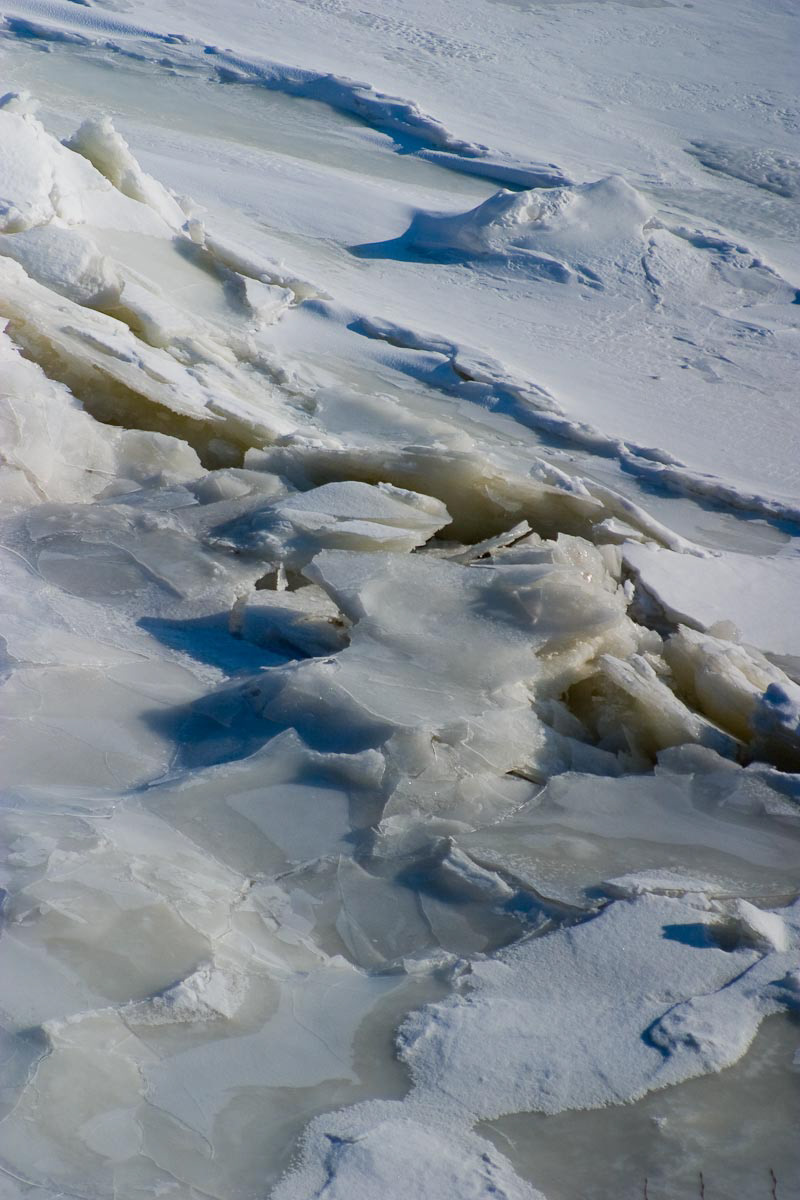
61 – La Malbaie – Québec

62 – Rivière Mastigouche – Lanaudière
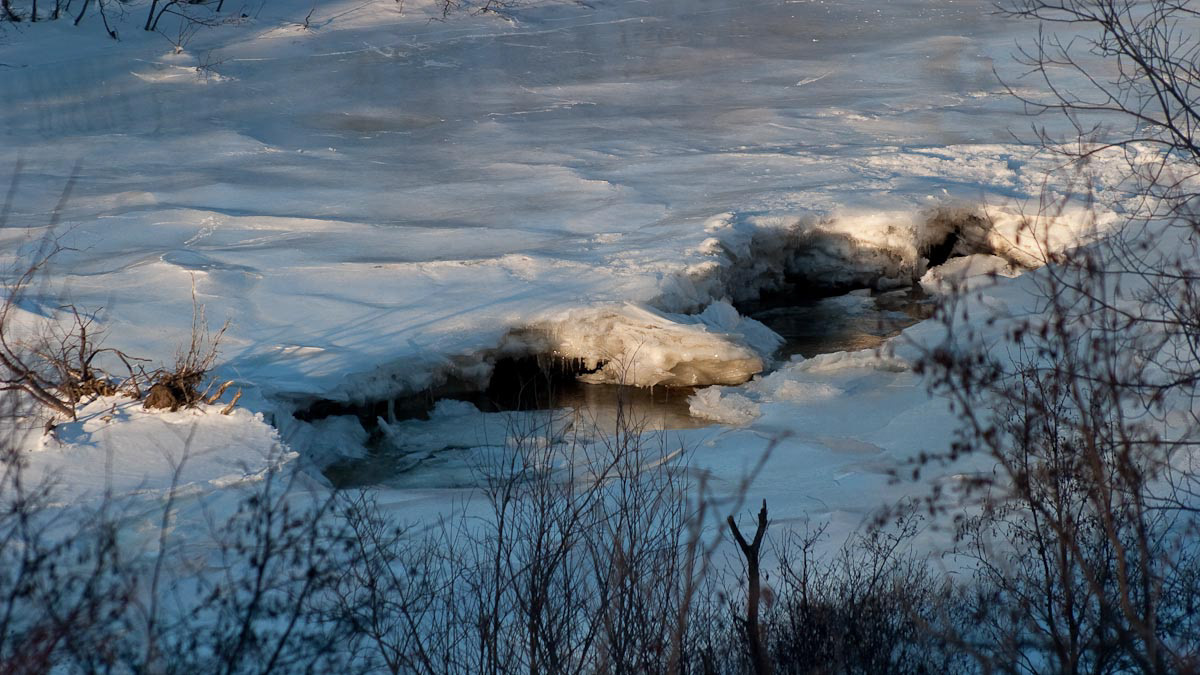
63 – Les Escoumins – Côte-Nord
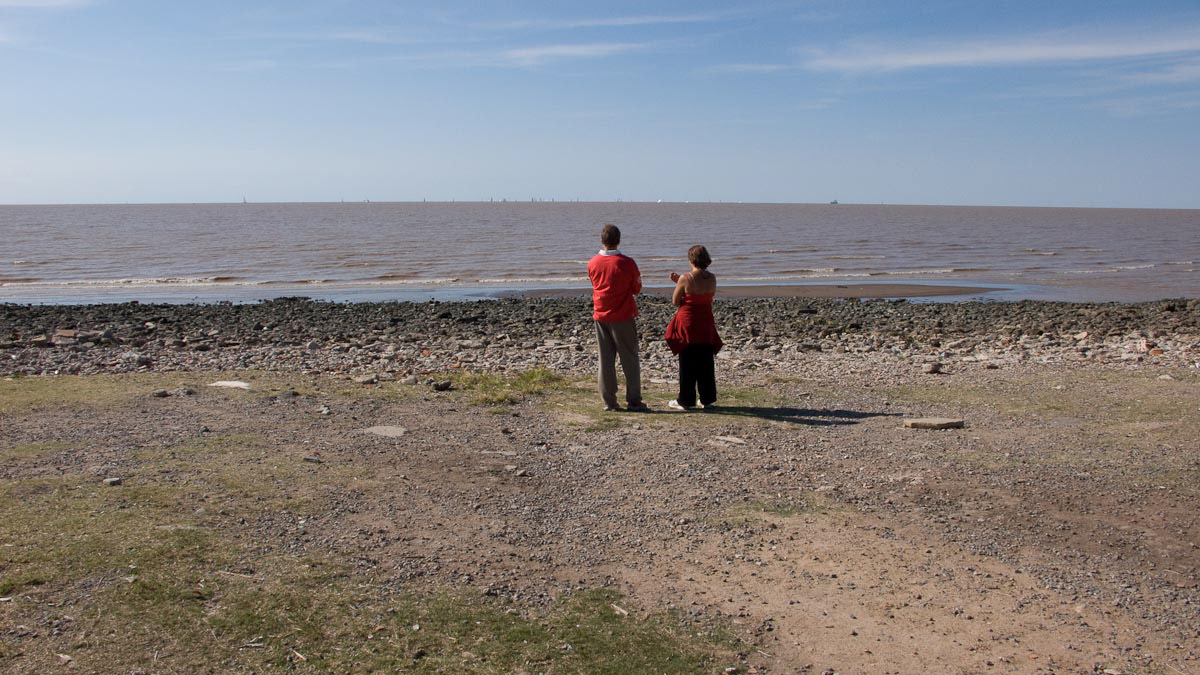
64 – Buenos Aires – Argentine
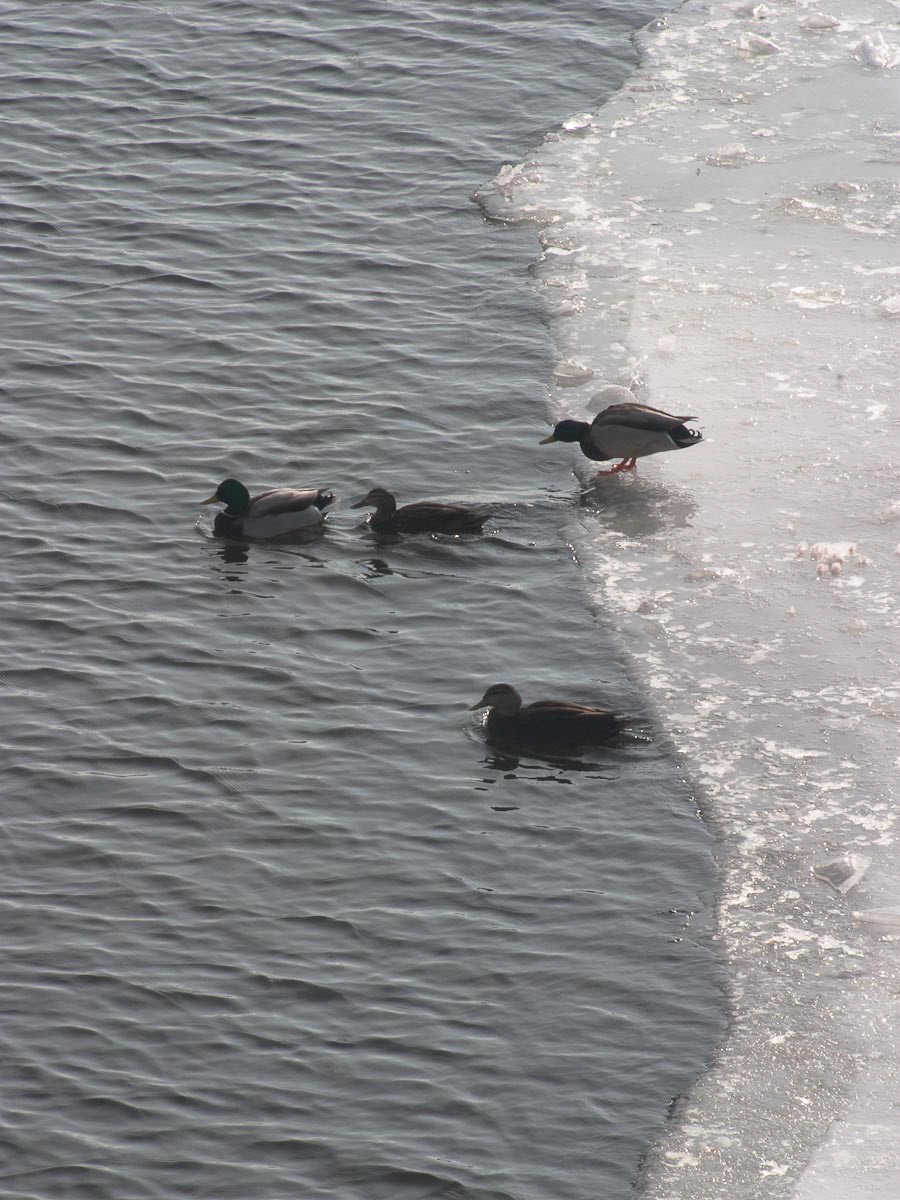
65 – Port – Montréal
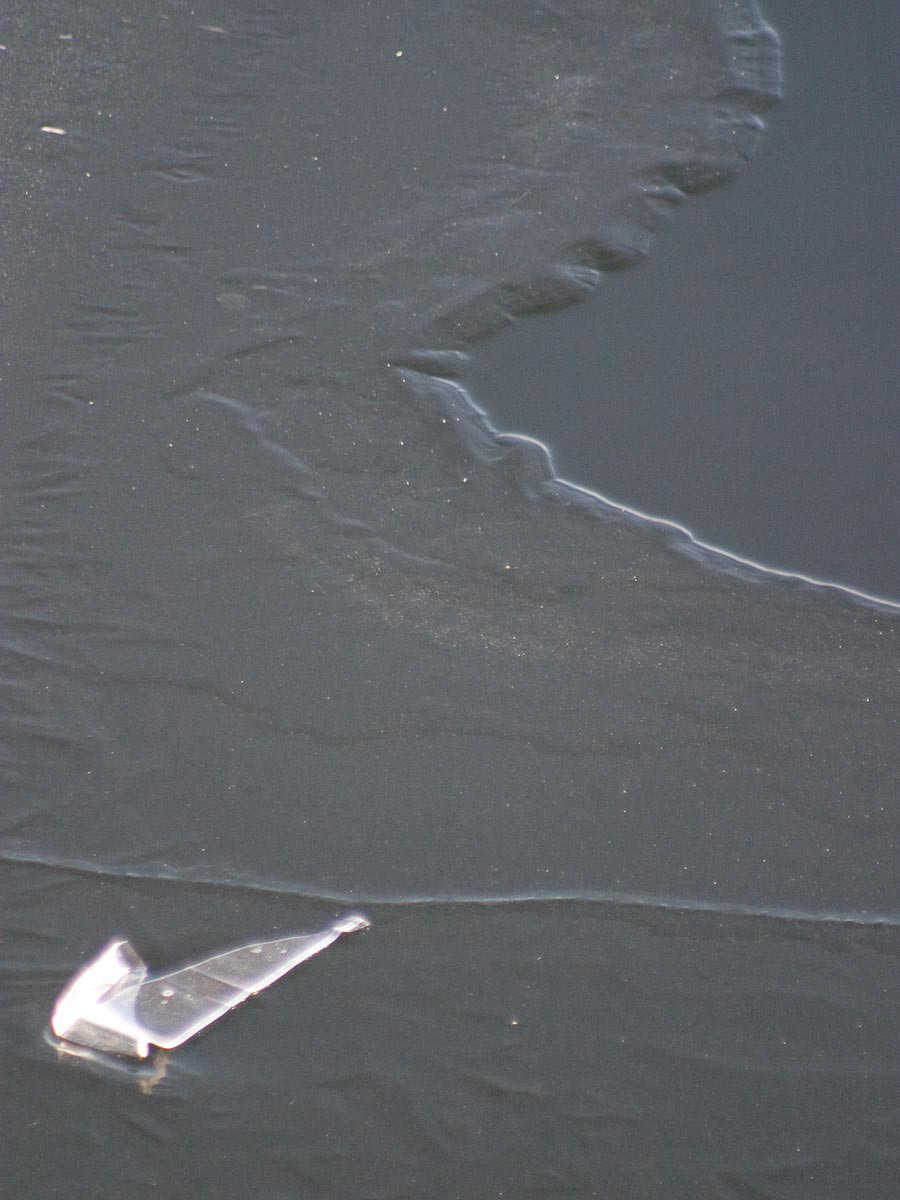
66 – Rivière Magog – Estrie
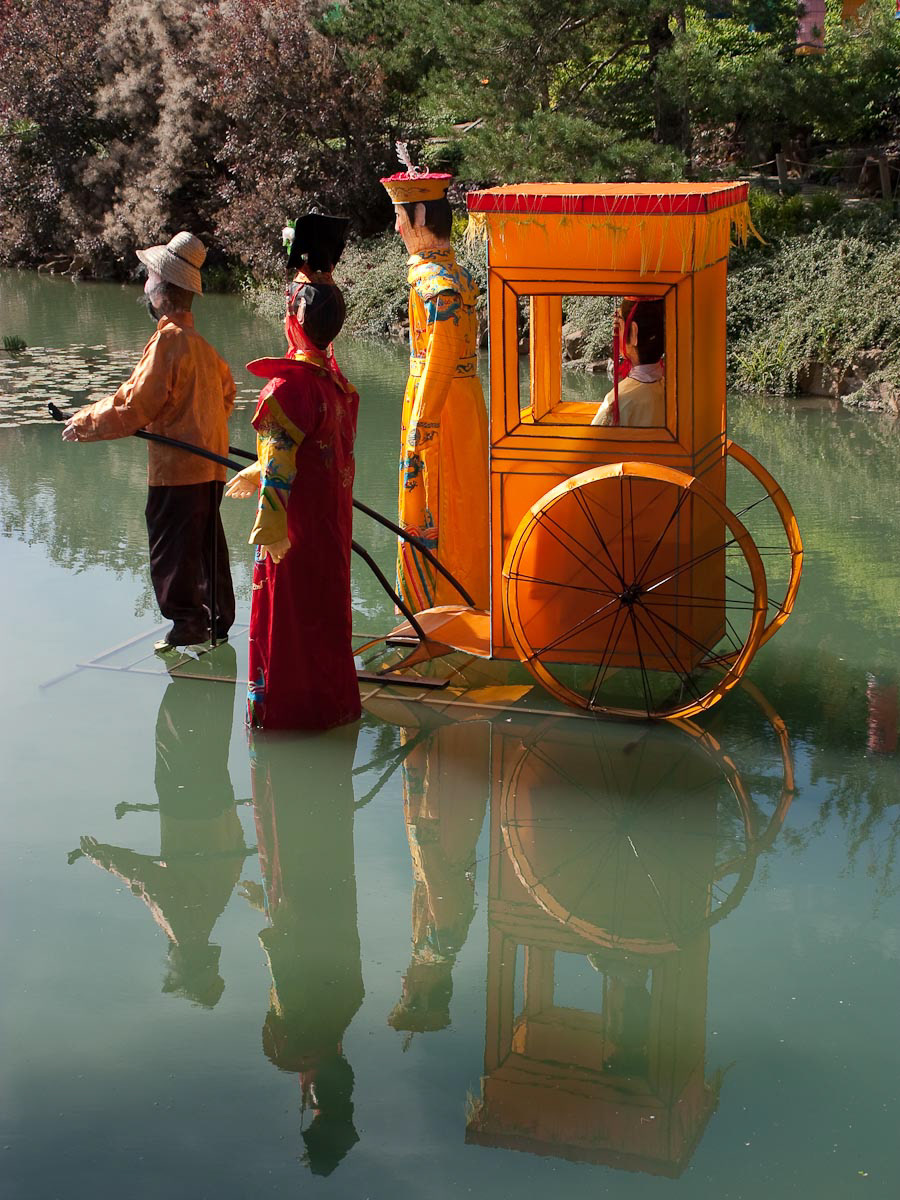
67 – Jardin botanique – Montréal
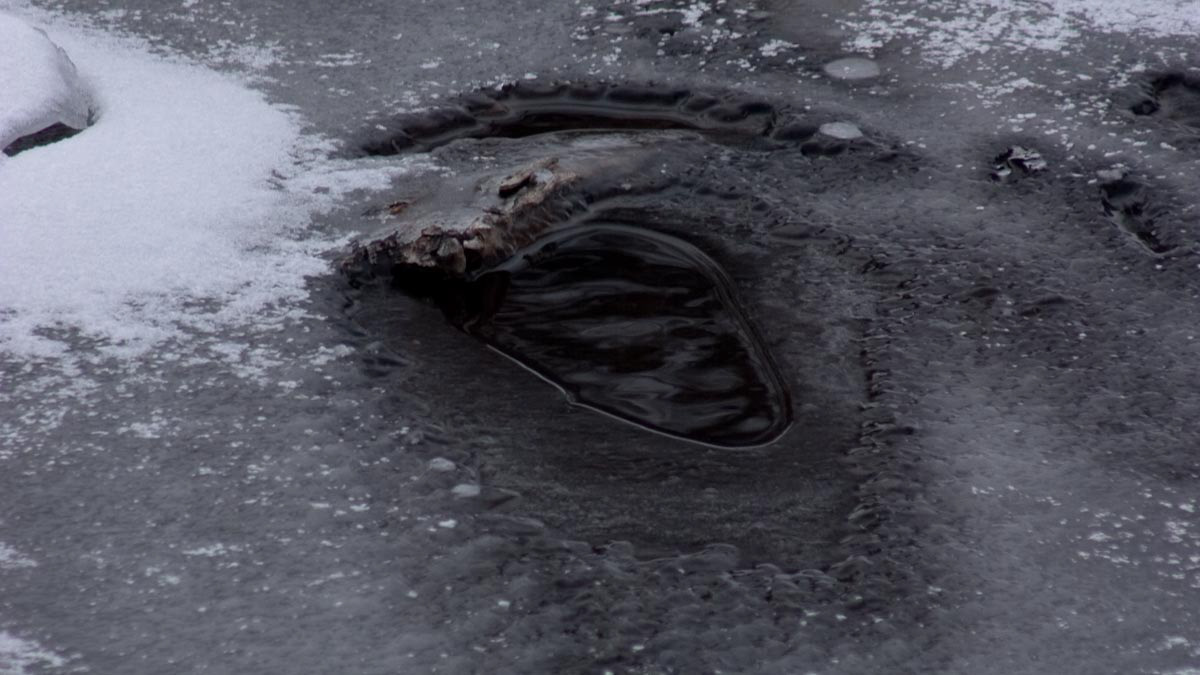
68 – Paspépiac – Gaspésie-Îles-de-la-Madeleine
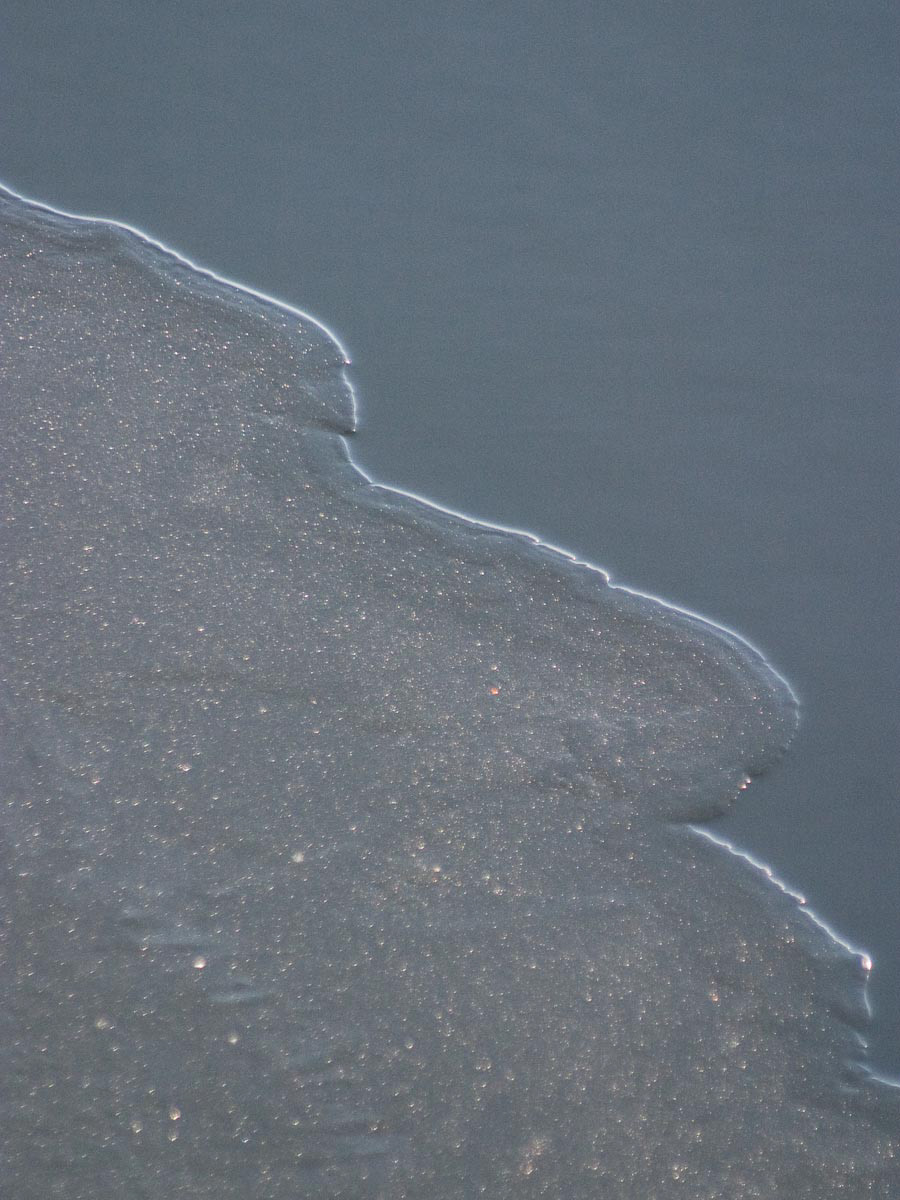
69 – Rivière Magog – Estrie

70 – Port-Daniel – Gaspésie-Îles-de-la-Madeleine
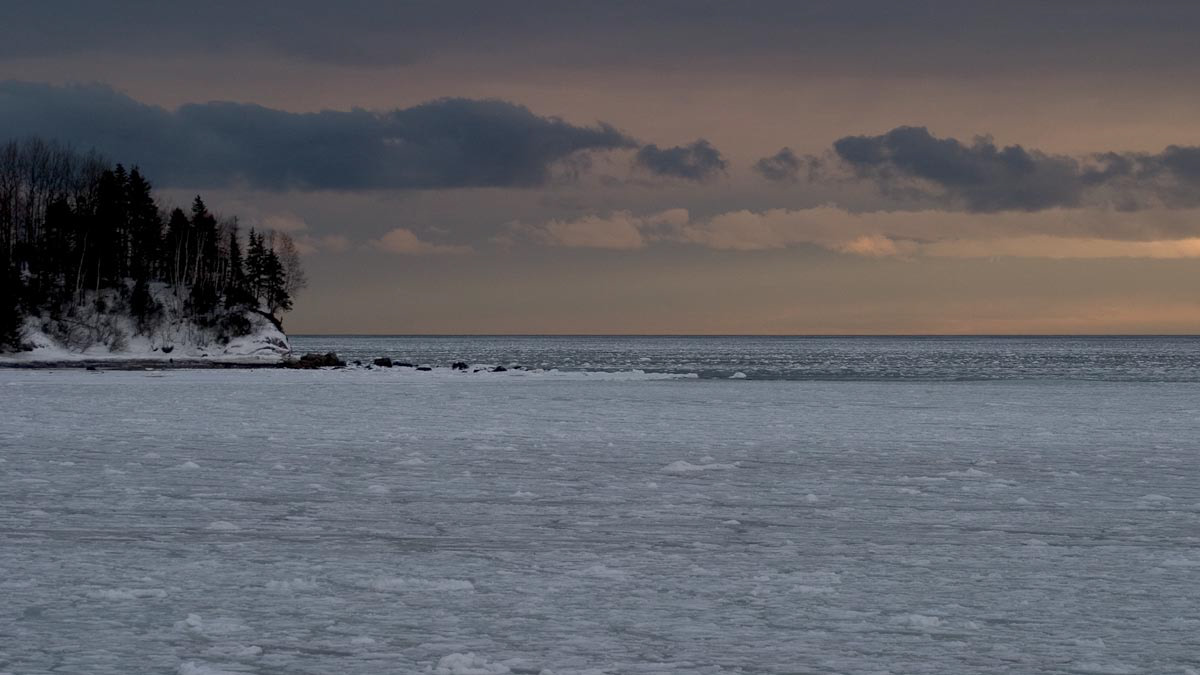
71 – Port-Daniel – Gaspésie-Îles-de-la-Madeleine
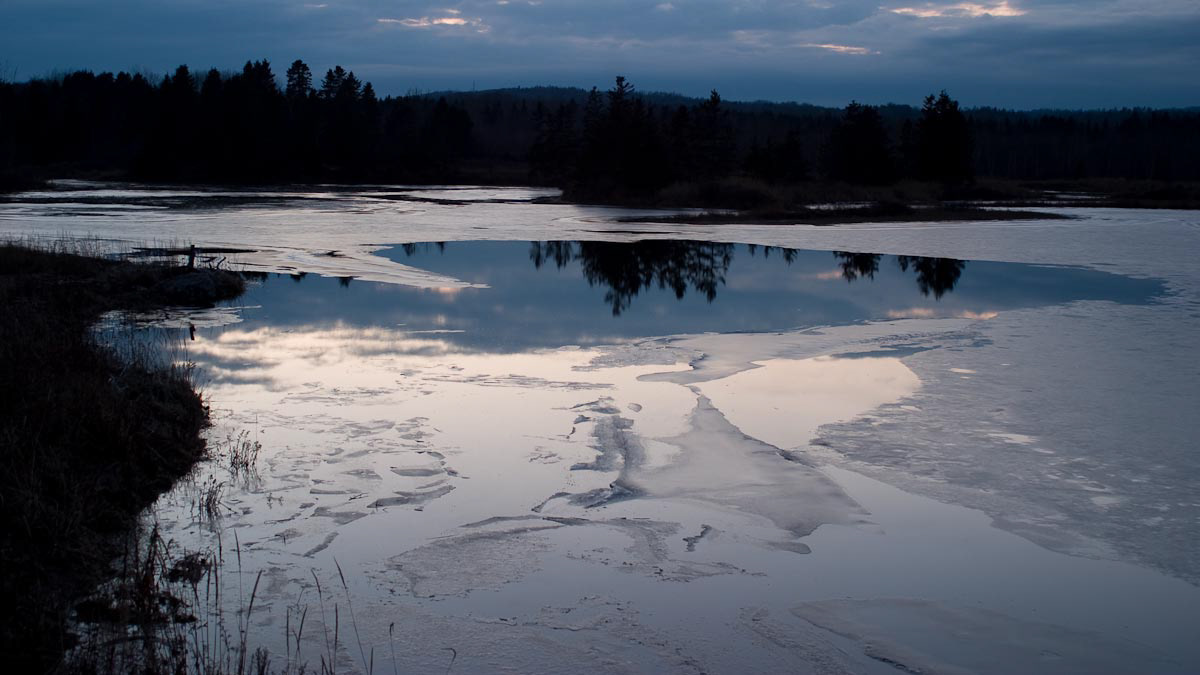
72 – Port-Daniel – Gaspésie-Îles-de-la-Madeleine
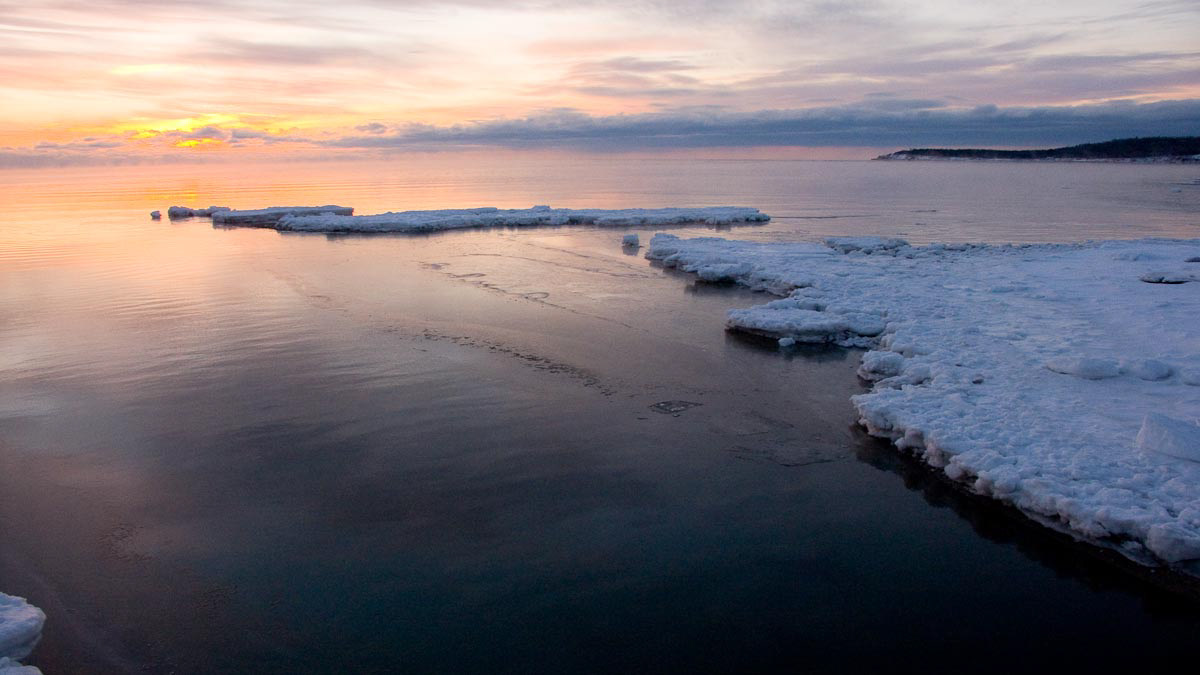
73 – Port-Daniel – Gaspésie-Îles-de-la-Madeleine
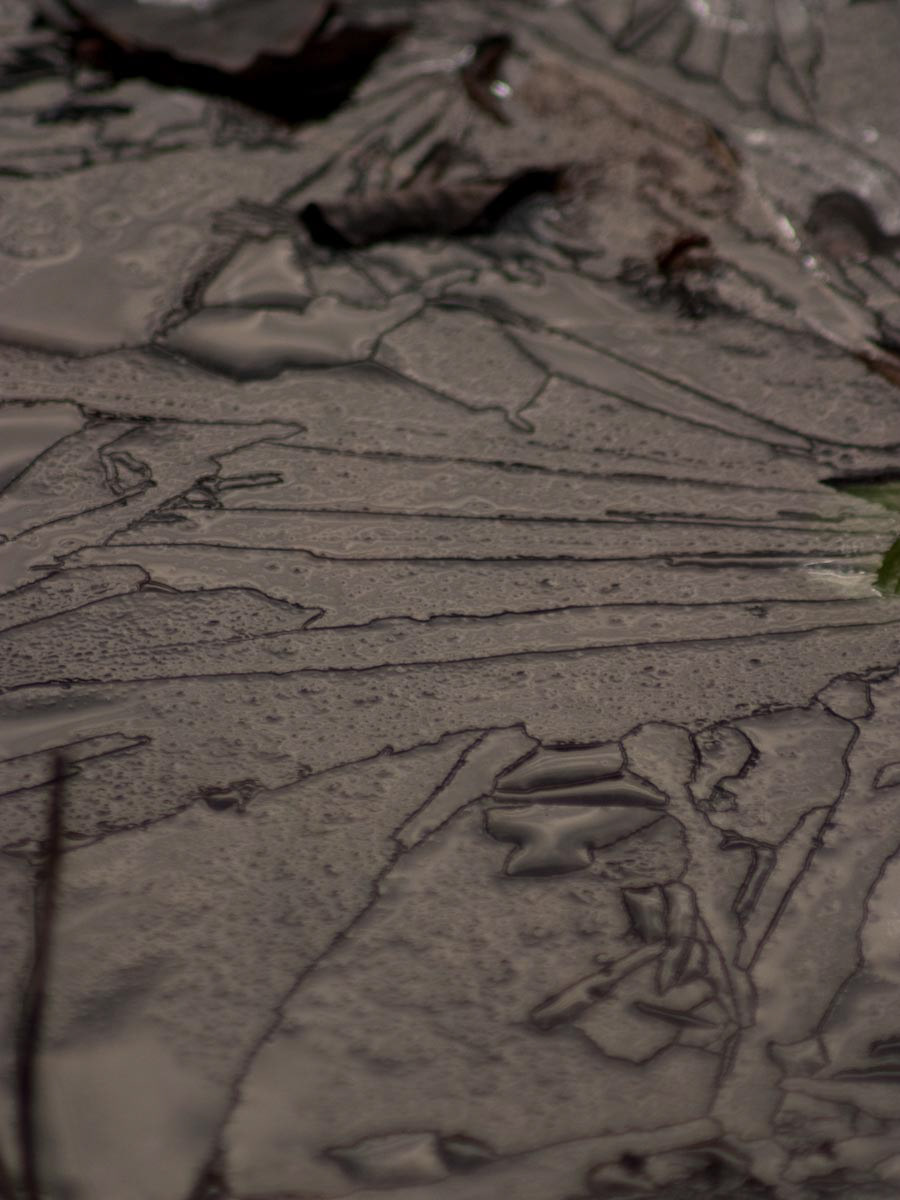
74 – Port-Daniel – Gaspésie-Îles-de-la-Madeleine
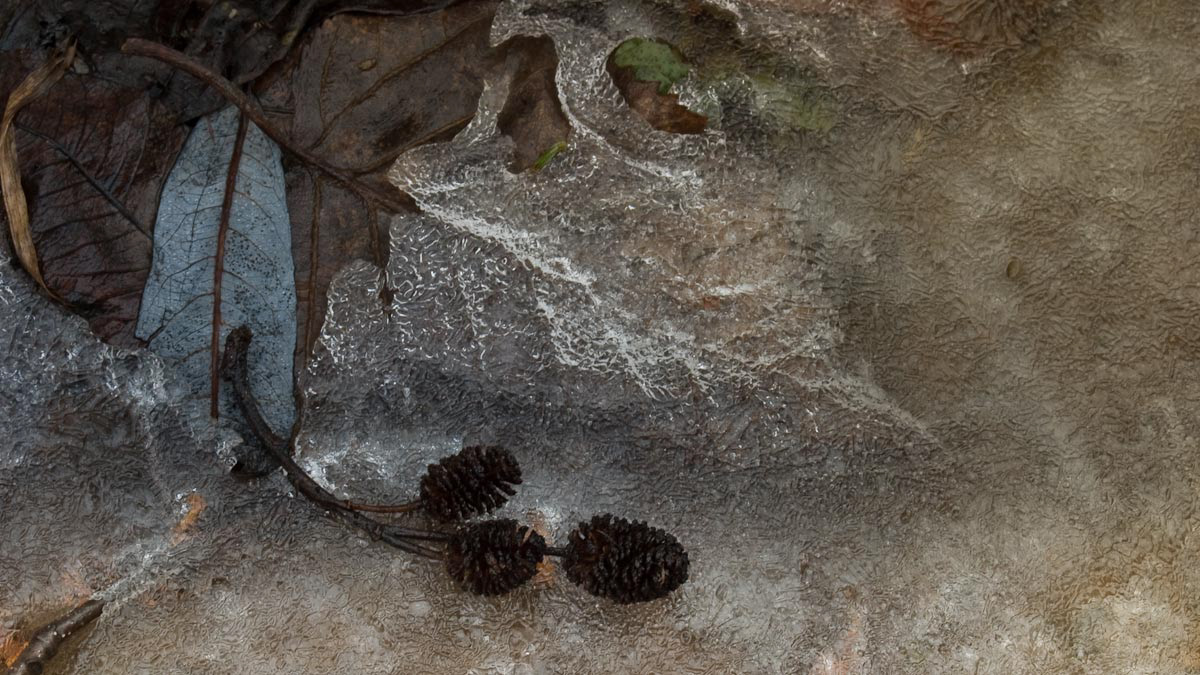
75 – Port-Daniel – Gaspésie-Îles-de-la-Madeleine
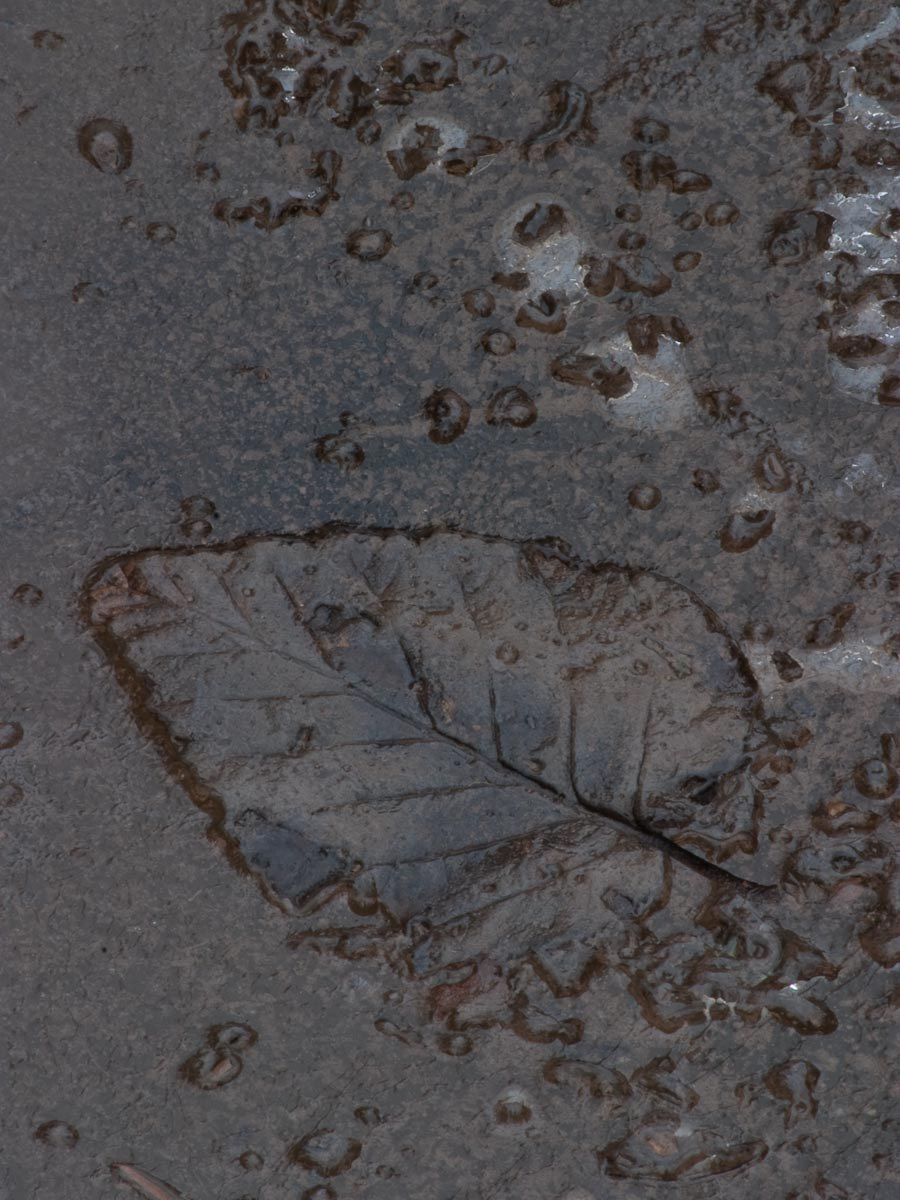
76 – Port-Daniel – Gaspésie-Îles-de-la-Madeleine
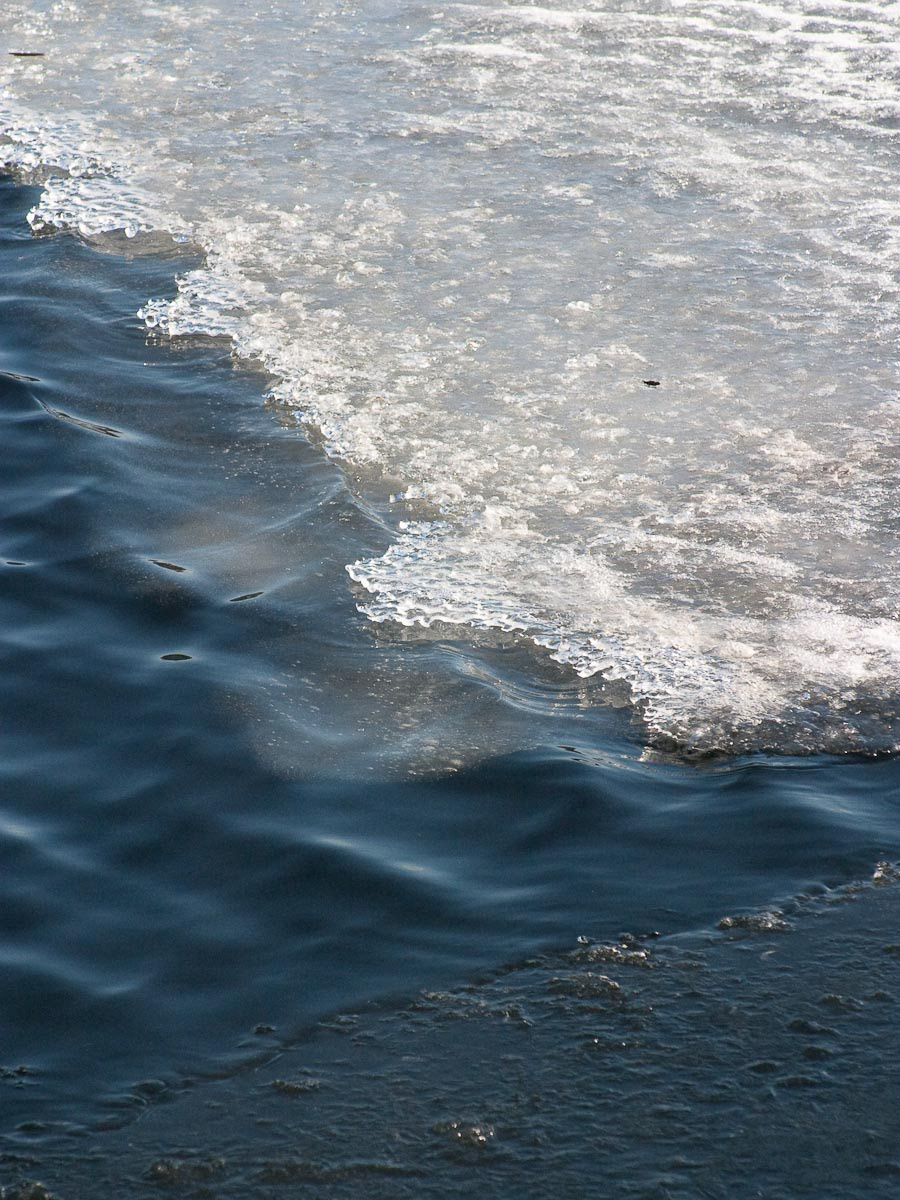
77 – Rivière Magog – Estrie
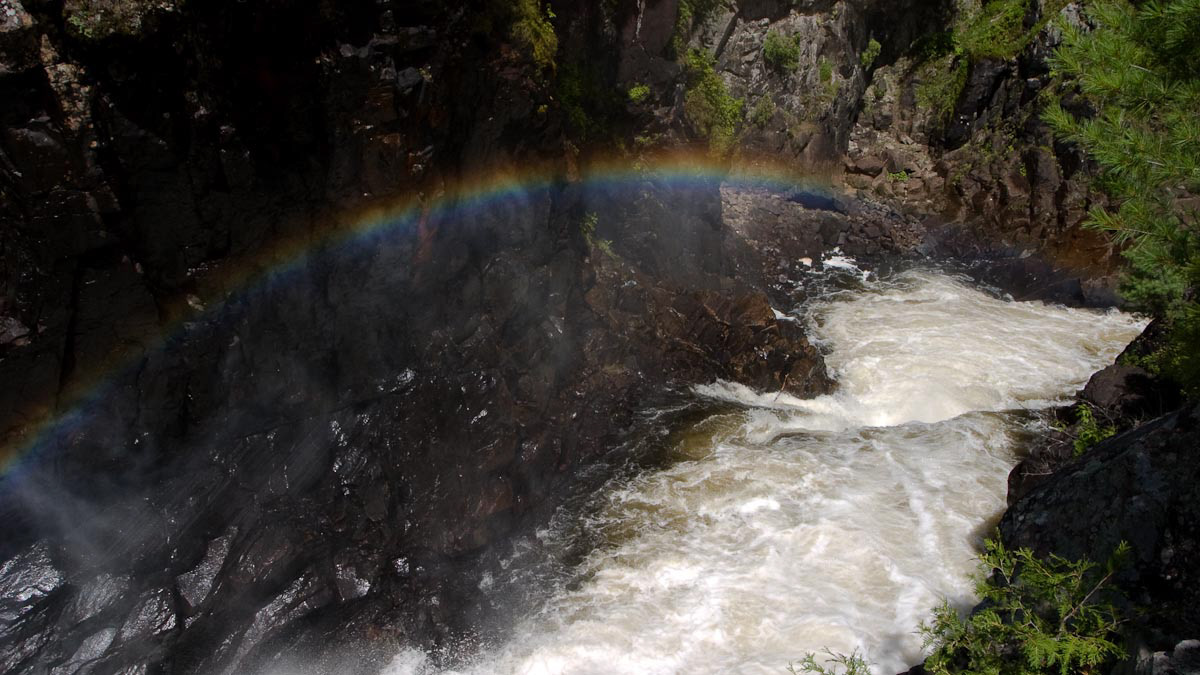
78 – Rivière Ouareau – Lanaudière
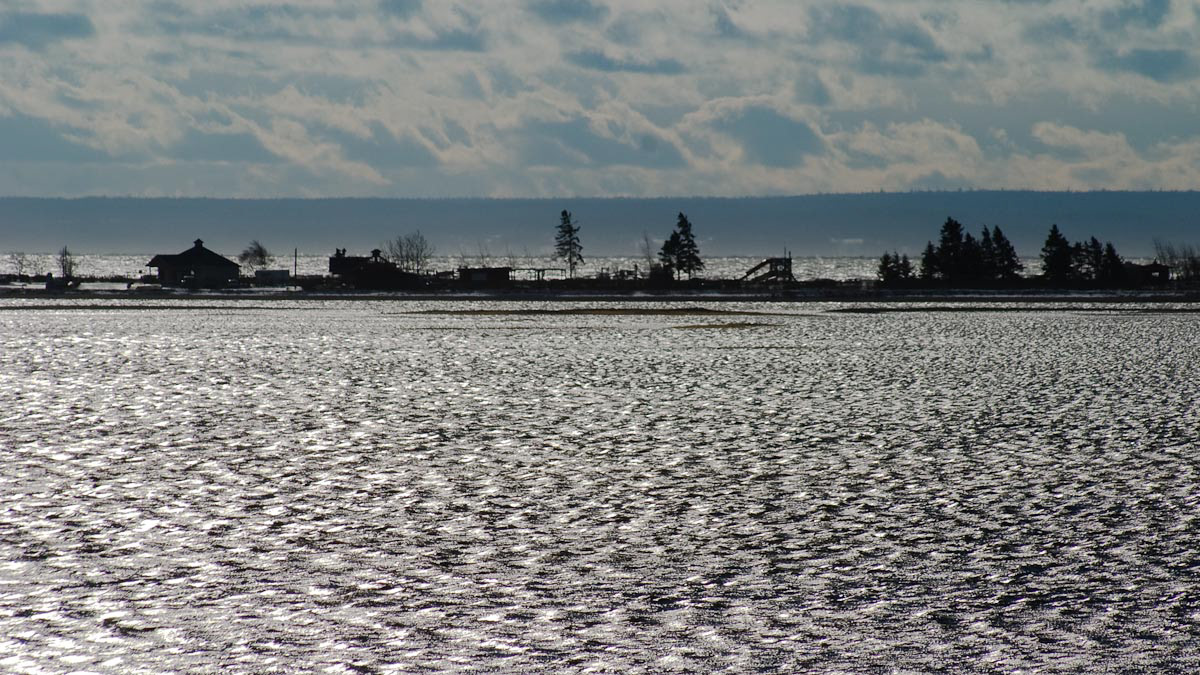
79 – Carleton – Gaspésie-Îles-de-la-Madeleine
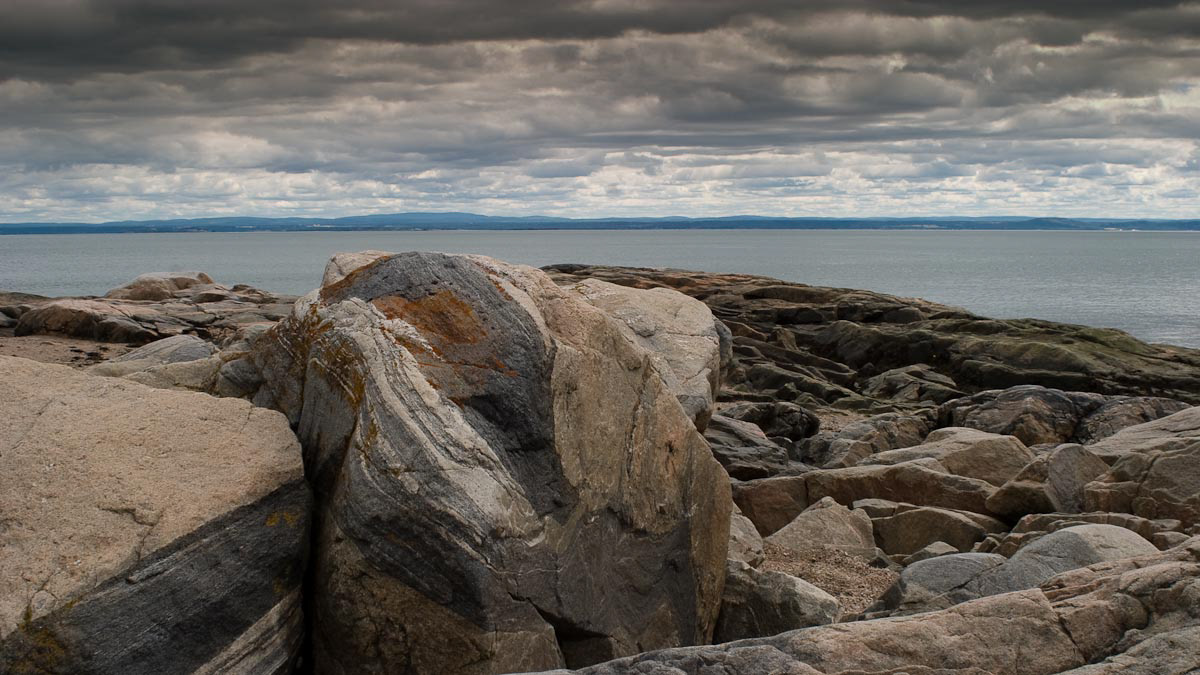
80 – Port-au-Persil – Québec
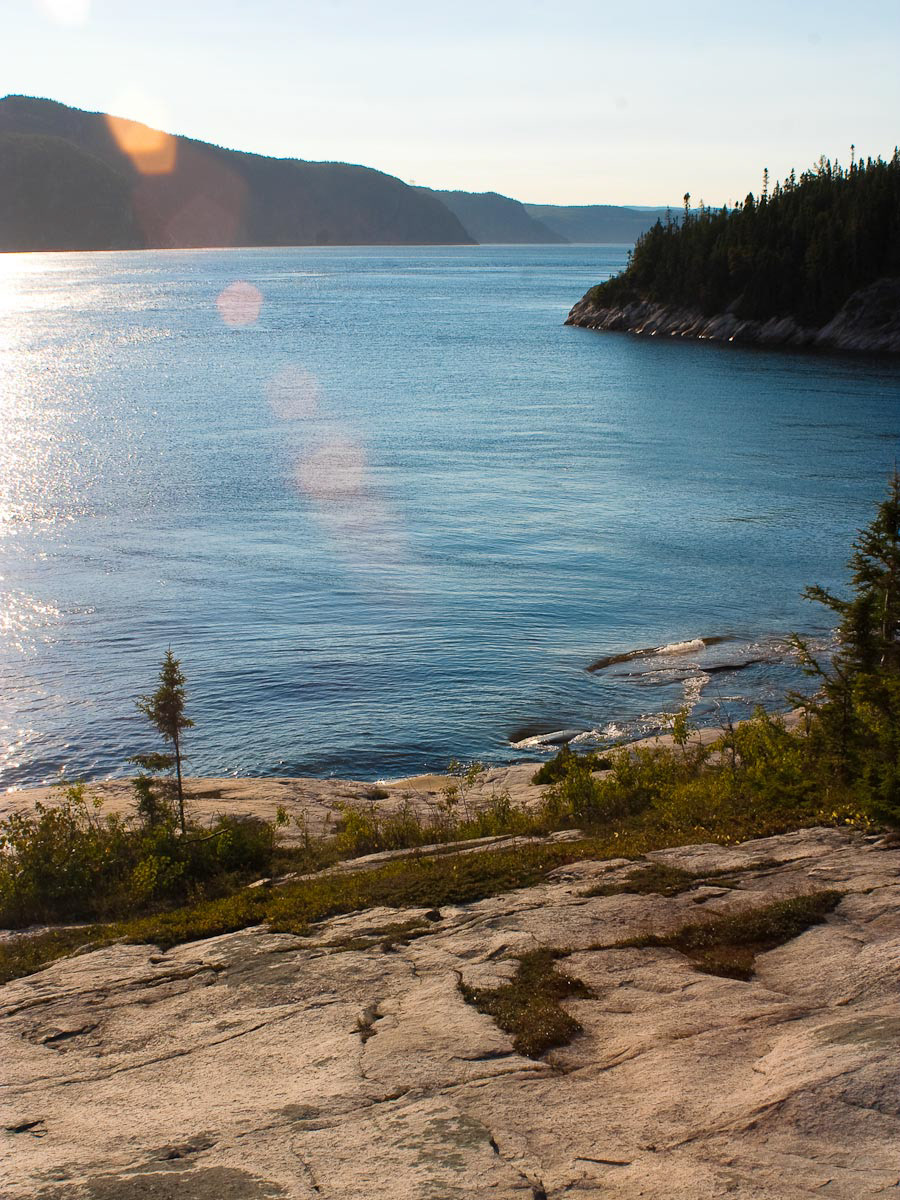
81 – Fjord du Saguenay – Côte-Nord
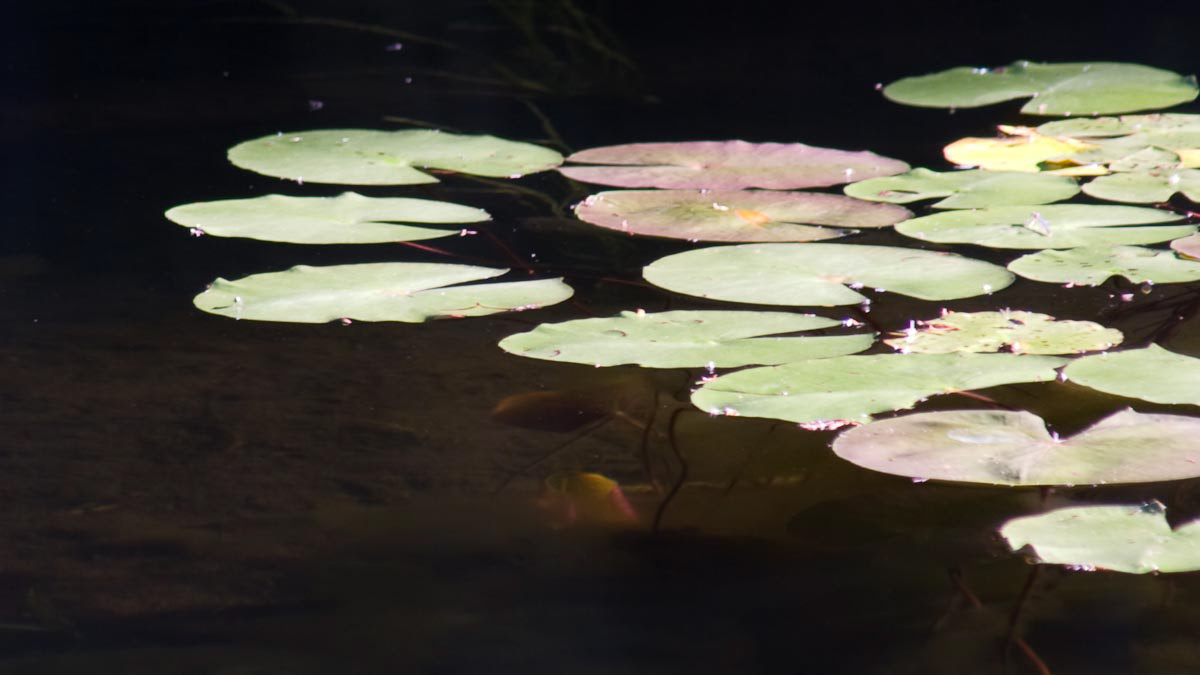
82 – Lac Cornu – Laurentides
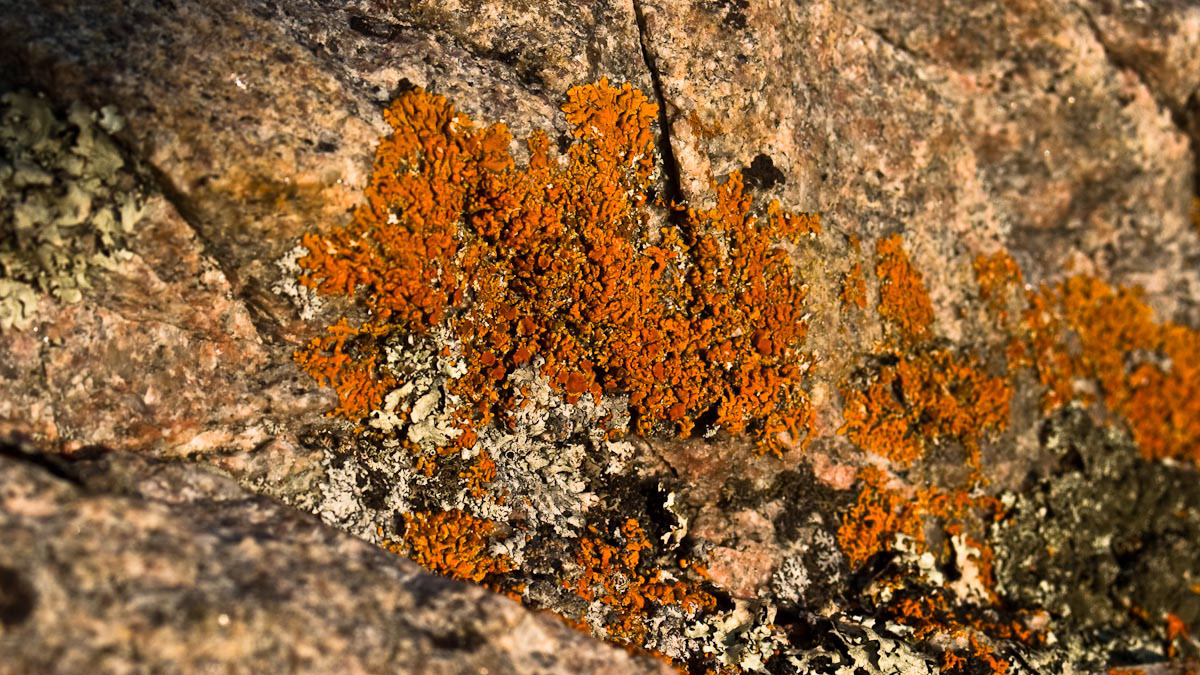
83 – Tadoussac – Côte-Nord
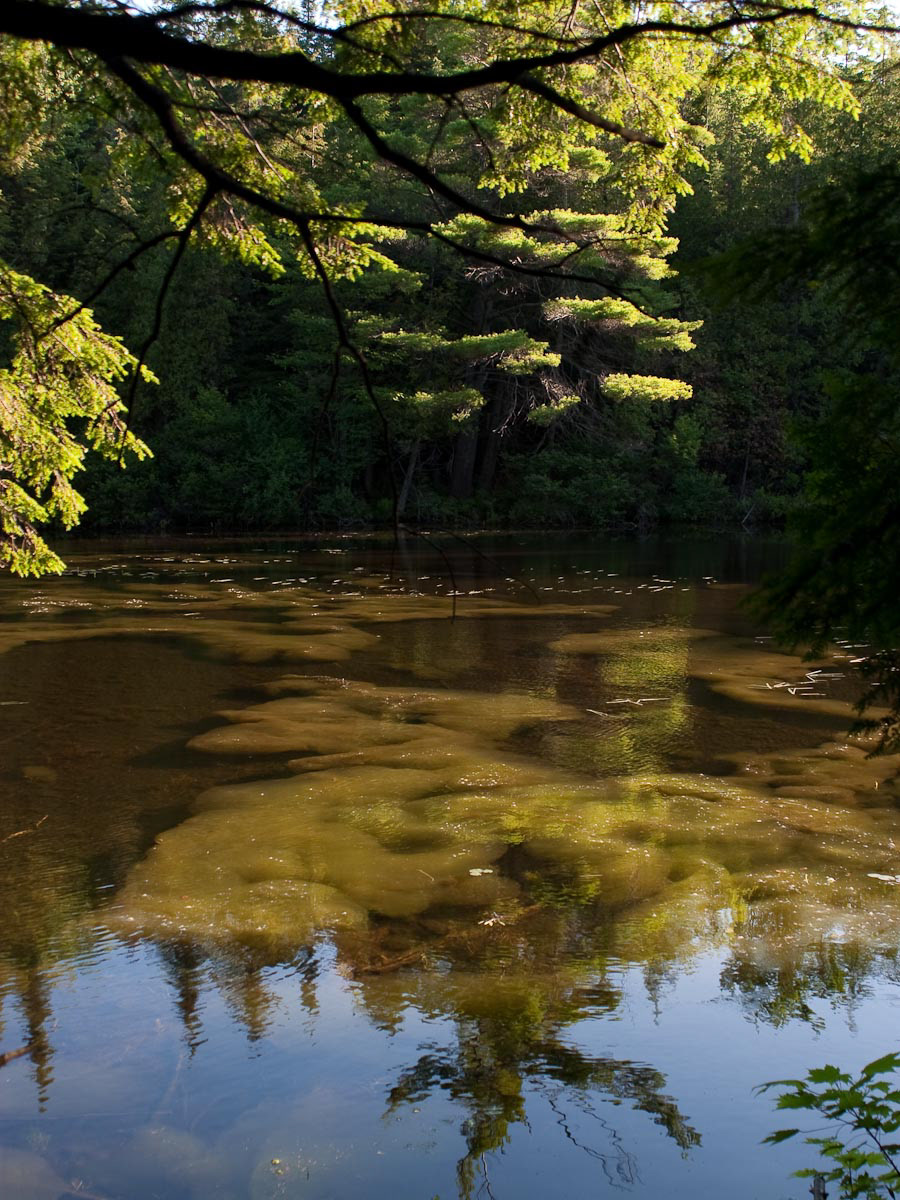
84 – Lac Cornu – Laurentides
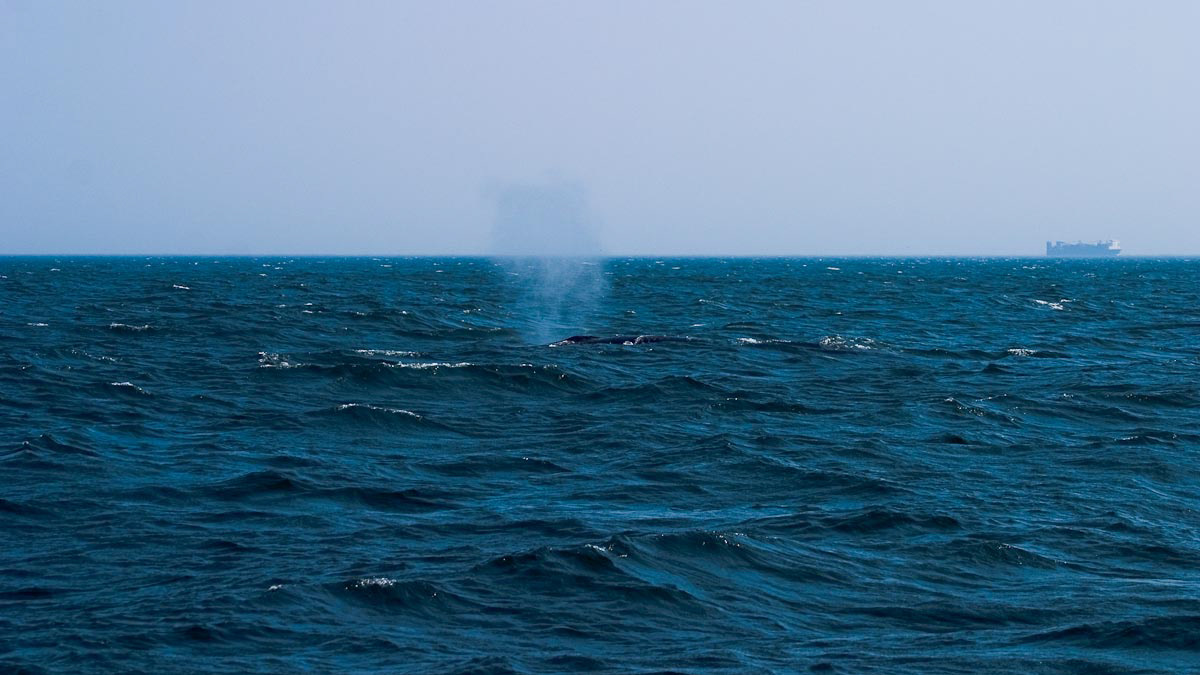
85 – Tadoussac – Côte-Nord
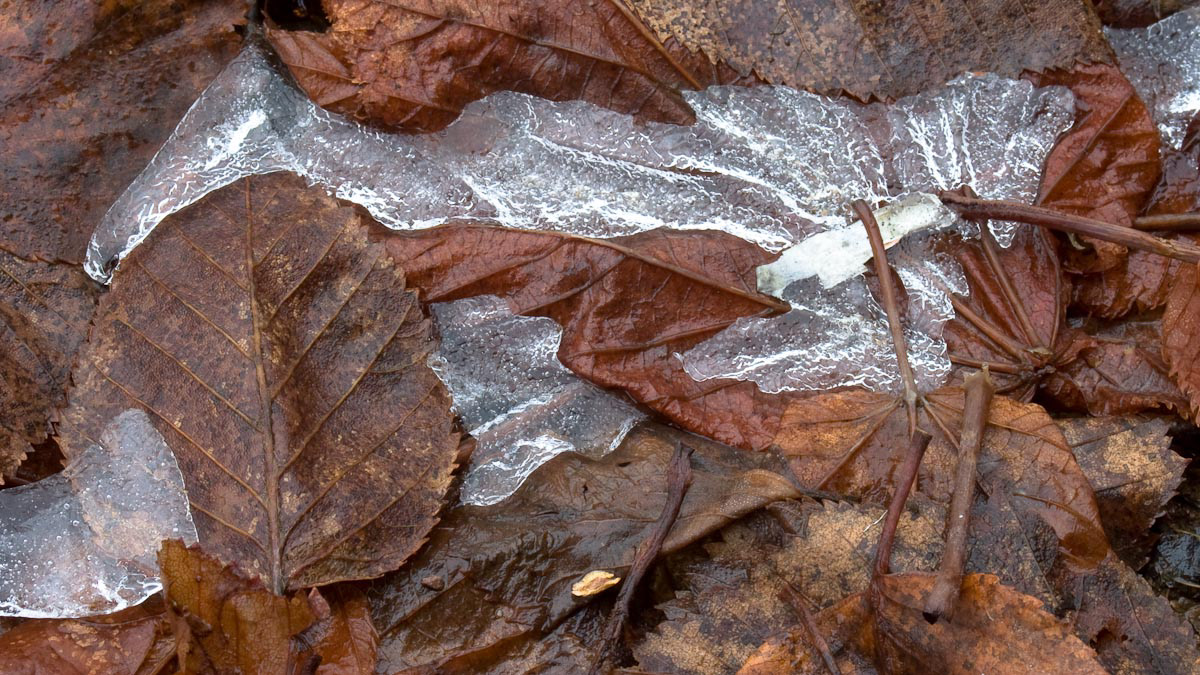
86 – Port-Daniel – Gaspésie-Îles-de-la-Madeleine
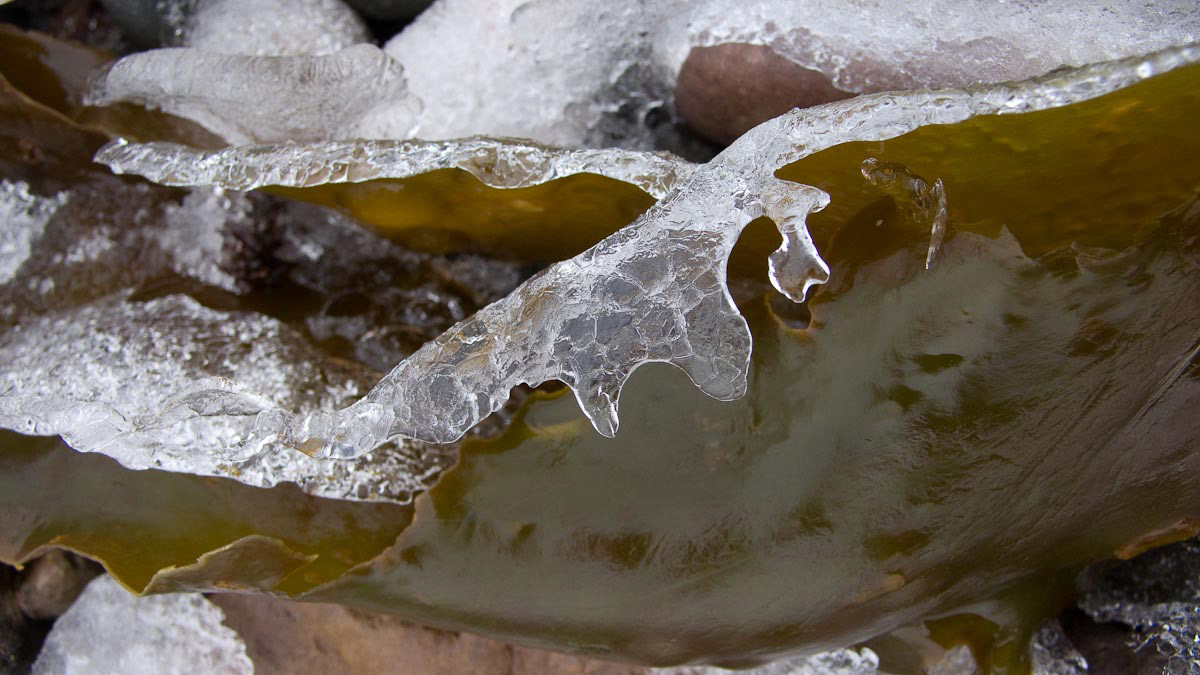
87 – Port-Daniel – Gaspésie-Îles-de-la-Madeleine
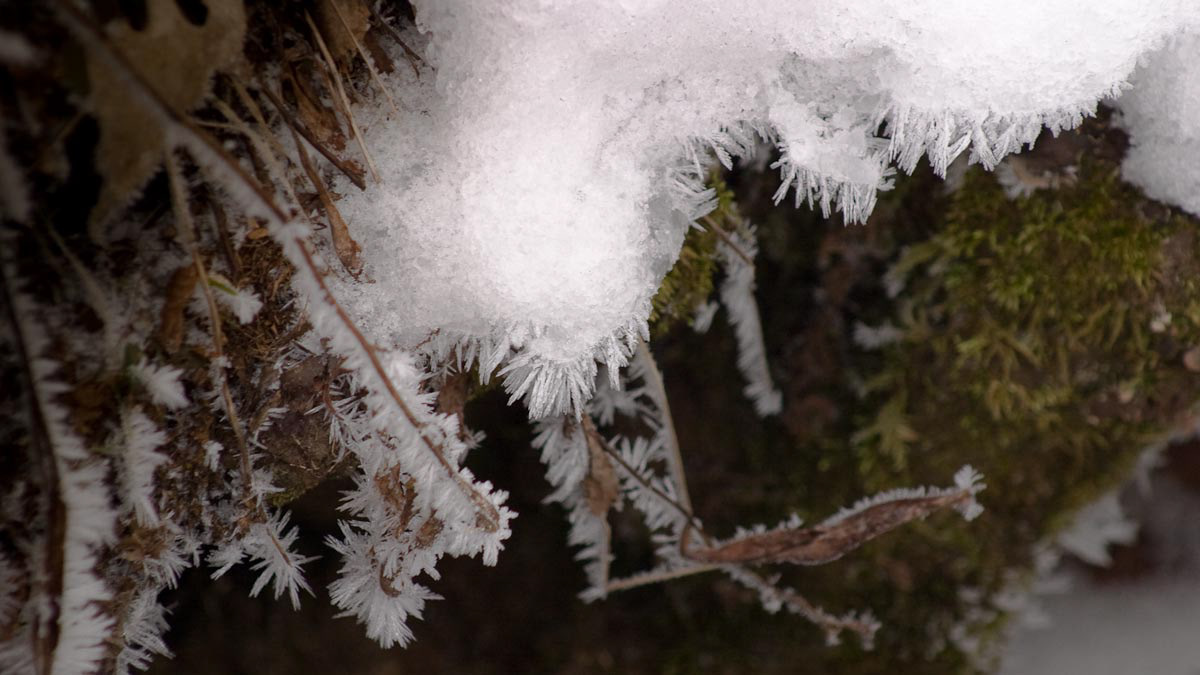
88 – Gatineau – Outaouais
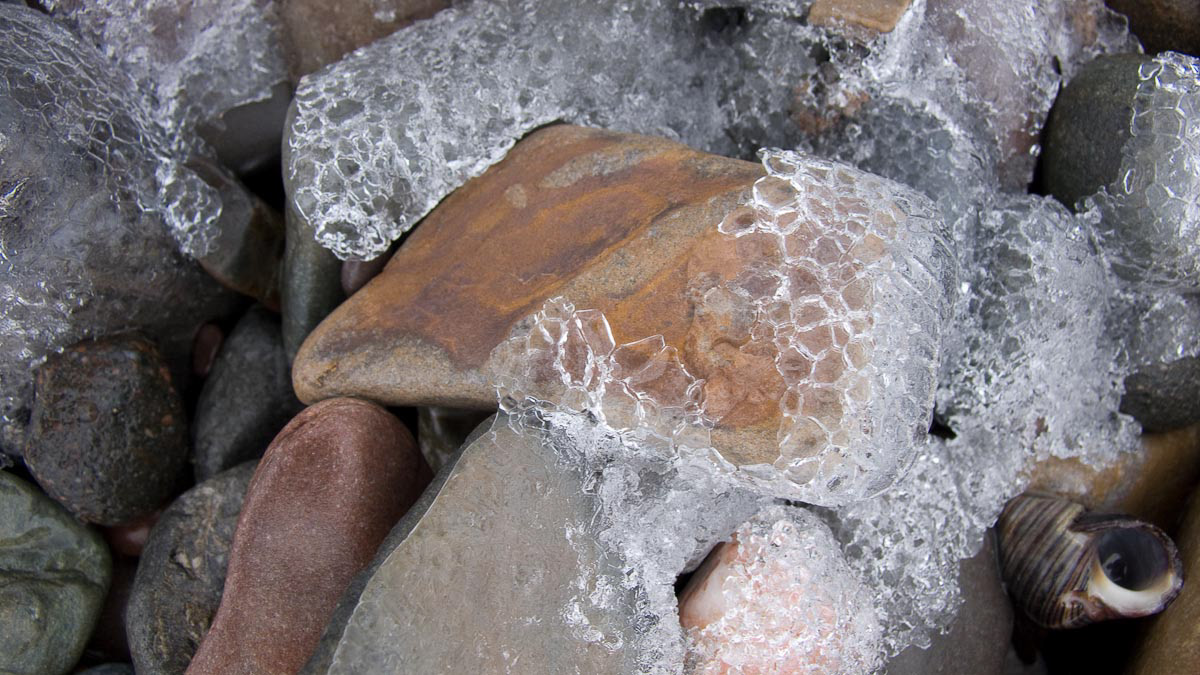
89 – Port-Daniel – Gaspésie-Îles-de-la-Madeleine
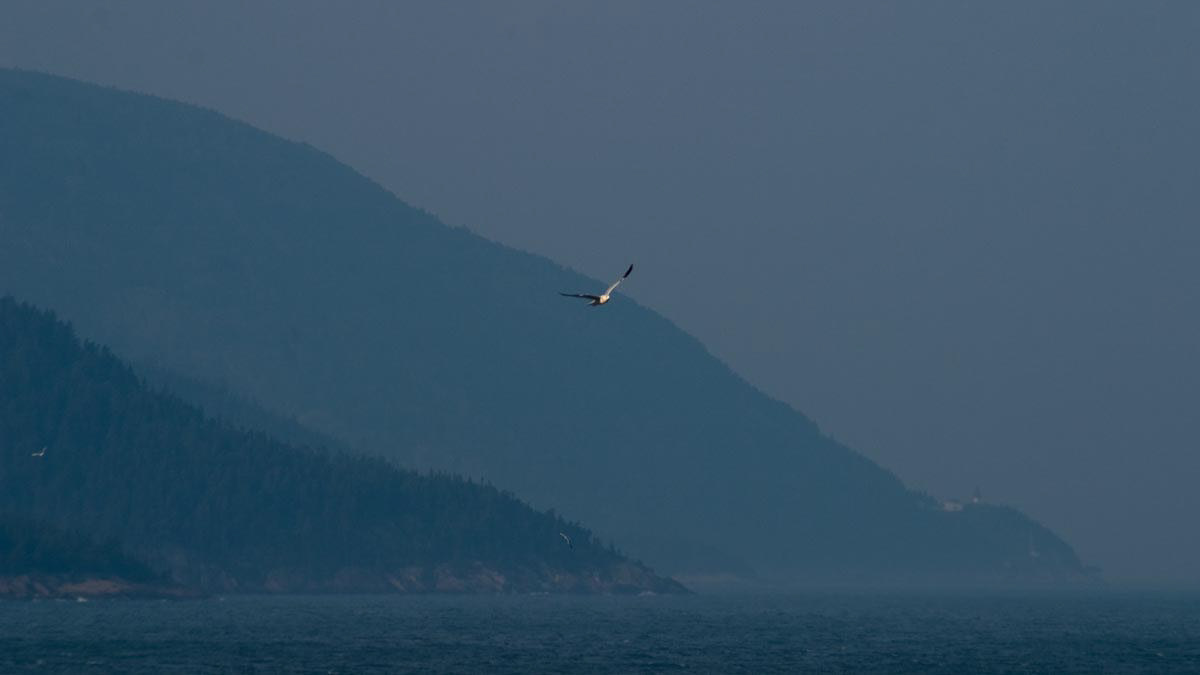
90 – Saint-Siméon – Québec
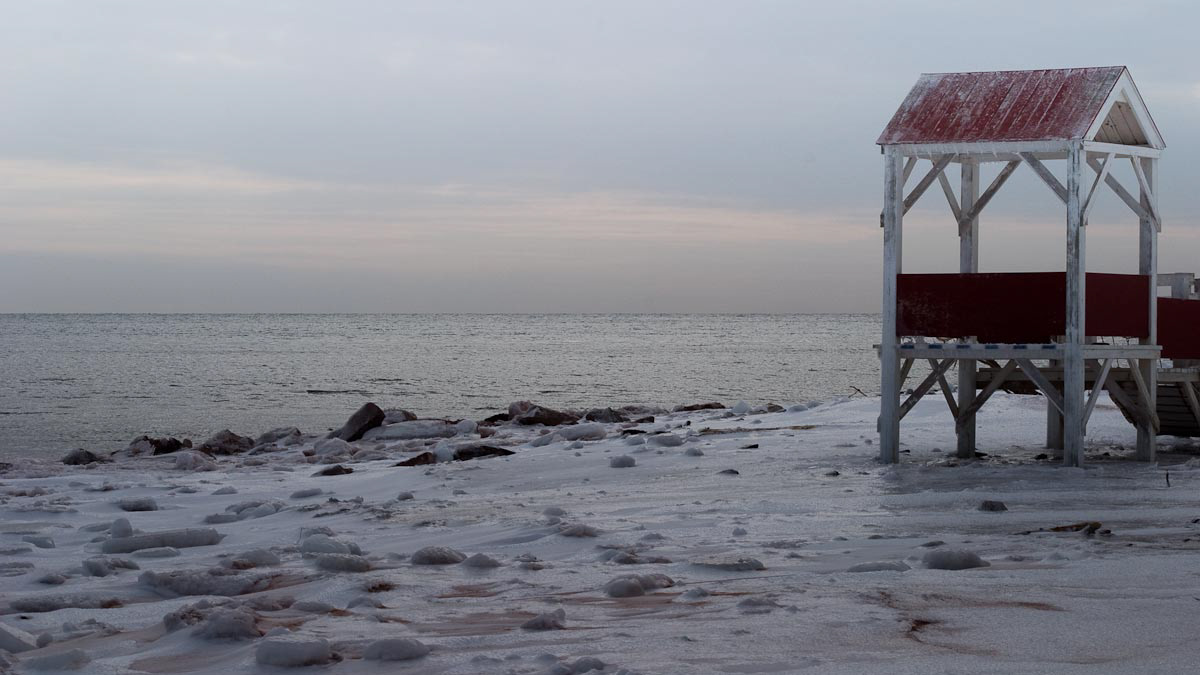
91 – Saint-Godefroi – Gaspésie-Îles-de-la-Madeleine
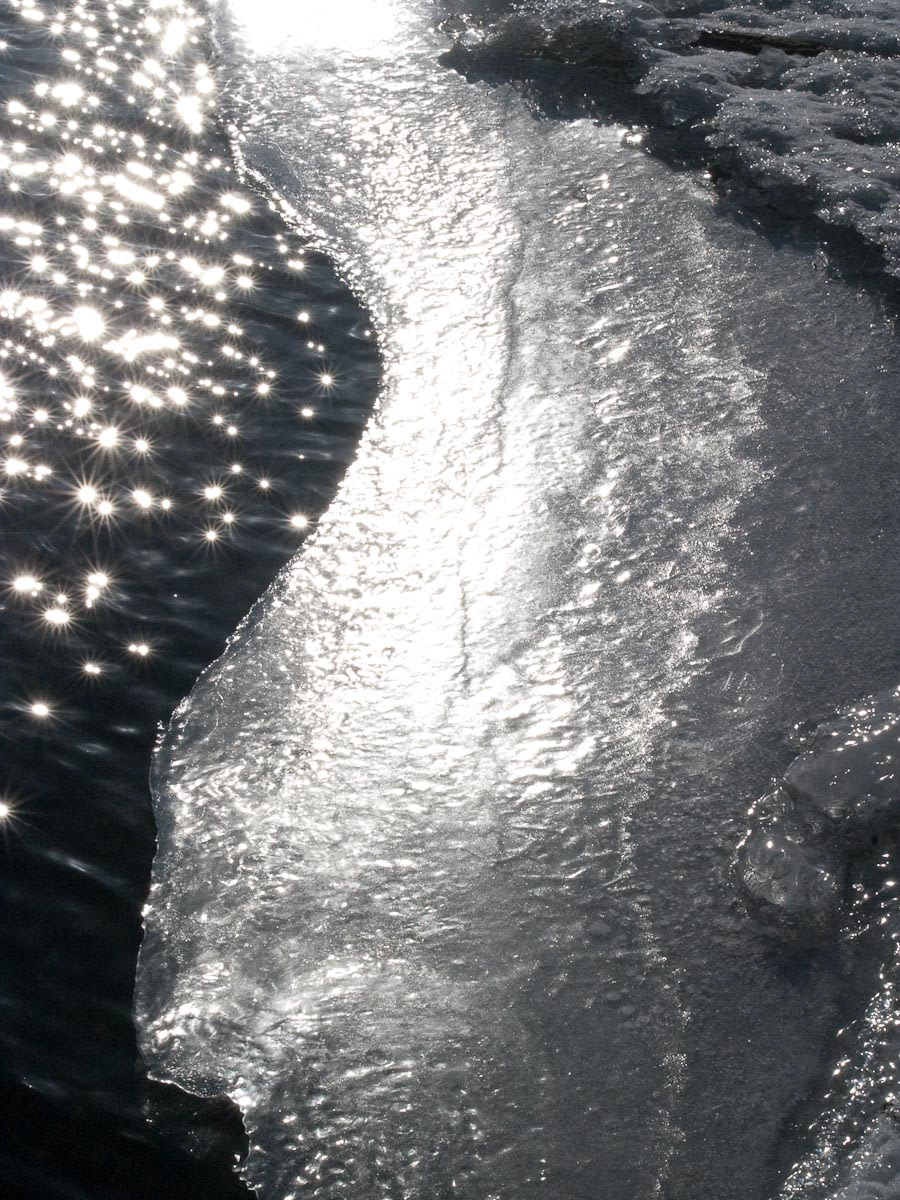
92 – Rivière Magog – Estrie
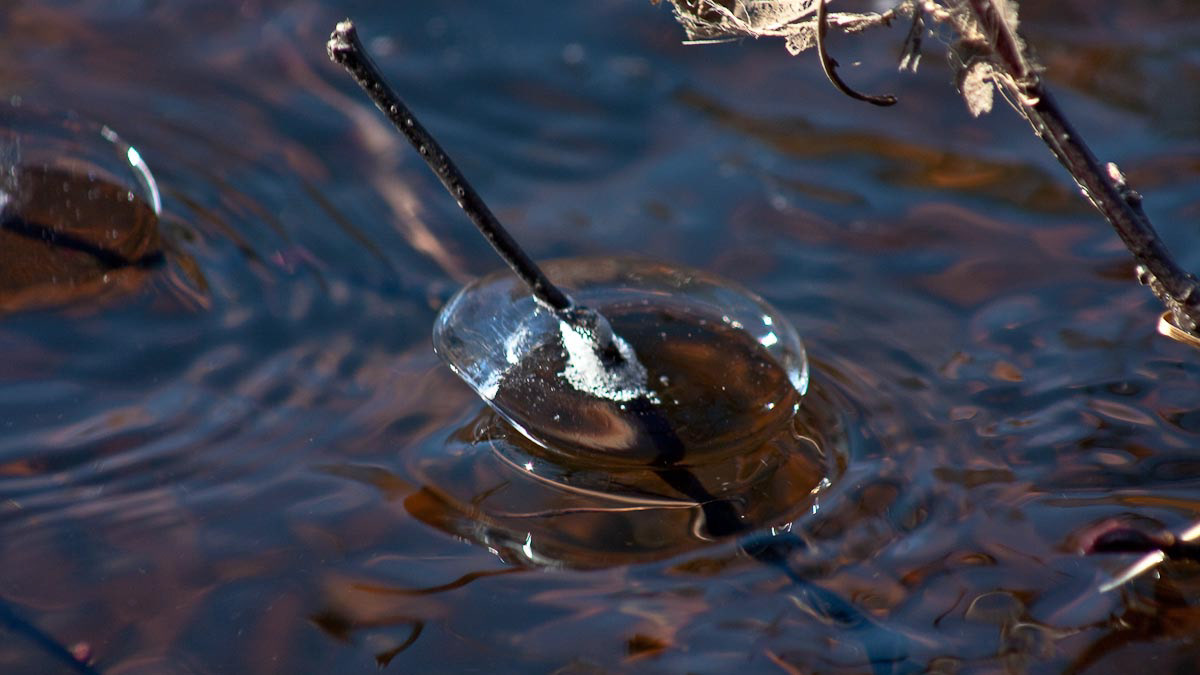
93 – Rivière Mastigouche – Lanaudière
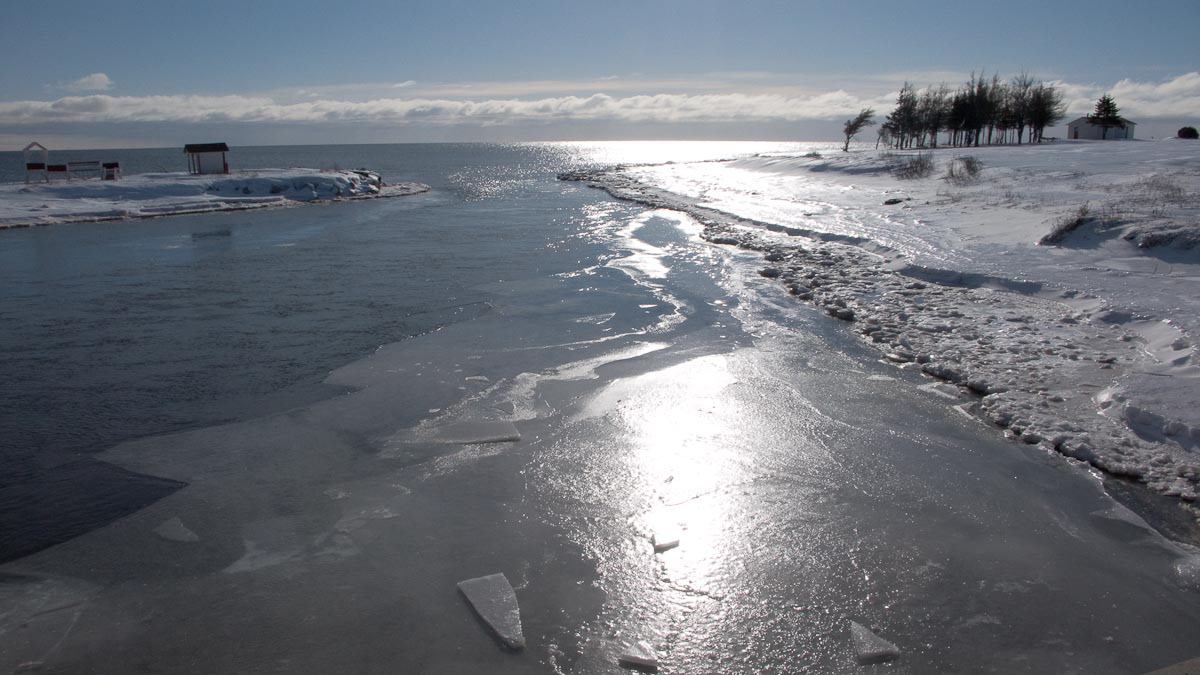
94 – Saint-Godefroi – Gaspésie-Îles-de-la-Madeleine
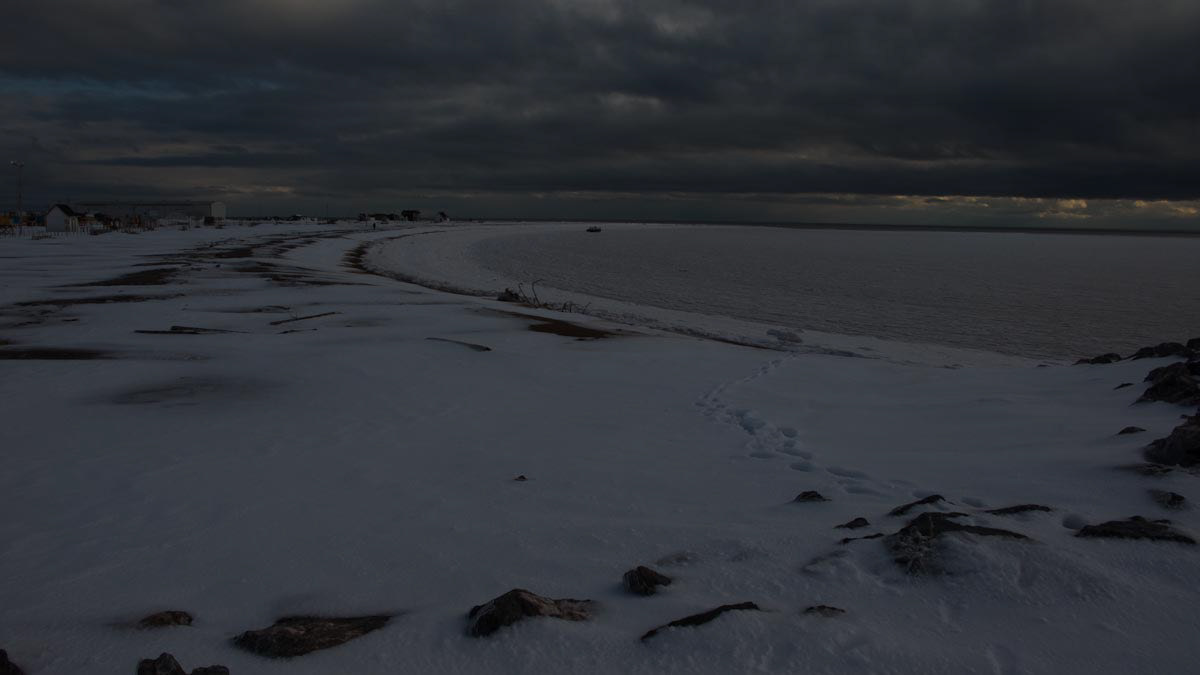
95 – Saint-Godefroi – Gaspésie-Îles-de-la-Madeleine
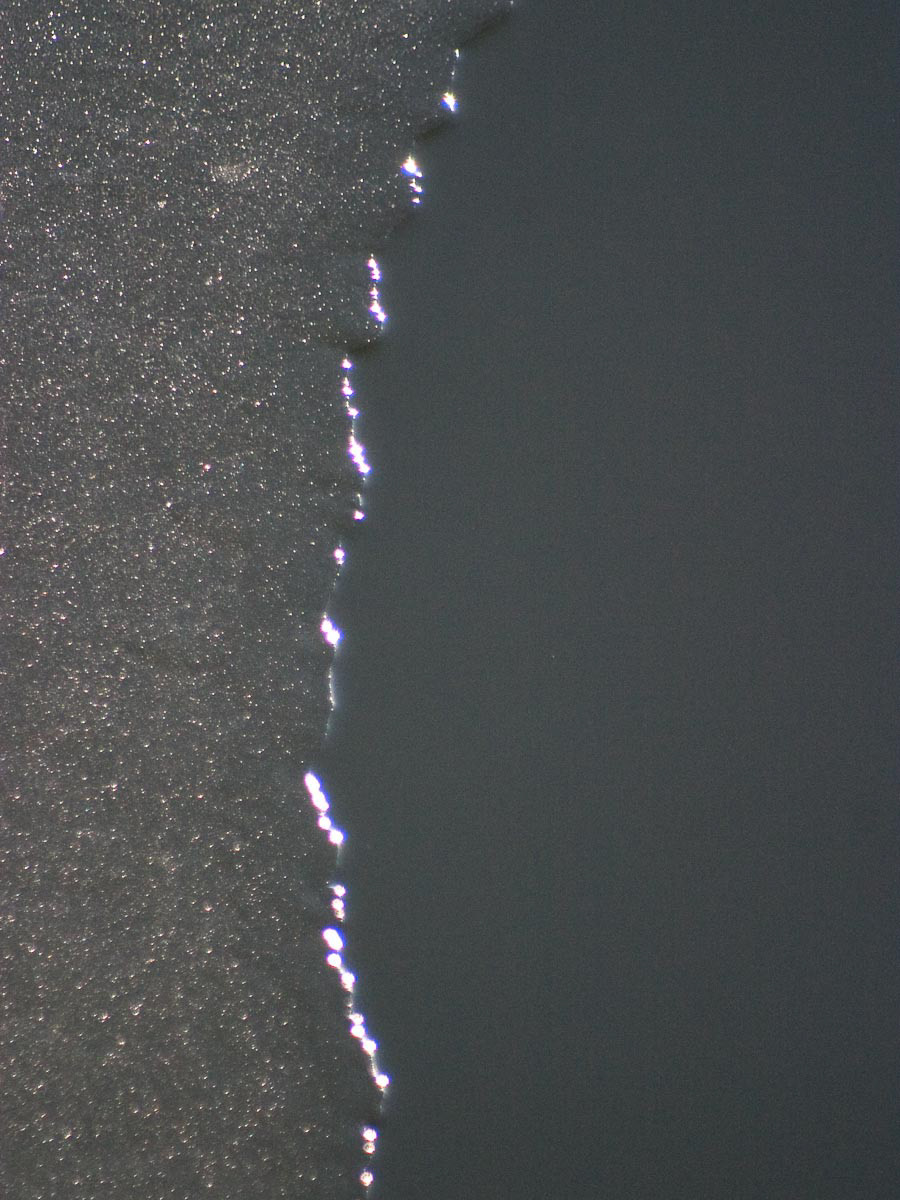
96 – Rivière Magog – Estrie
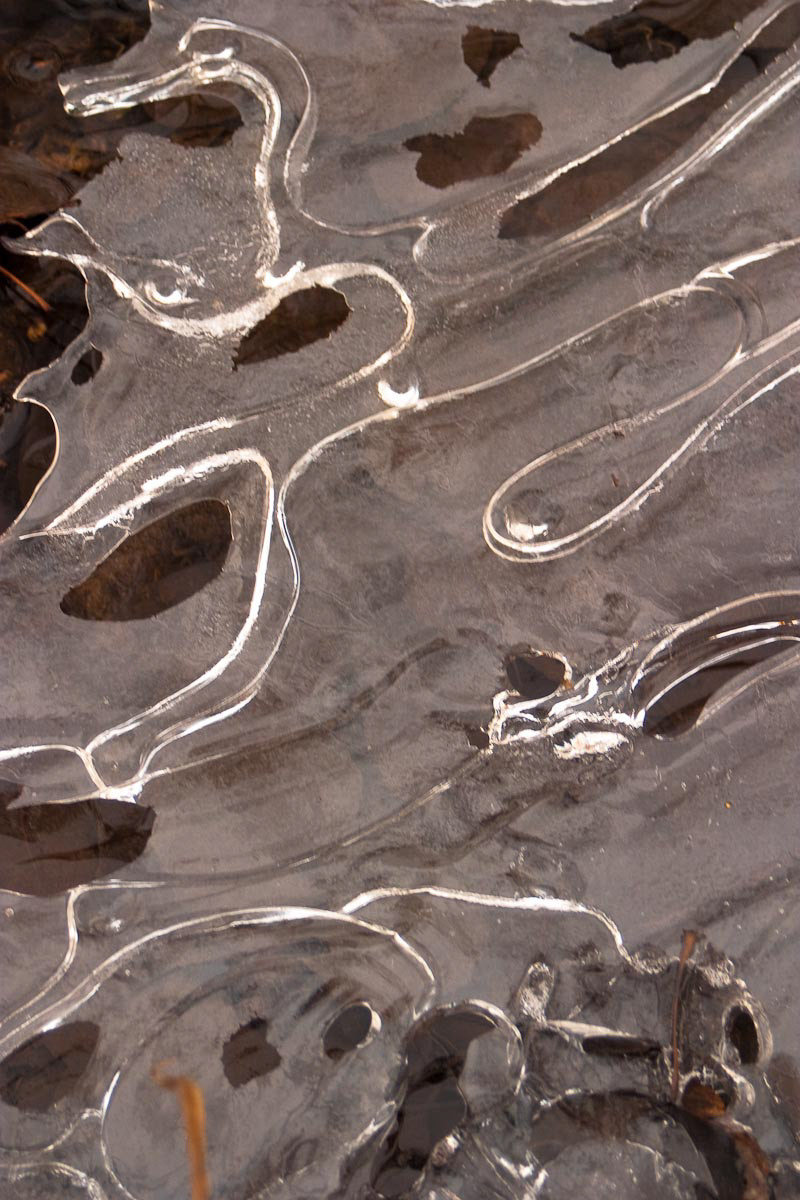
97 – Port-Daniel – Gaspésie-Îles-de-la-Madeleine
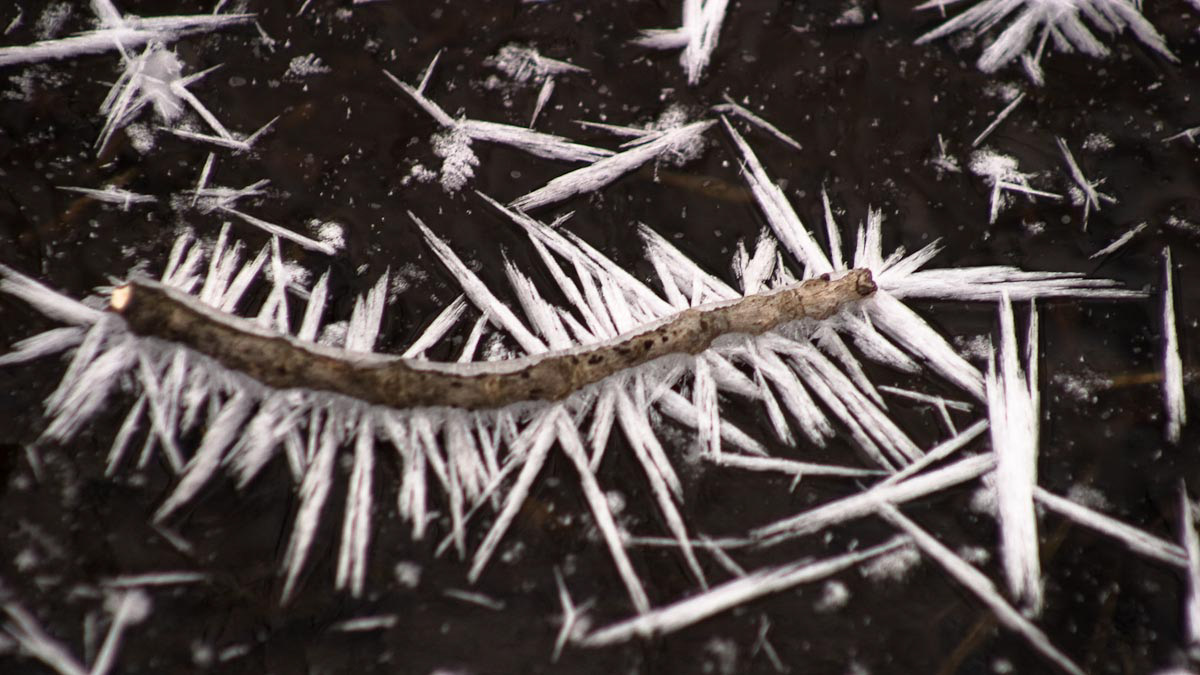
98 – Gatineau – Outaouais
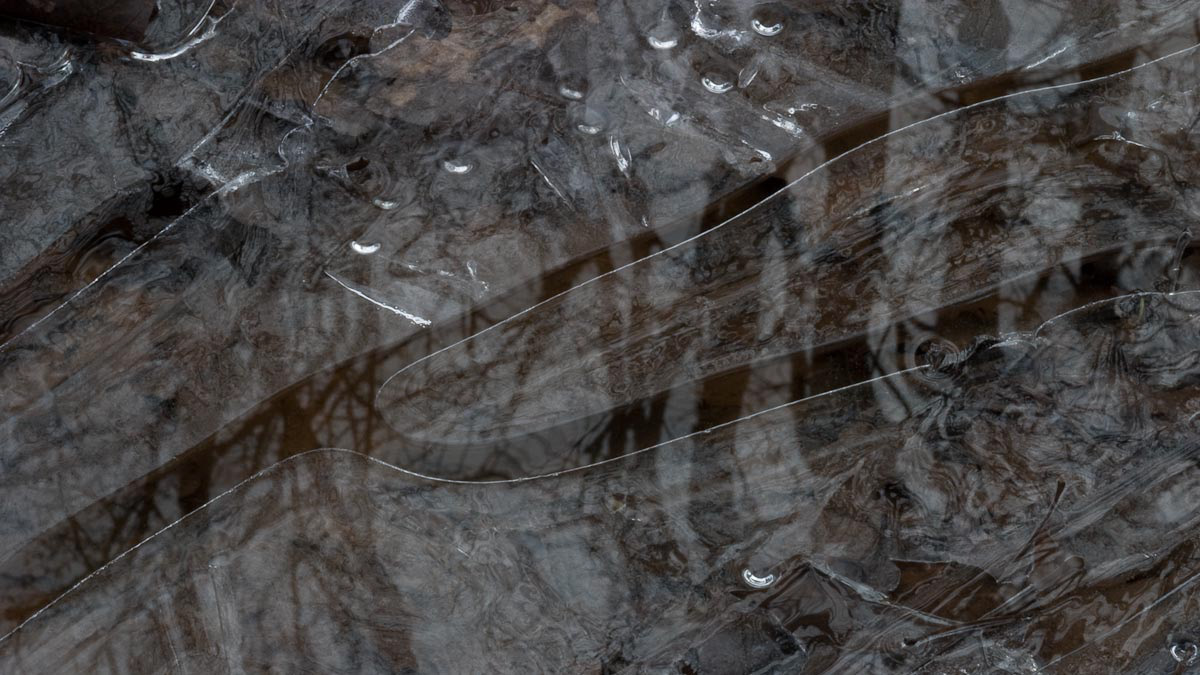
99 – Port-Daniel – Gaspésie-Îles-de-la-Madeleine
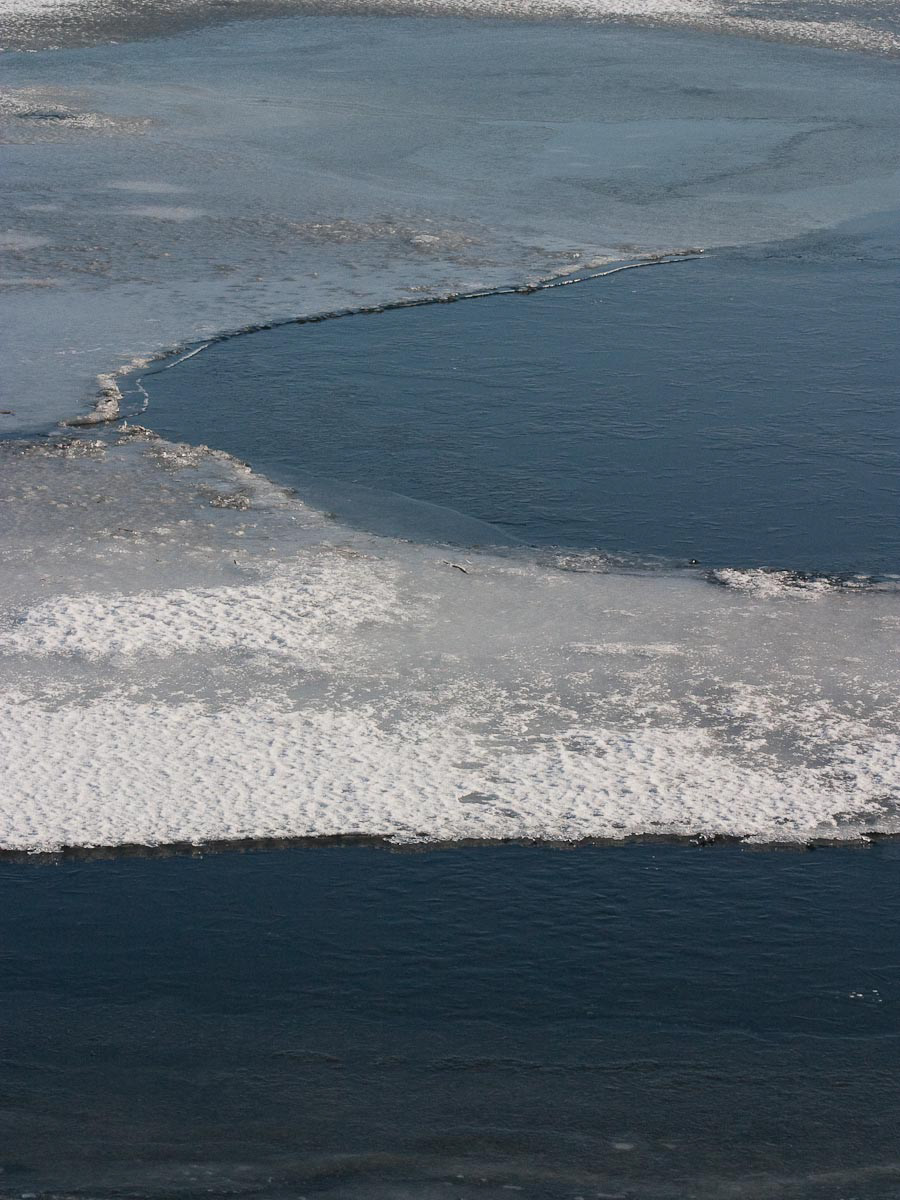
100 – Rivière Magog – Estrie
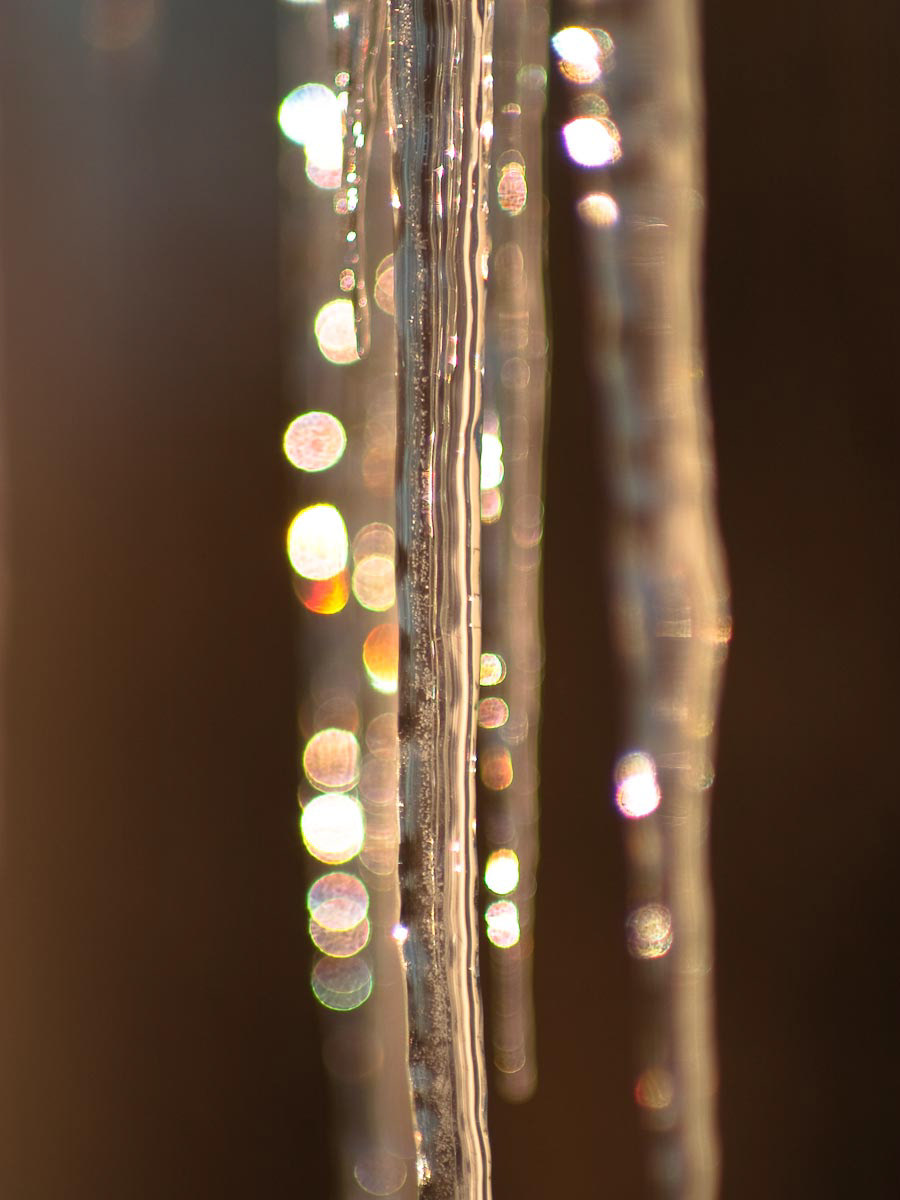
101 – Gatineau – Outaouais
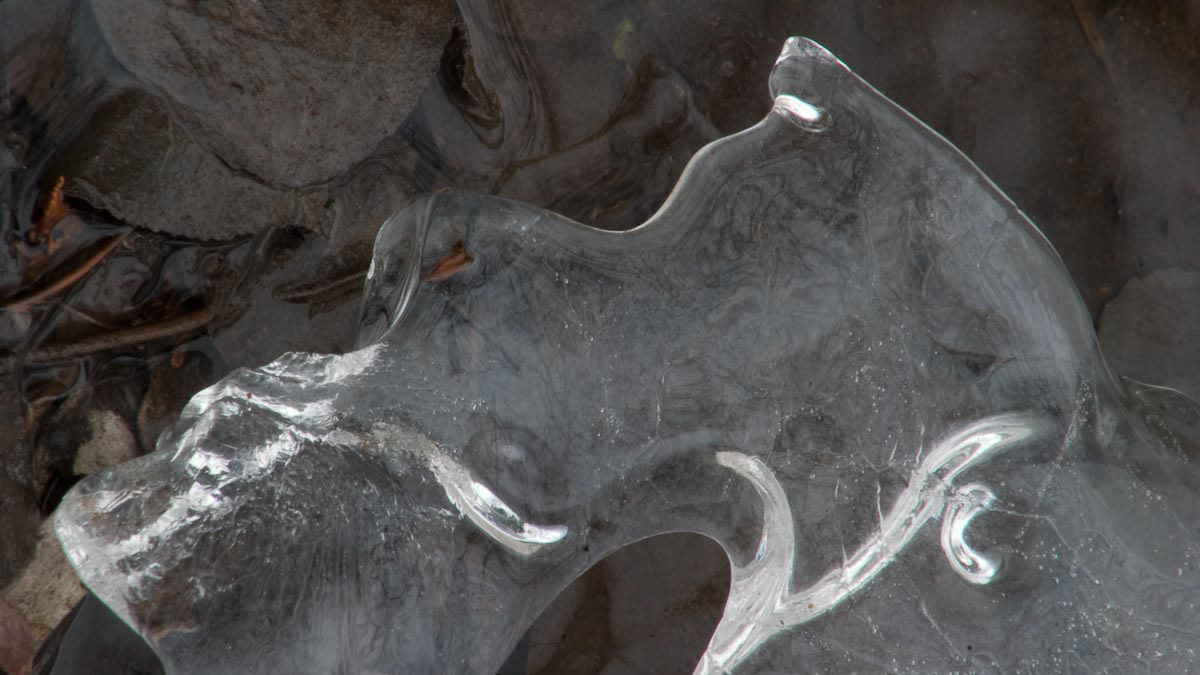
102 – Port-Daniel – Gaspésie-Îles-de-la-Madeleine
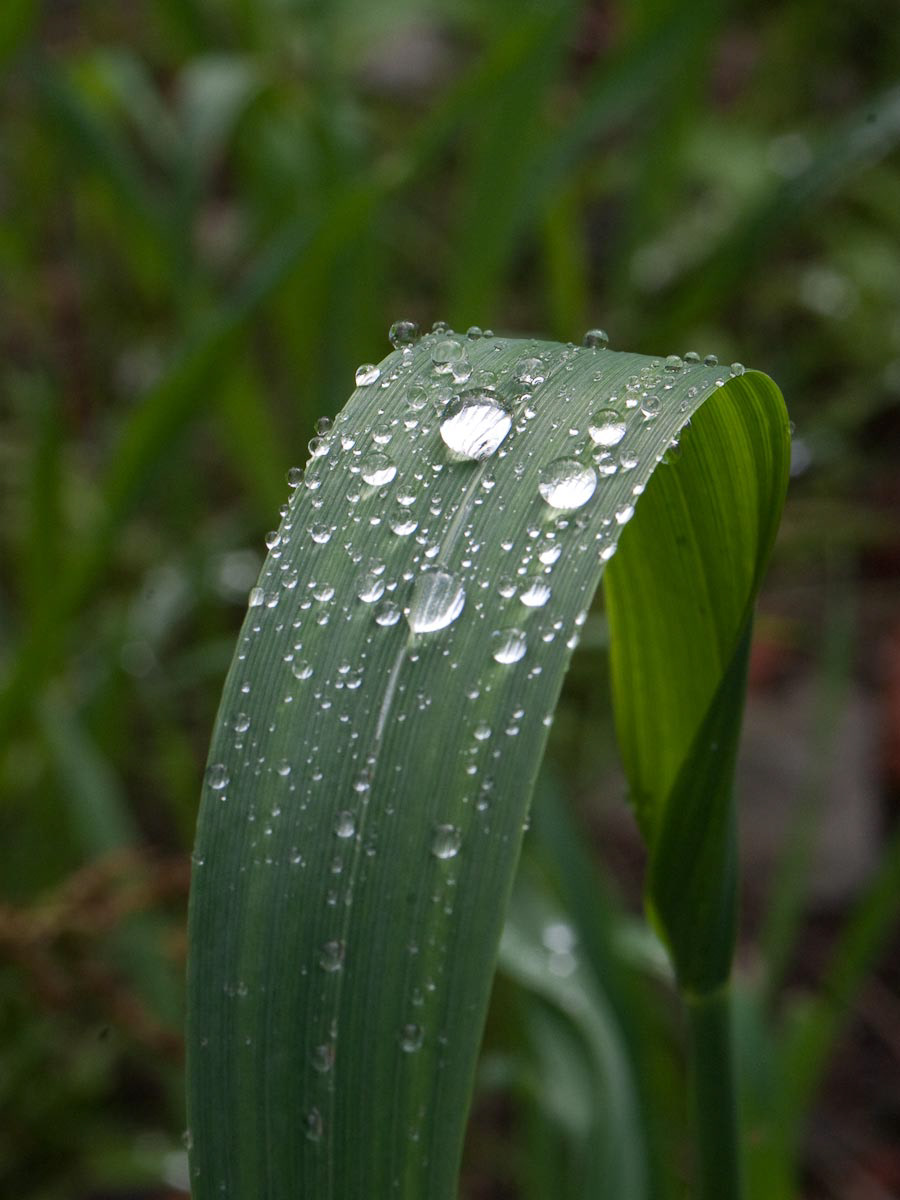
103 – Gatineau – Outaouais
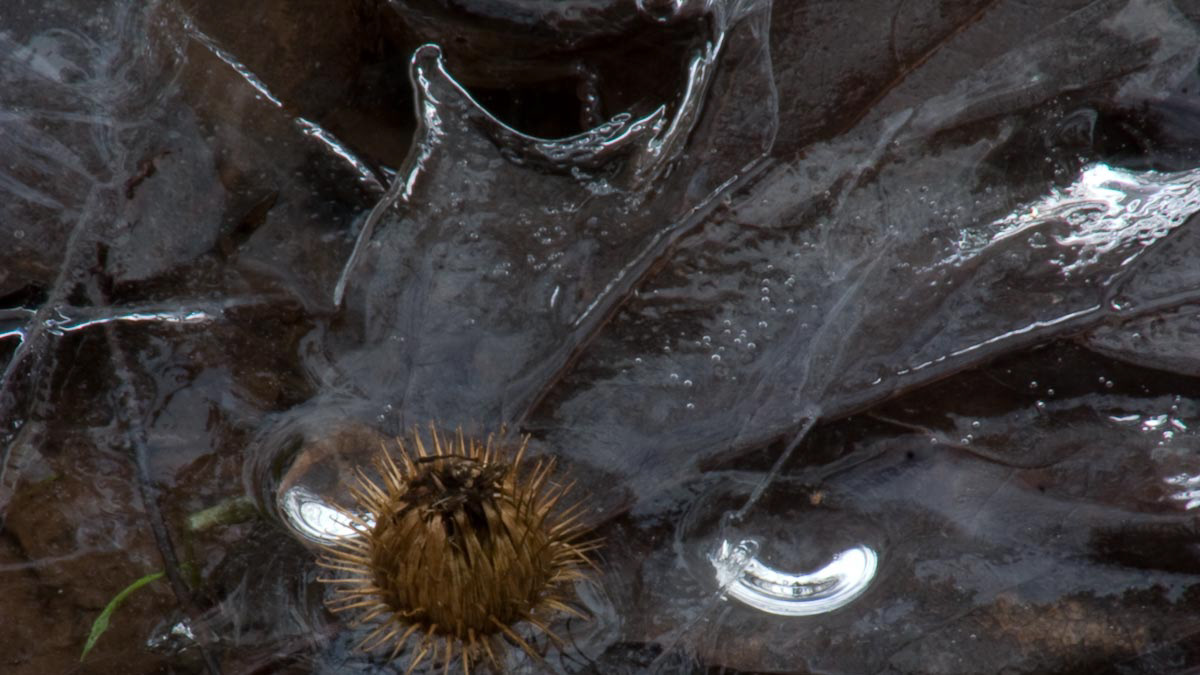
104 – Port-Daniel – Gaspésie-Îles-de-la-Madeleine
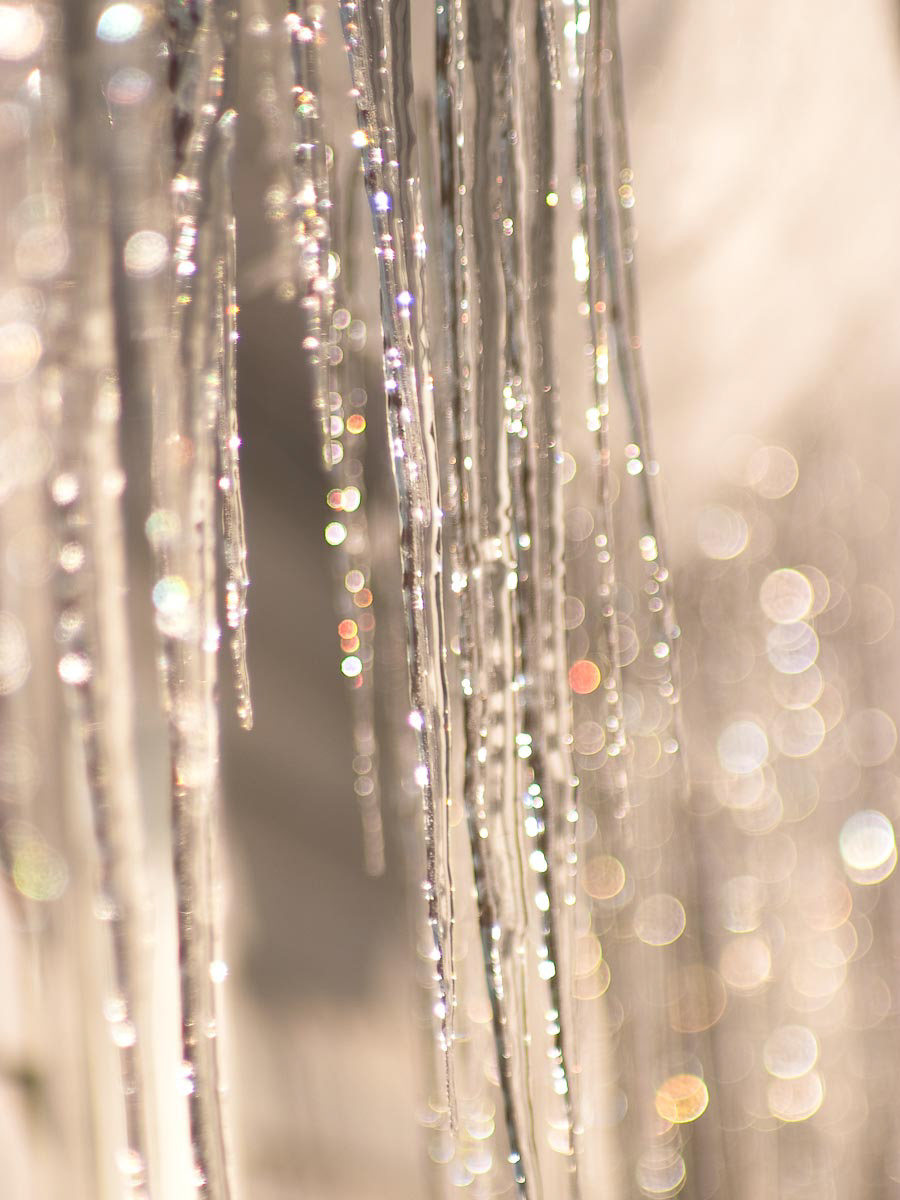
105 – Gatineau – Outaouais
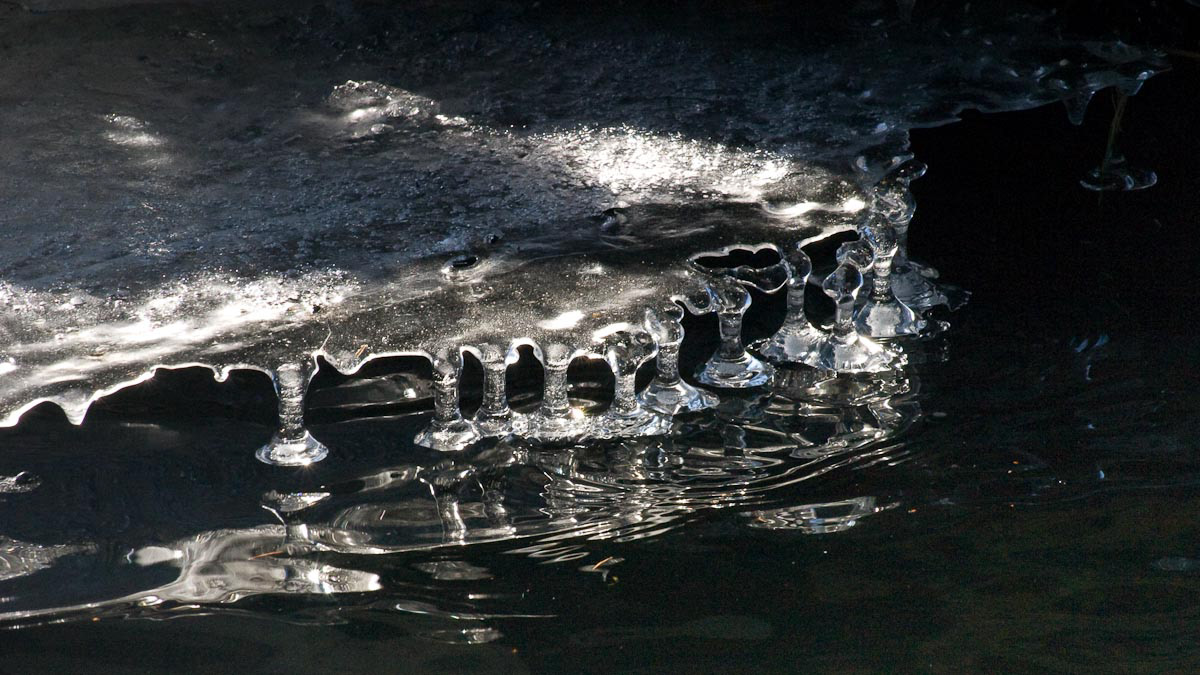
106 – Rivière Magog – Estrie
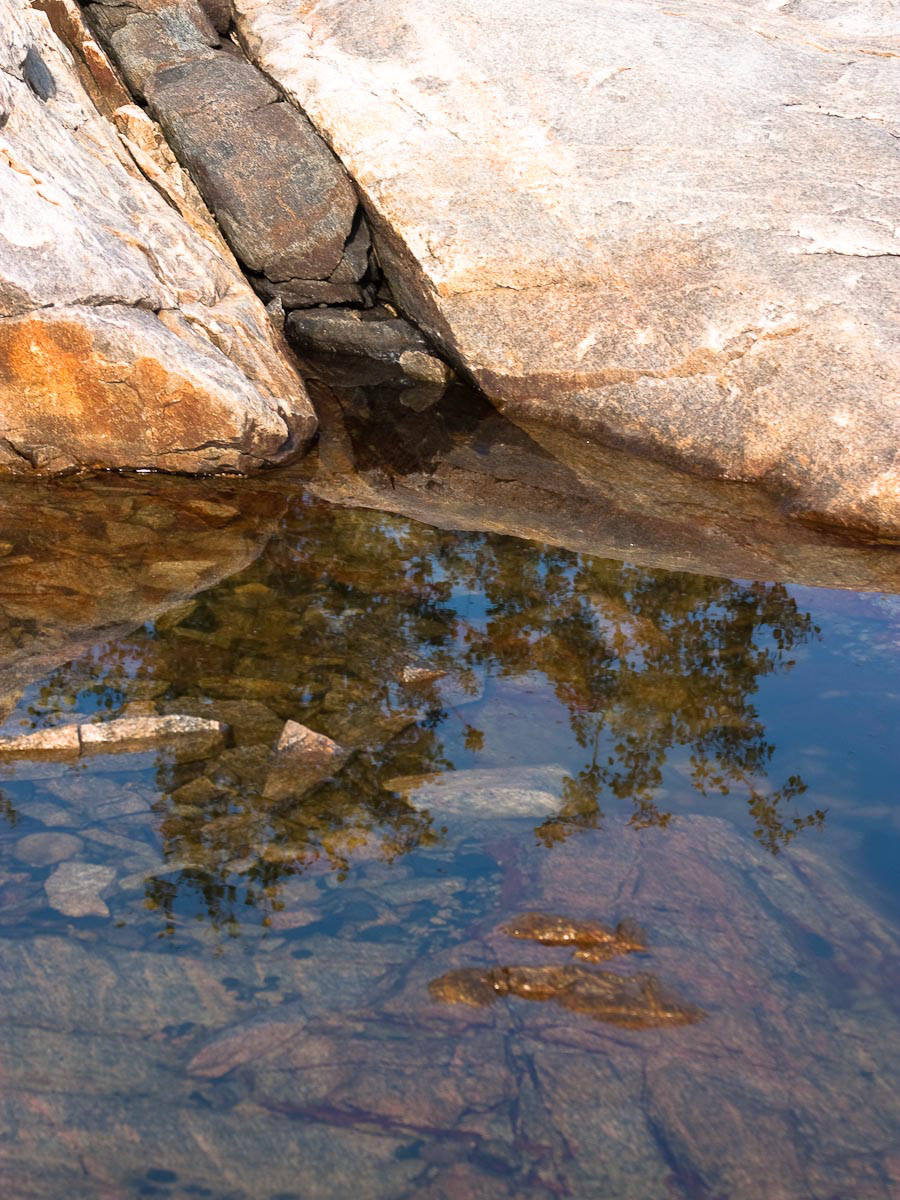
107 – Tadoussac – Côte-Nord
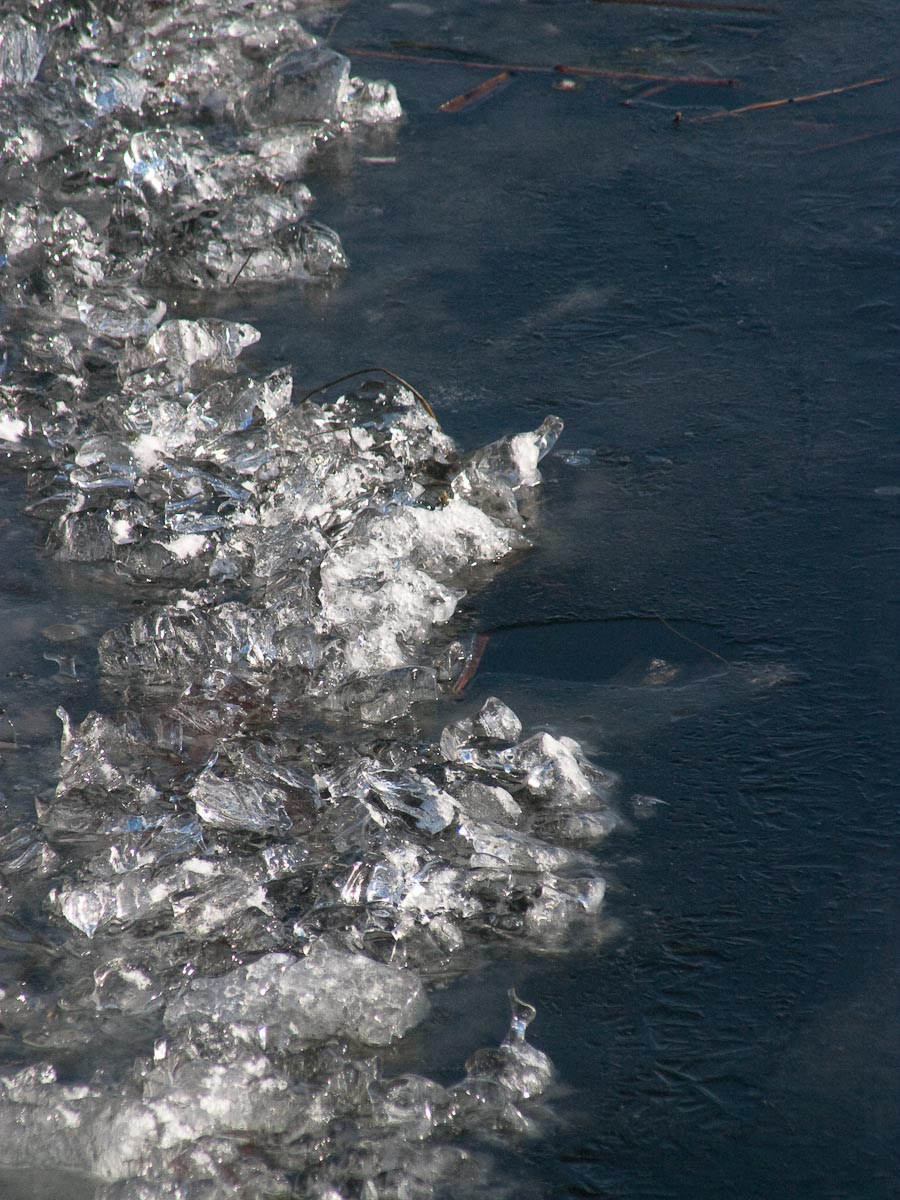
108 – Rivière Magog – Estrie
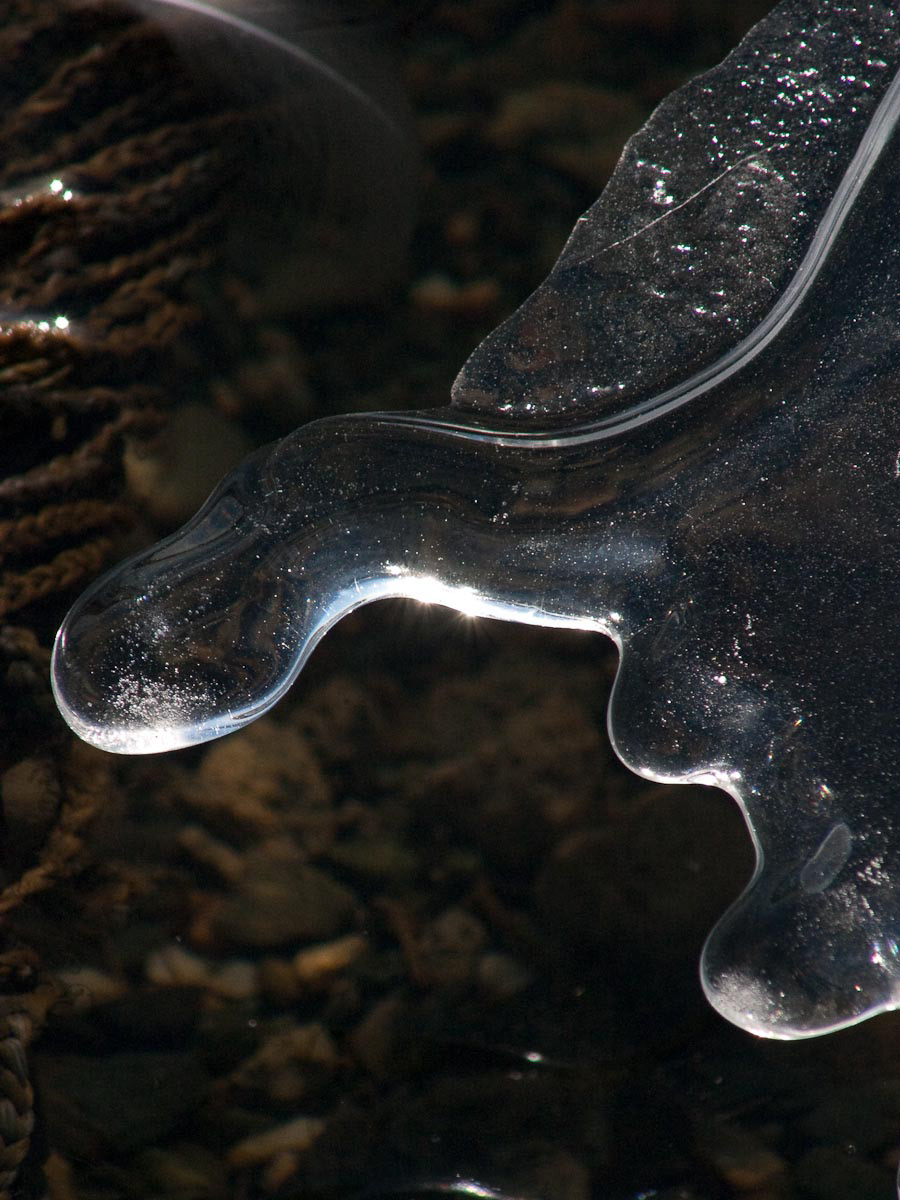
109 – Rivière Magog – Estrie

110 – Rivière Magog – Estrie
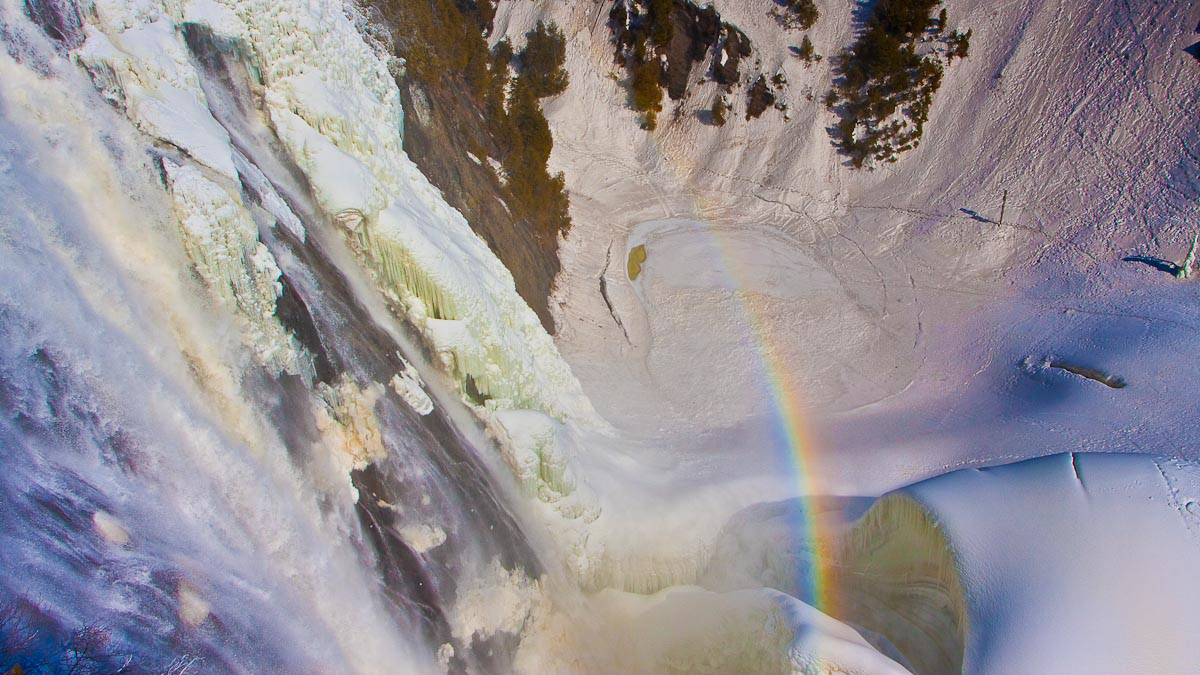
111 – Chute Montmorency – Québec
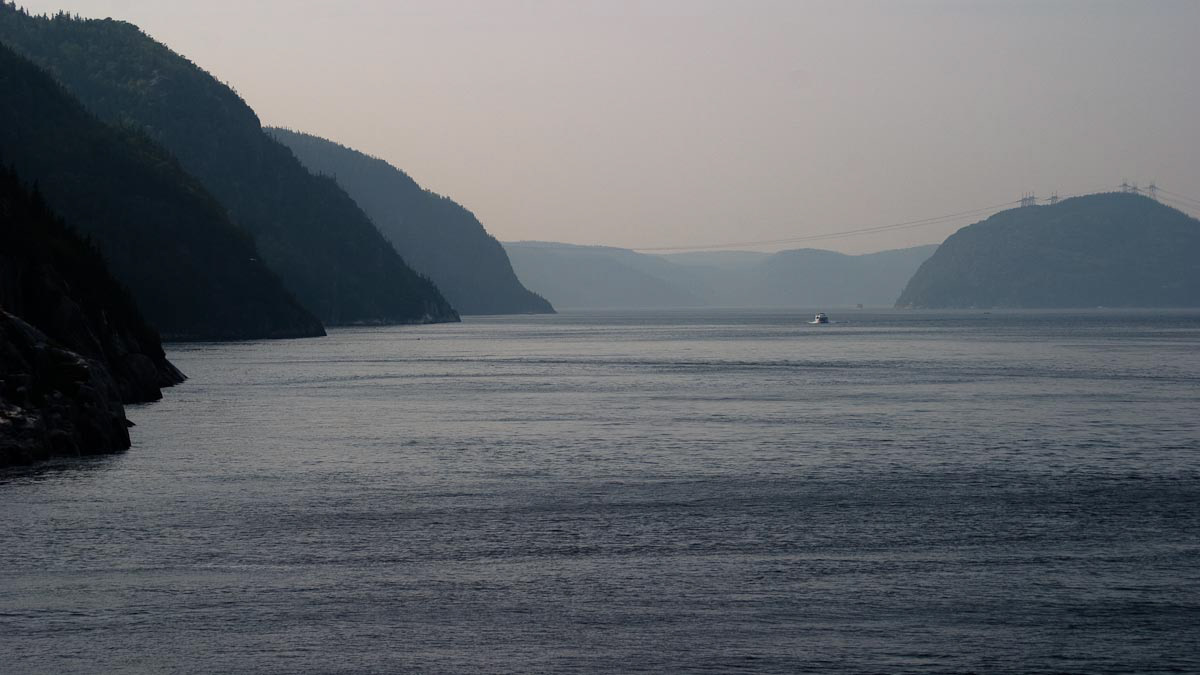
112 – Fjord du Saguenay – Côte-Nord
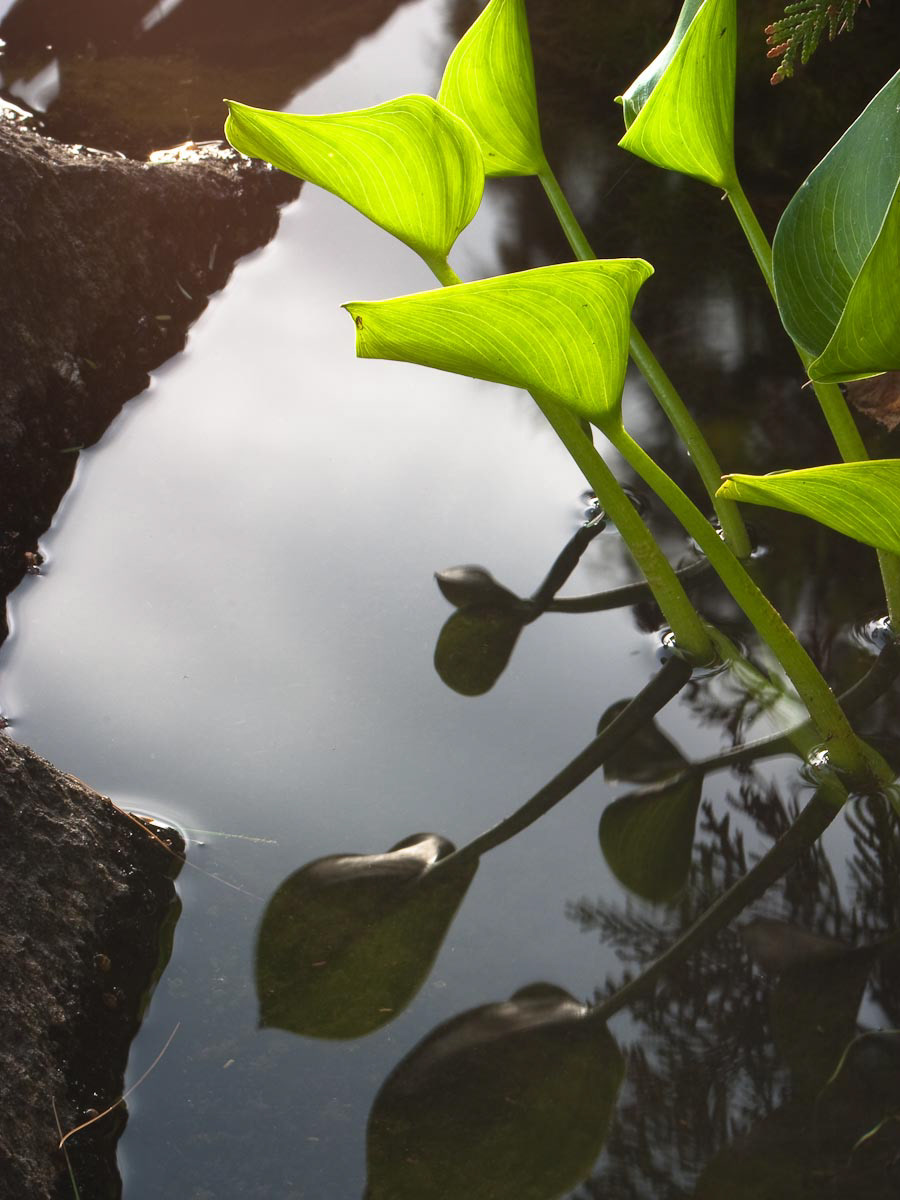
113 – Lac Cornu – Laurentides
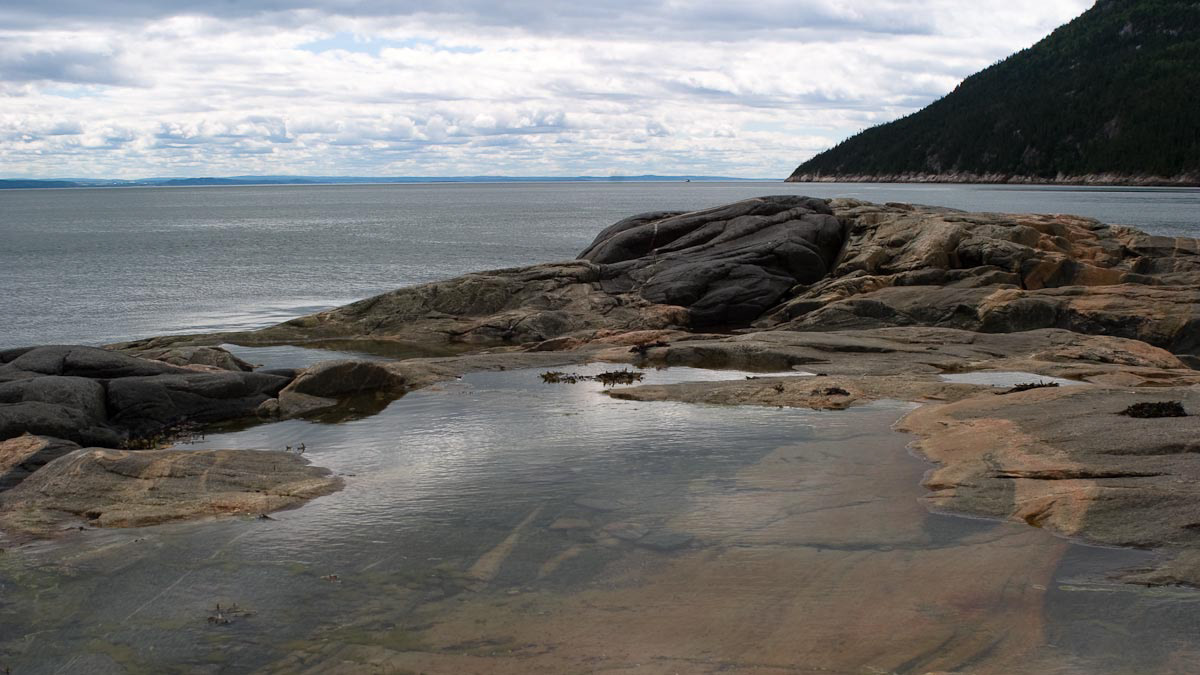
114 – Port-au-Persill – Québec
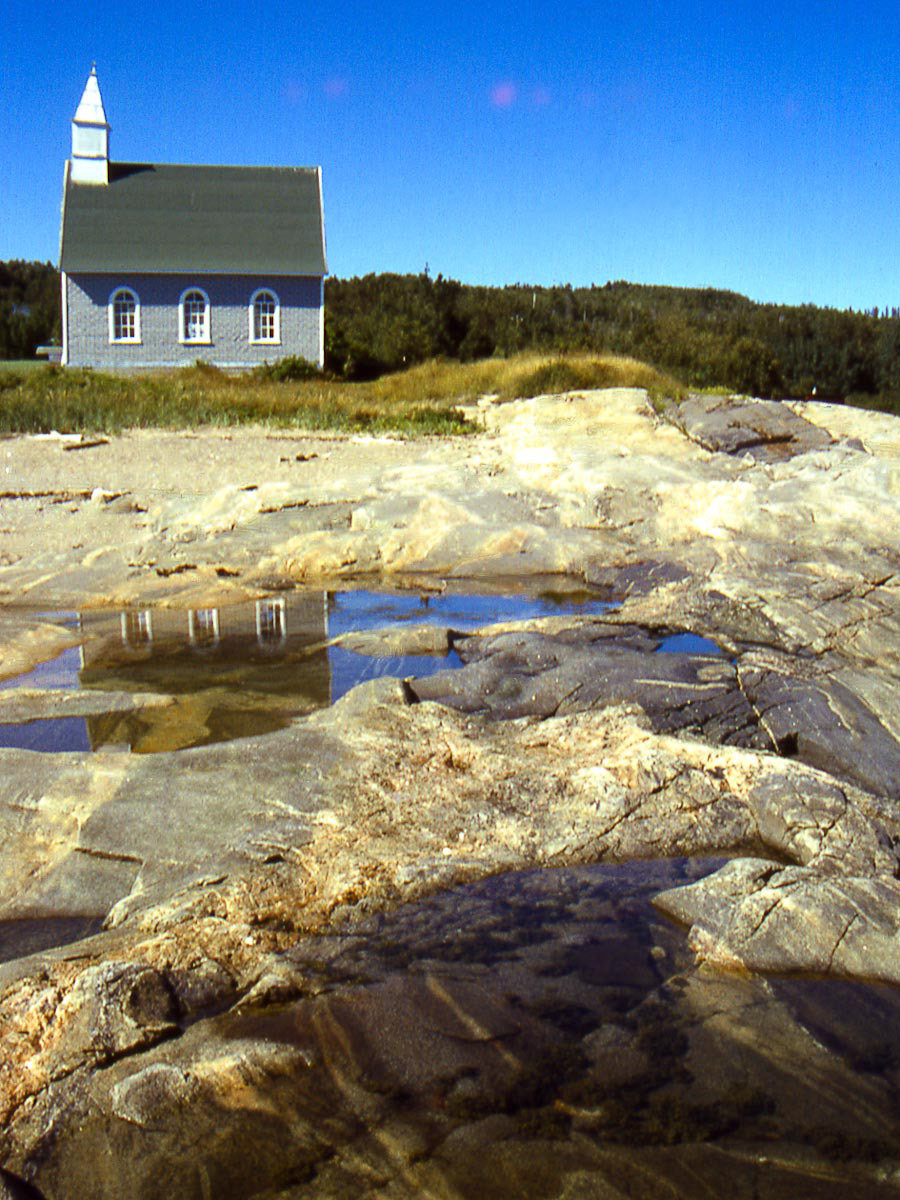
115 – Port-au-Persill – Québec
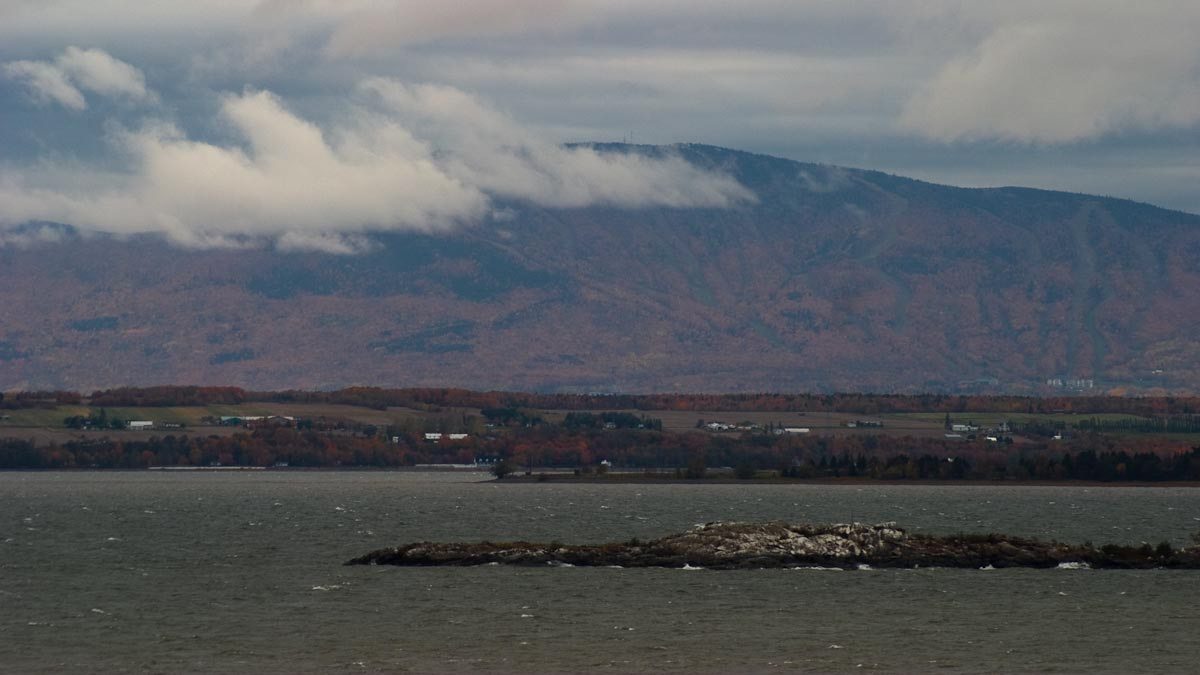
116 – La Côte-de-Beaupré – Québec
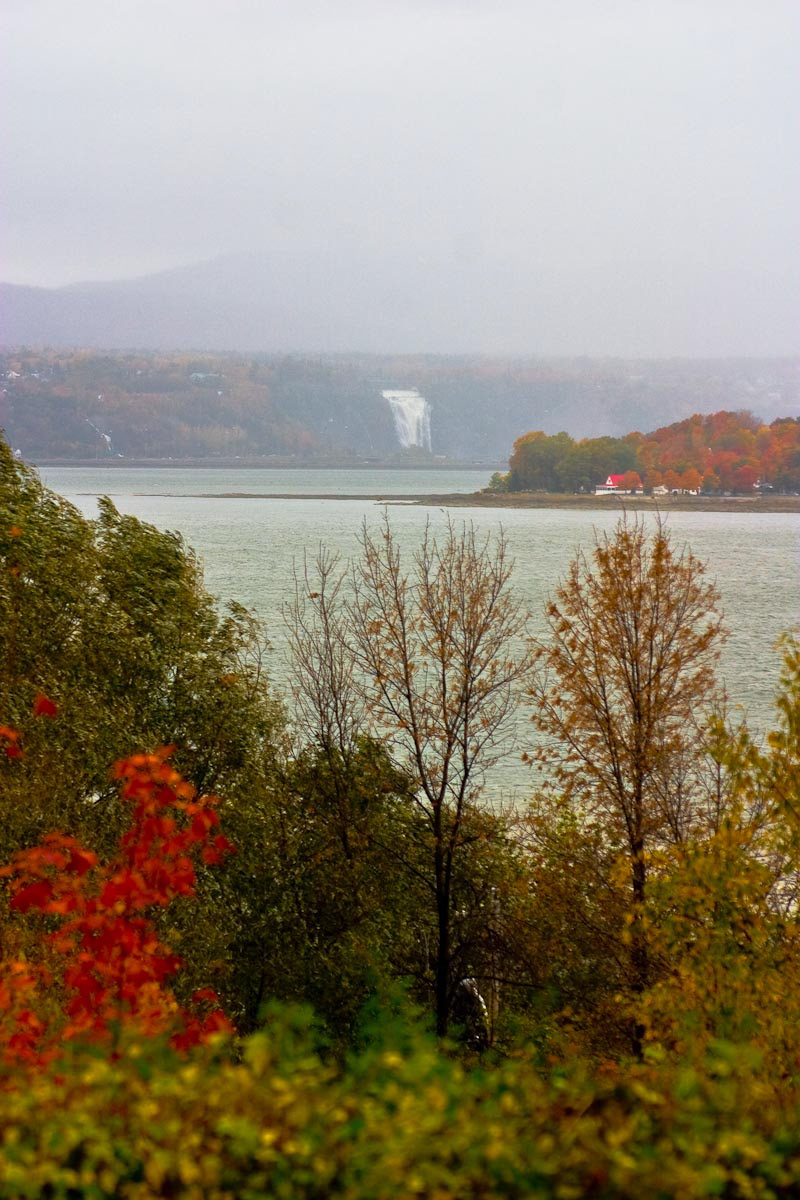
117 – La Côte-de-Beaupré – Québec

118 – Baie-des-Chaleurs – Gaspésie-Îles-de-la-Madeleine
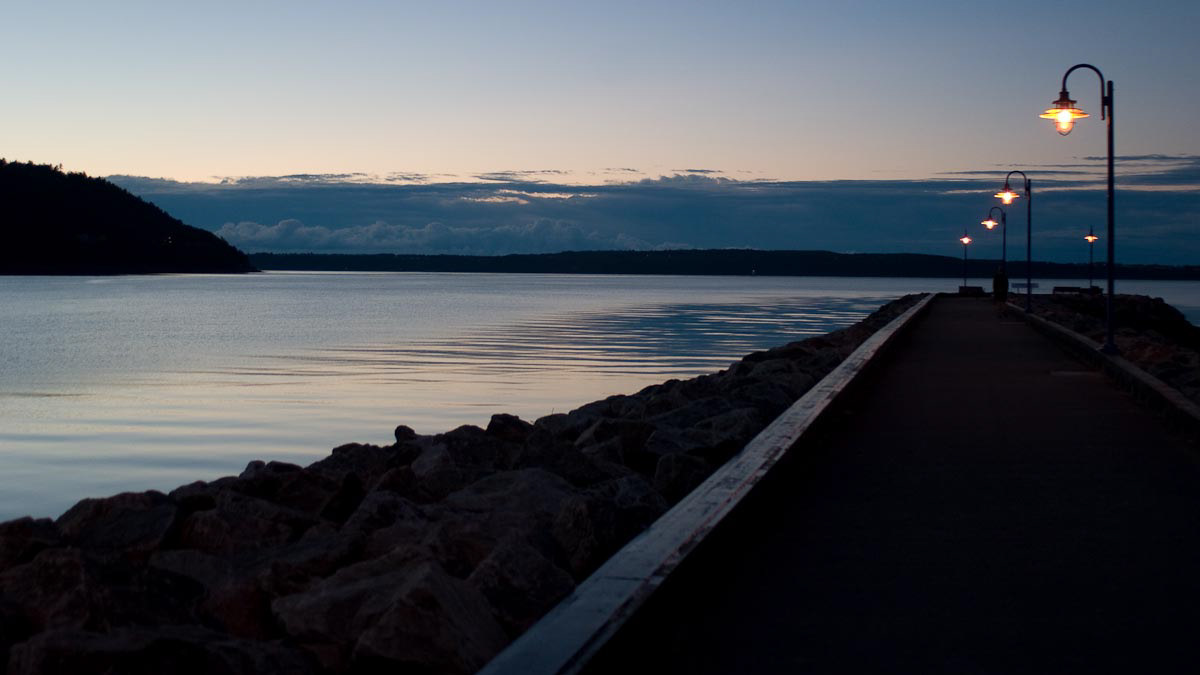
119 – Baie-Saint-Paul – Québec
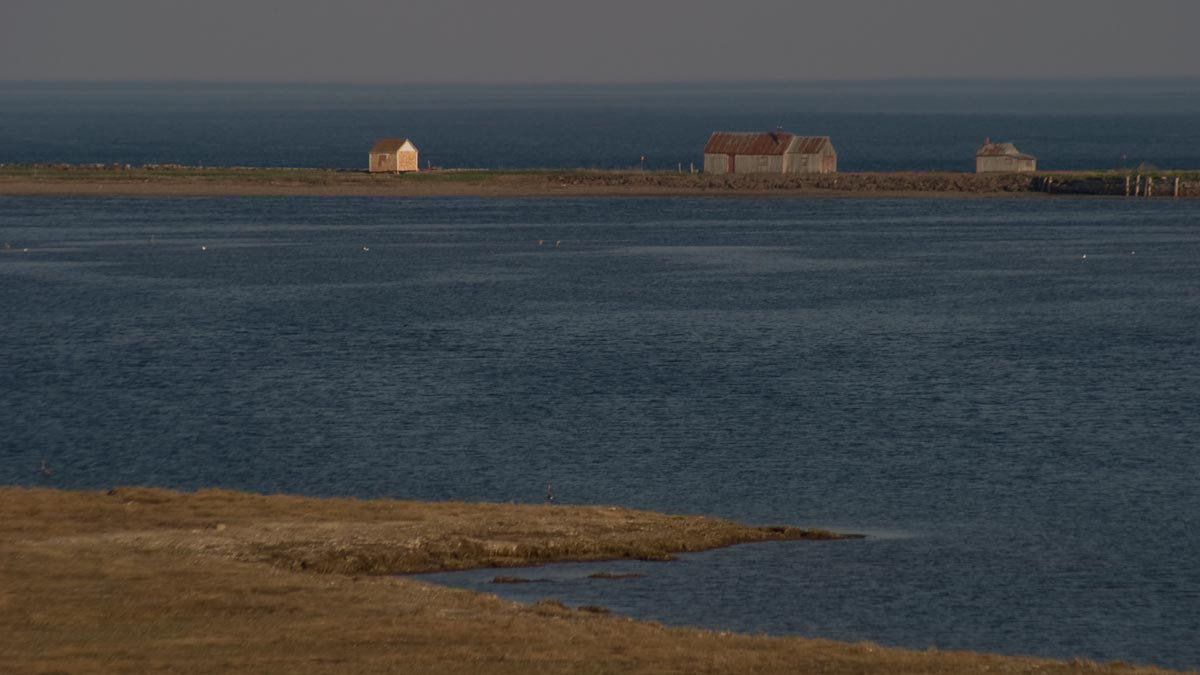
120 – Carleton – Gaspésie-Îles-de-la-Madeleine
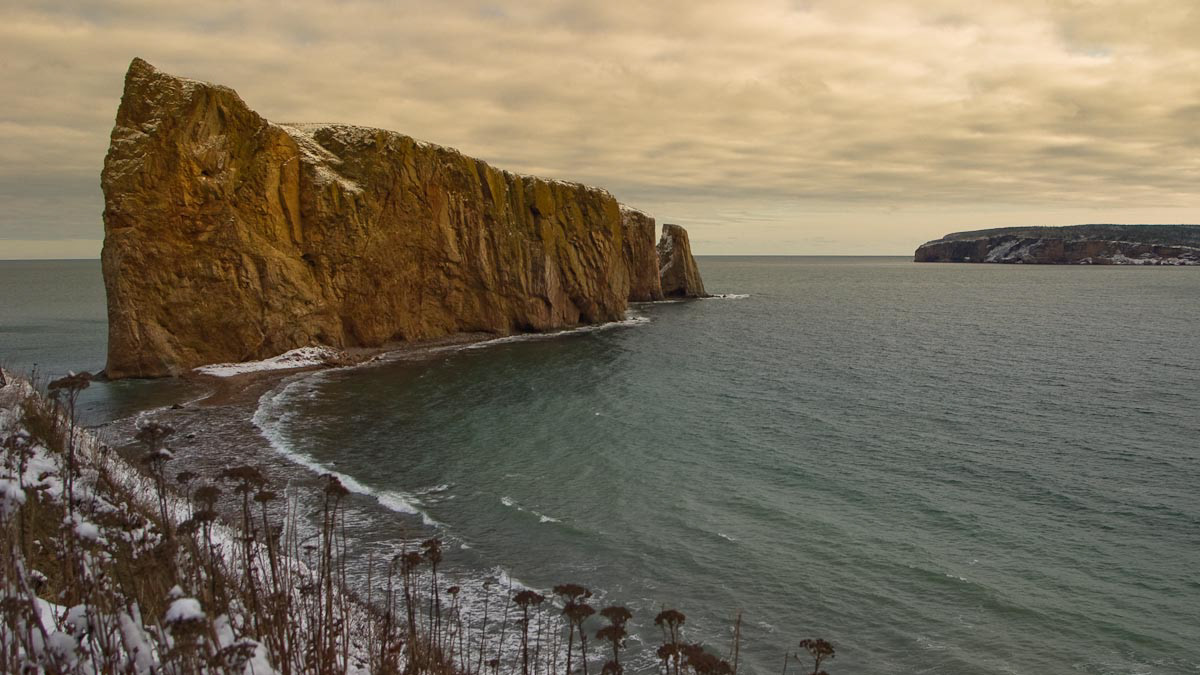
121 – Percé – Gaspésie-Îles-de-la-Madeleine
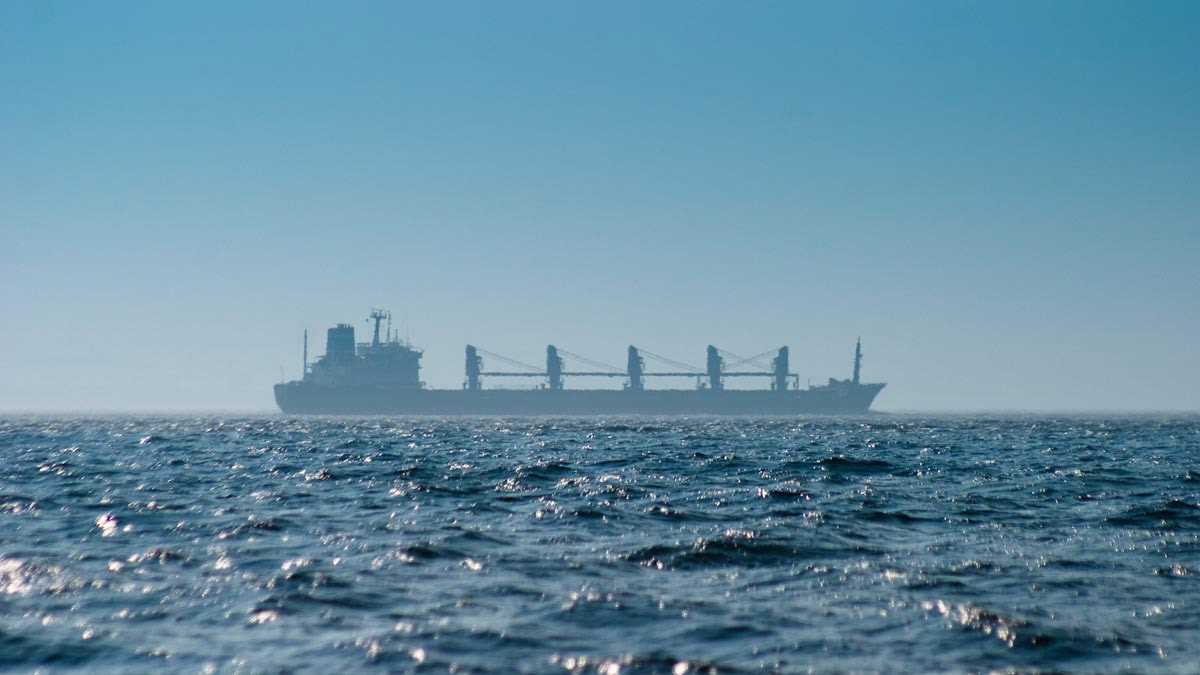
122 – Tadoussac – Côte-Nord
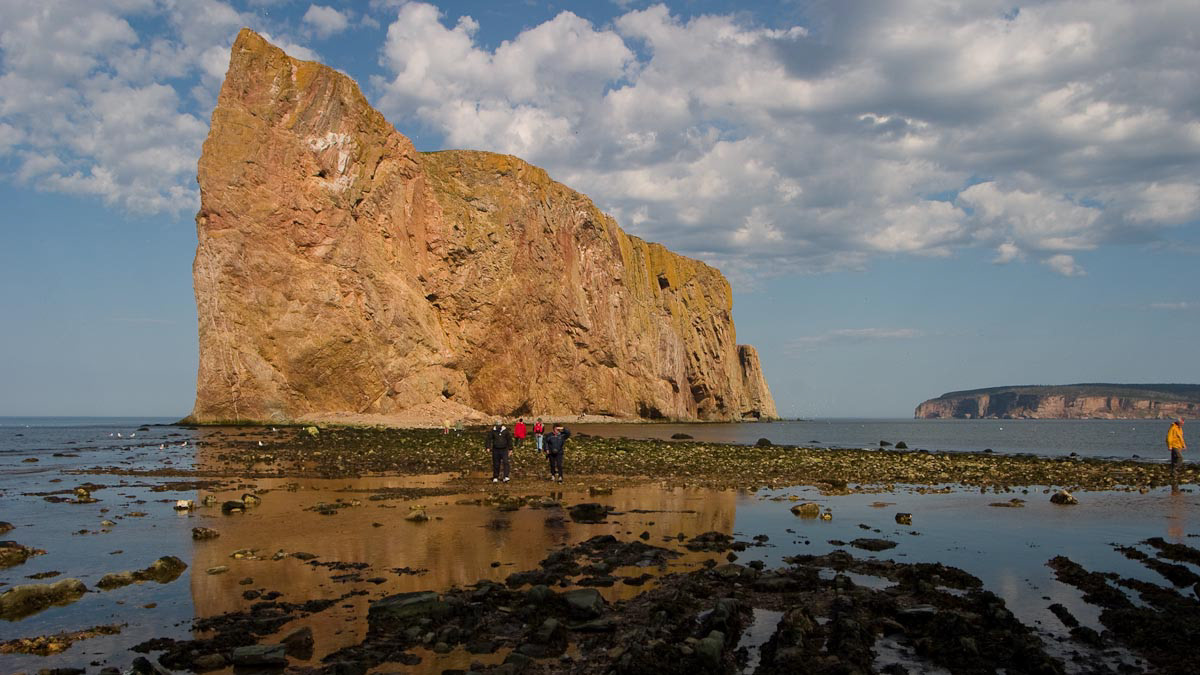
123 – Percé – Gaspésie-Îles-de-la-Madeleine
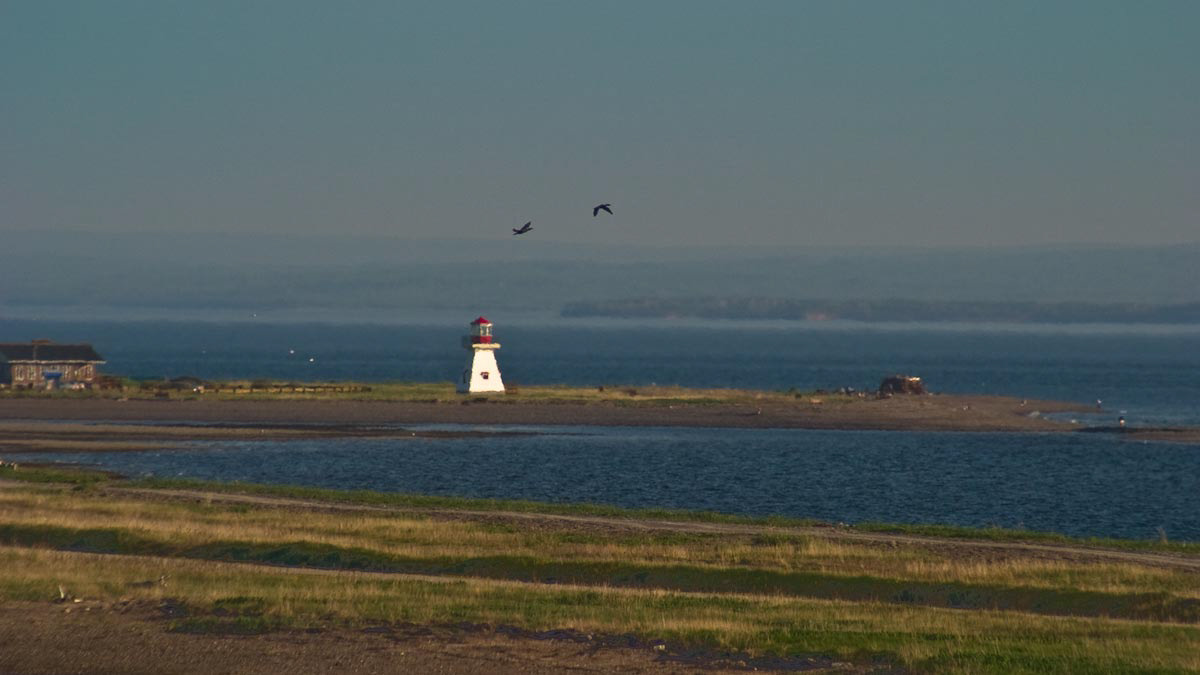
124 – Carleton – Gaspésie-Îles-de-la-Madeleine
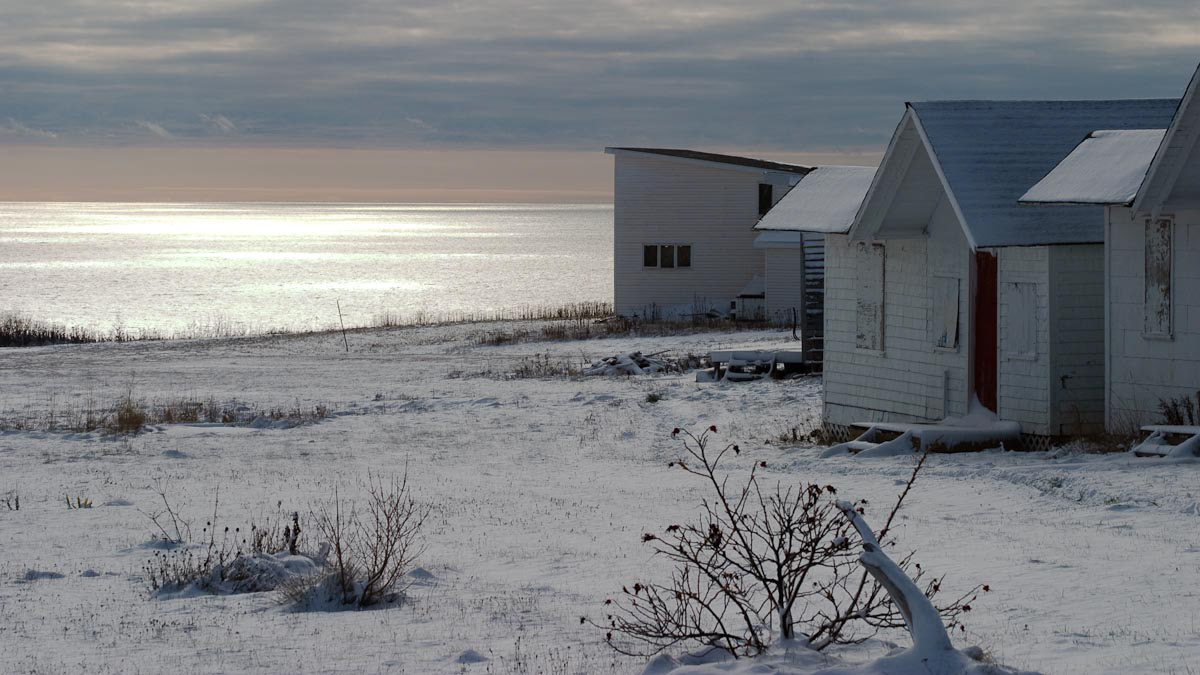
125 – Percé – Gaspésie-Îles-de-la-Madeleine
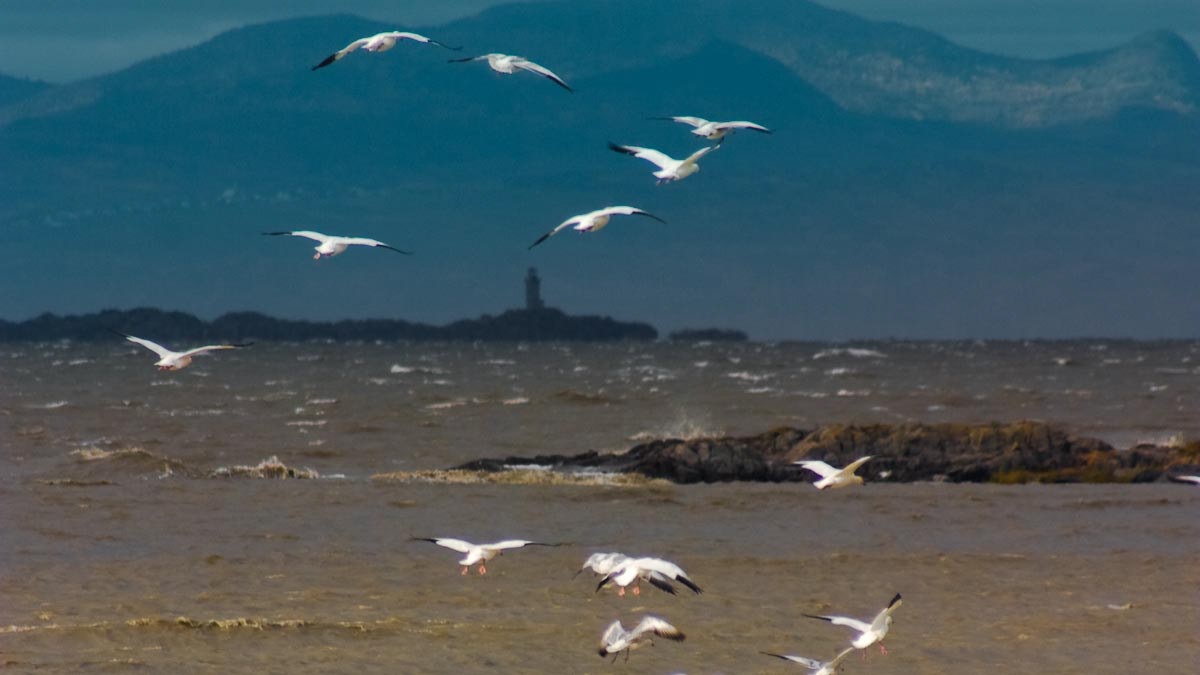
126 – L'Islet-sur-mer – Québec

127 – Port – Montréal
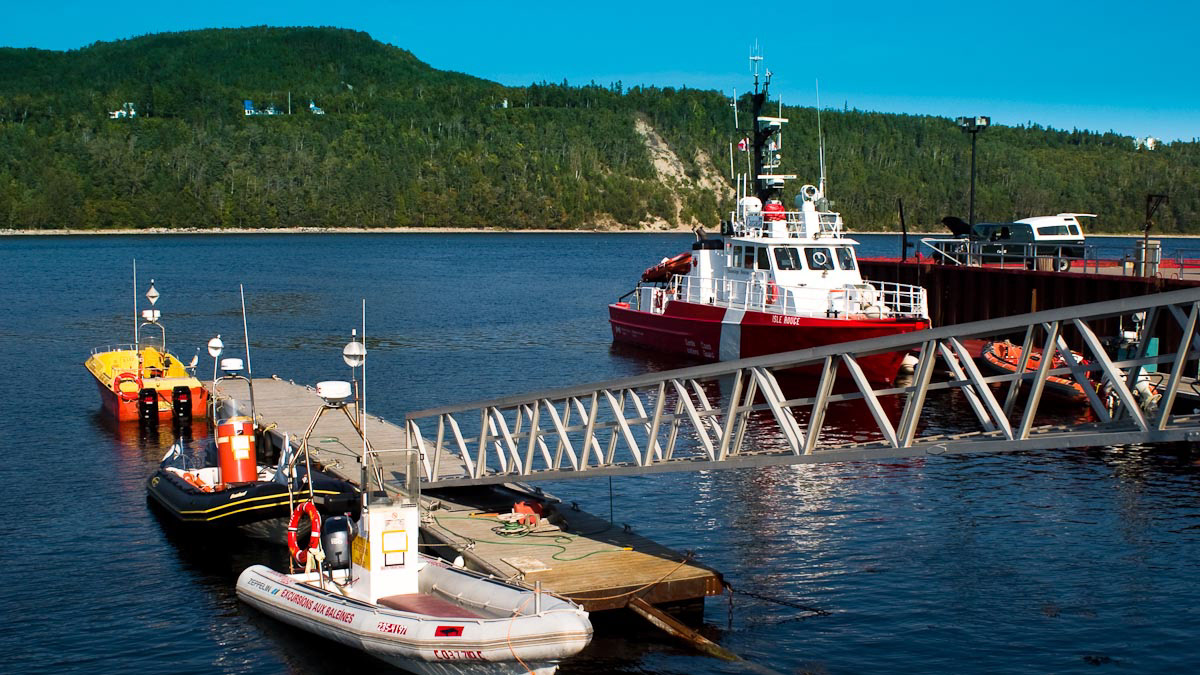
128 – Tadoussac – Côte-Nord
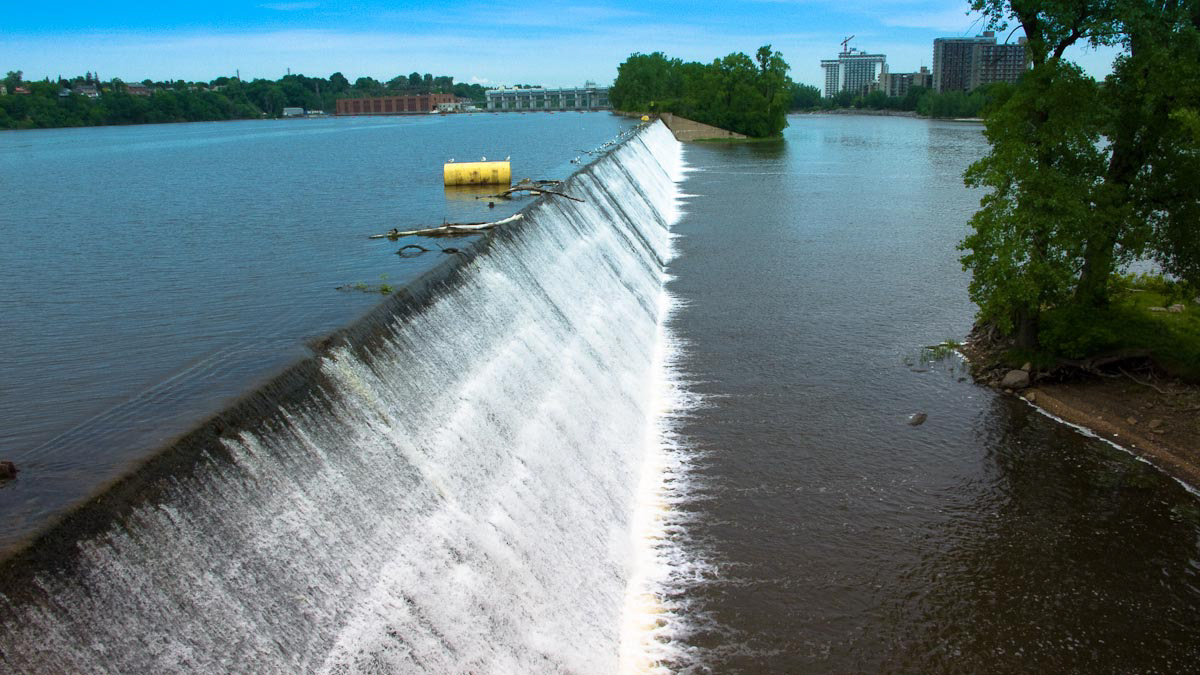
129 – Rivière des Prairies – Montréal
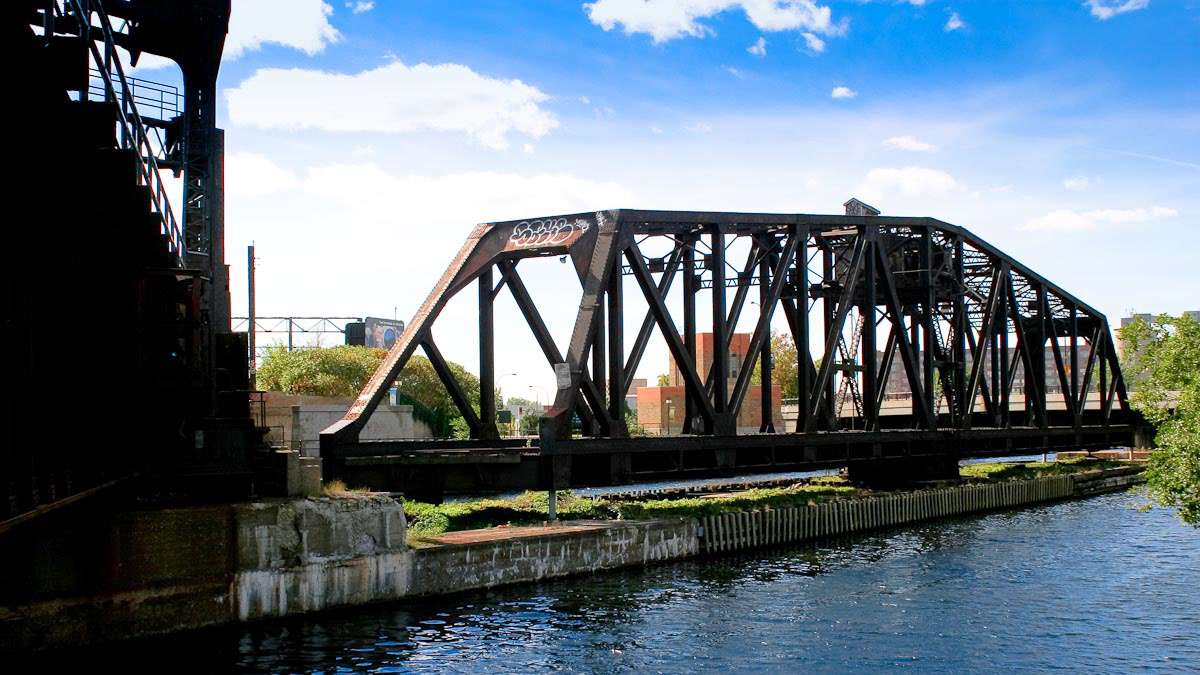
130 – Canal de Lachine - Montréal
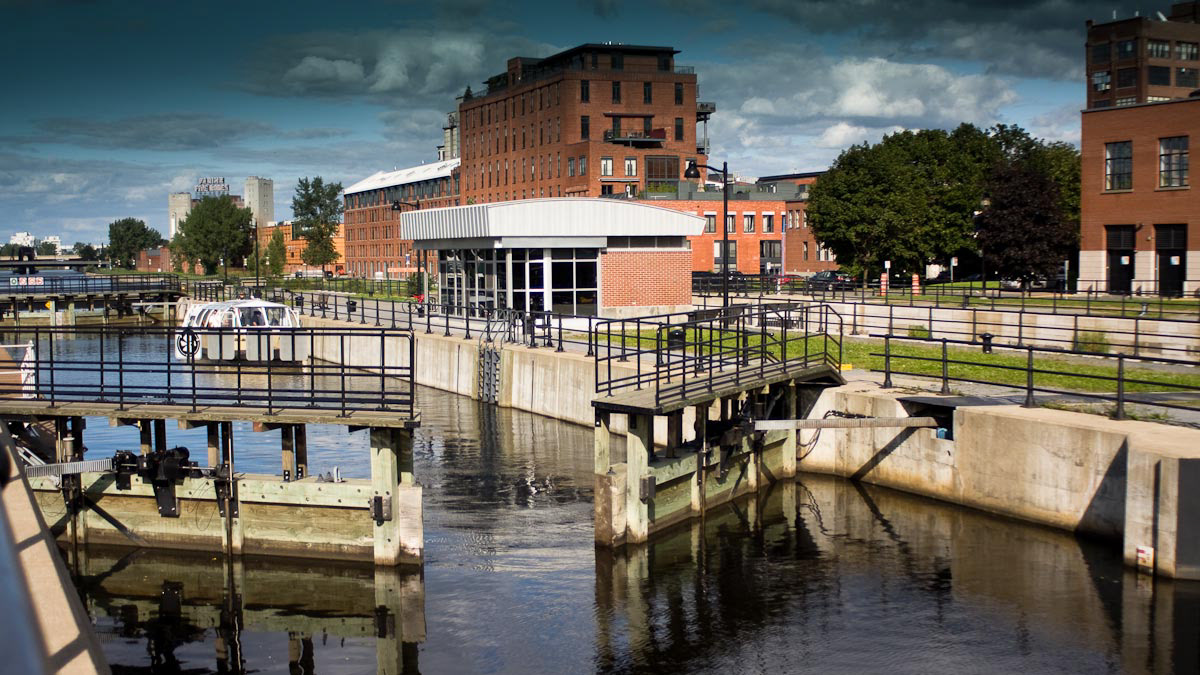
131 – Canal de Lachine – Montréal
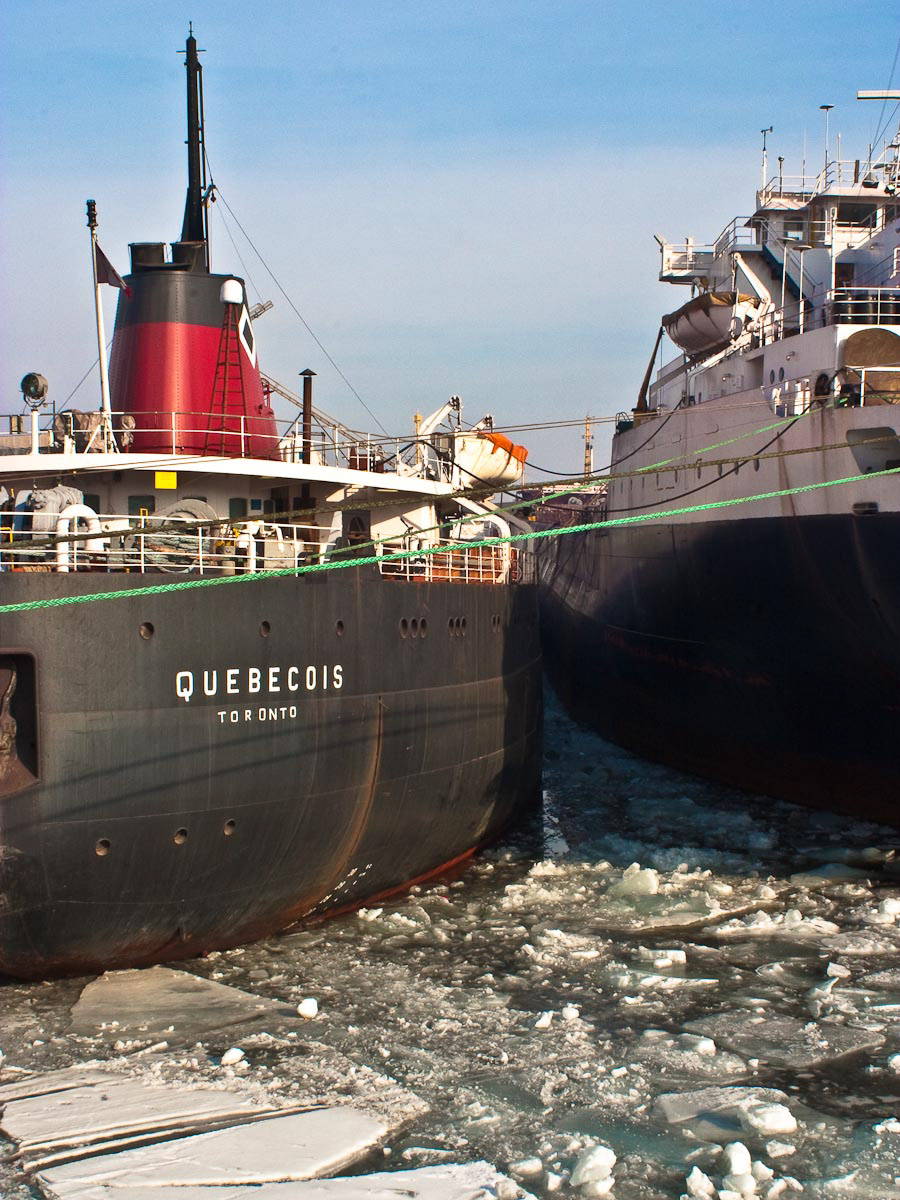
132 – Port – Montréal
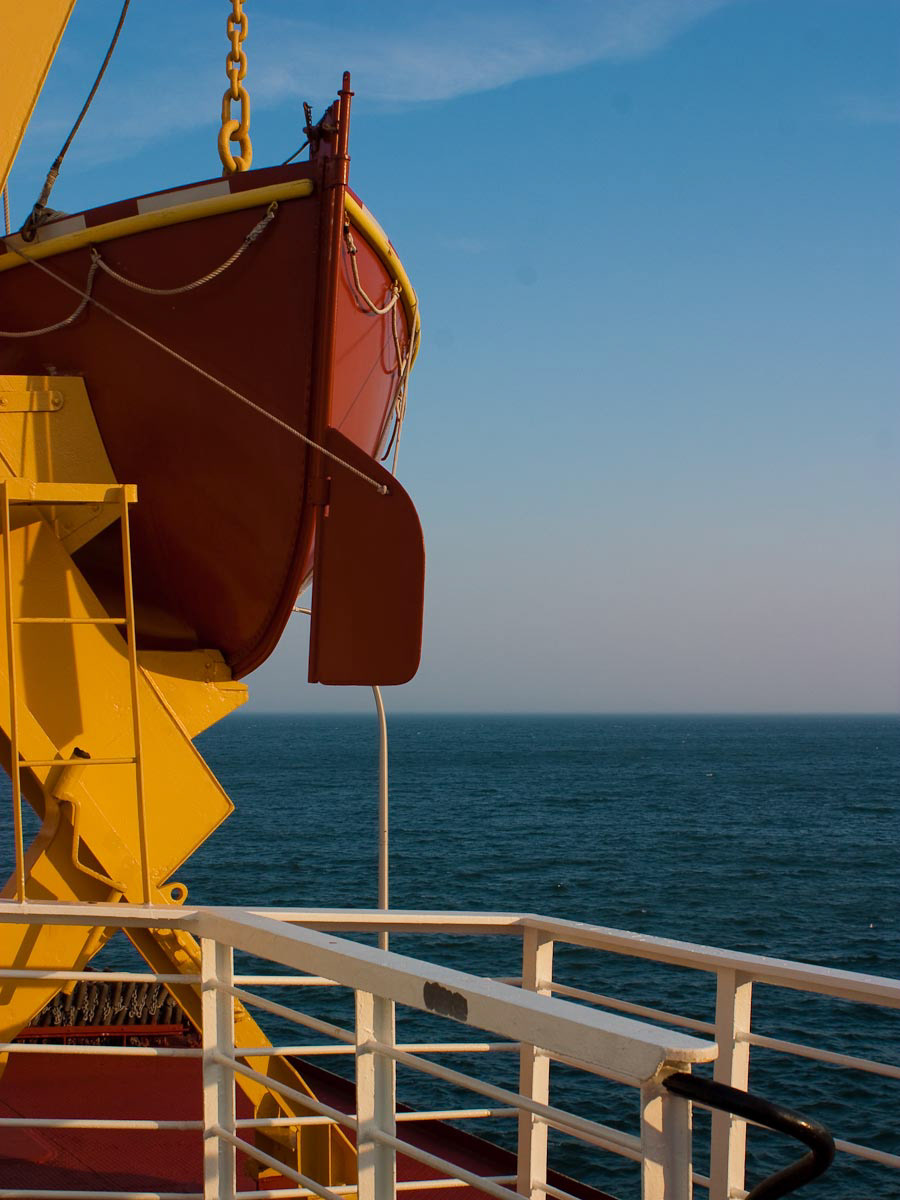
133 – Le fleuve Saint-Laurent – Saint-Siméon – Québec

134 – Paspépiac – Gaspésie-Îles-de-la-Madeleine
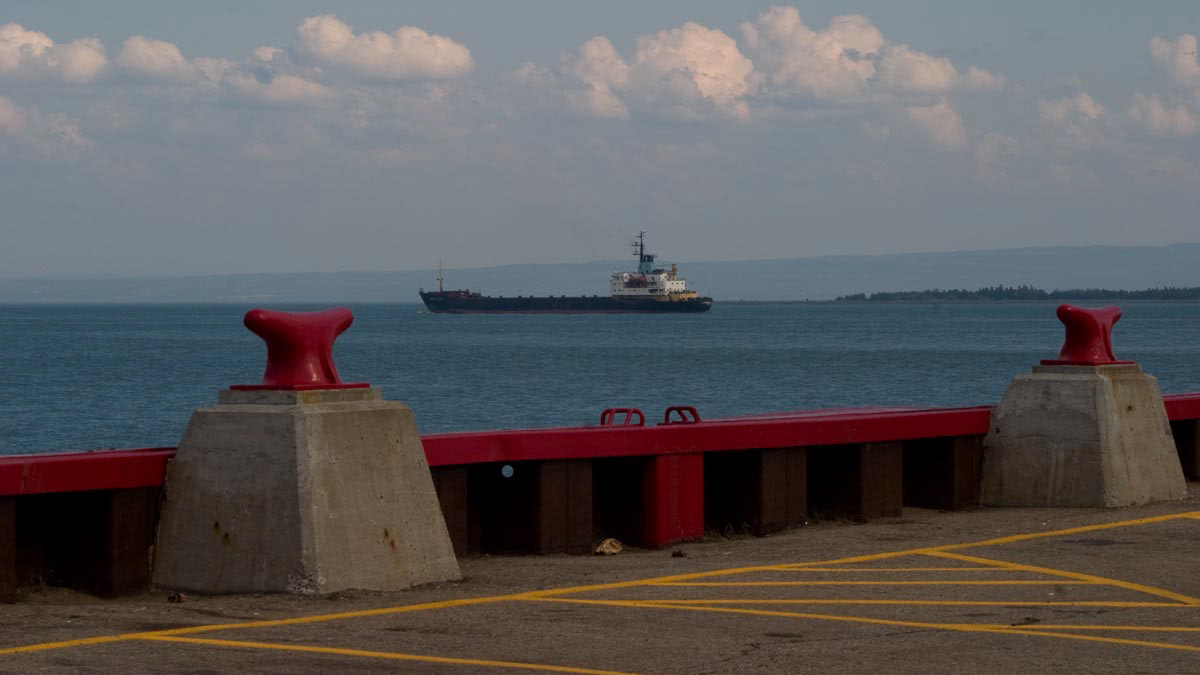
135 – Saint-Joseph-de-la-Rive – Québec
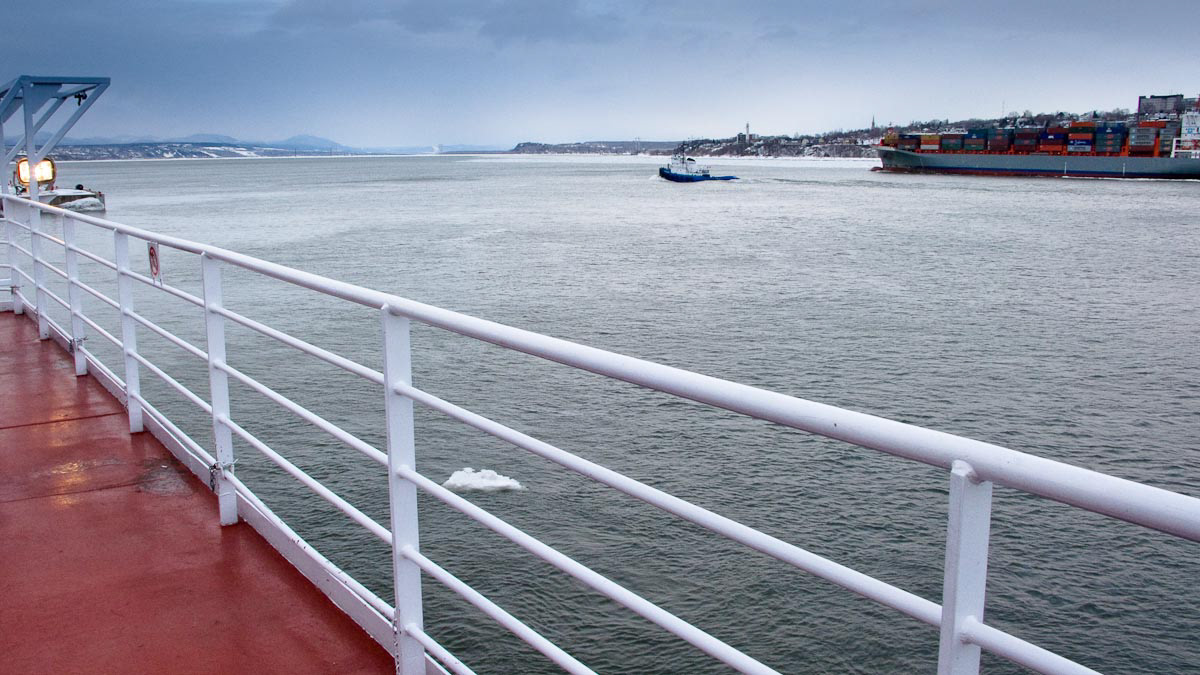
136 – Le fleuve Saint-Laurent – Québec
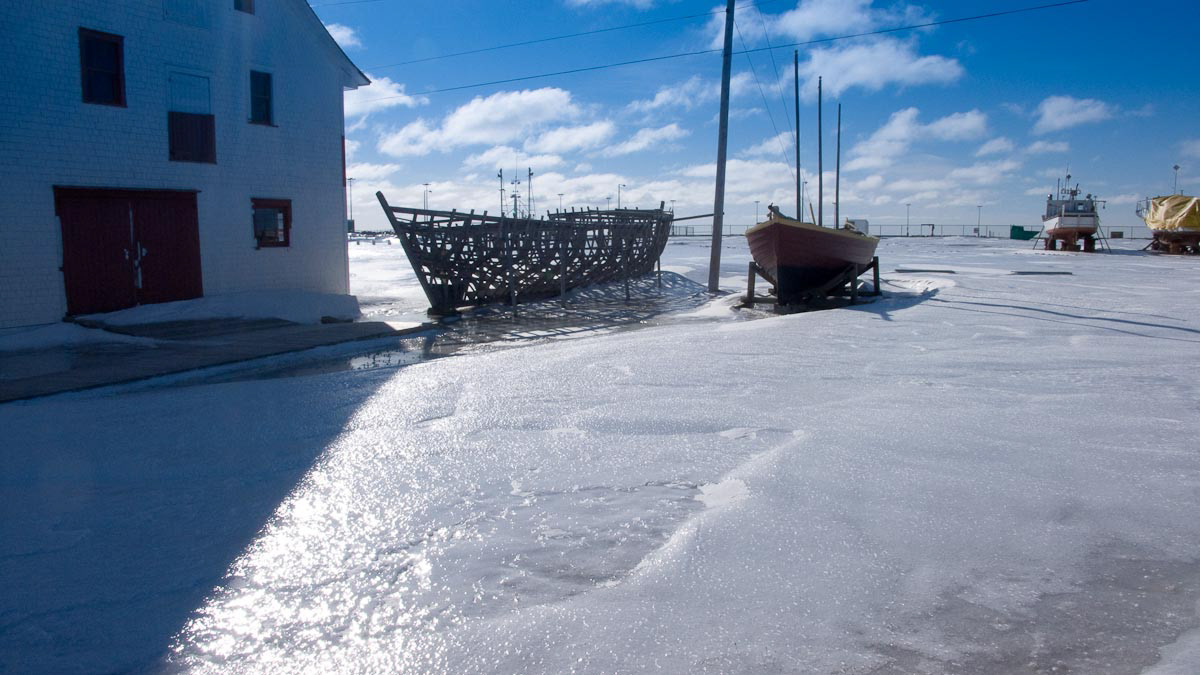
137 – Paspépiac – Gaspésie-Îles-de-la-Madeleine
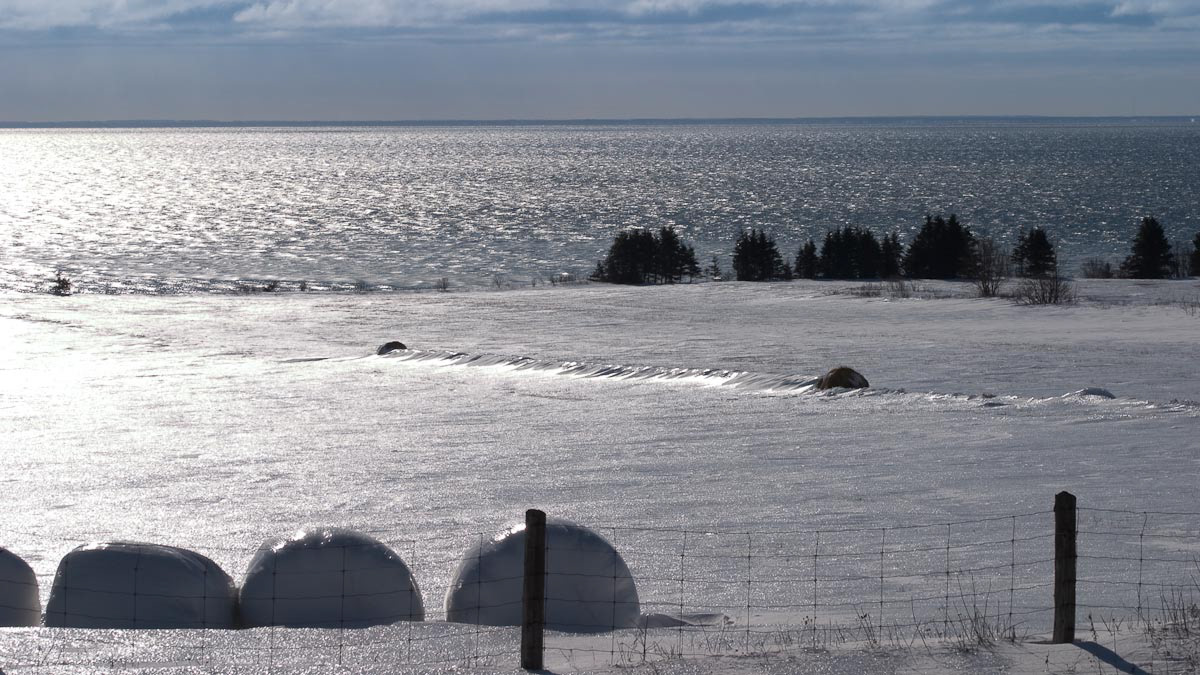
138 – Baie-des-Chaleurs – Gaspésie-Îles-de-la-Madeleine
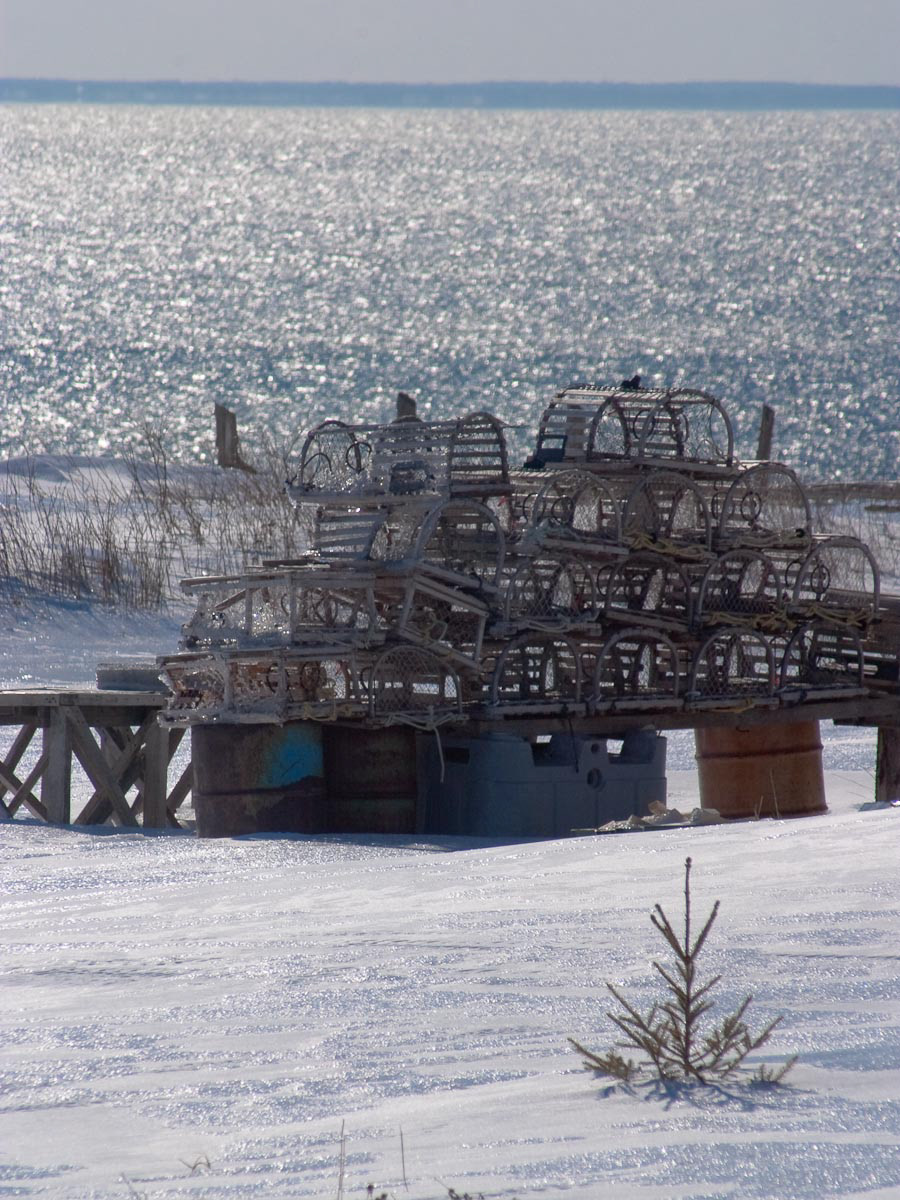
139 – Hope – Gaspésie-Îles-de-la-Madeleine
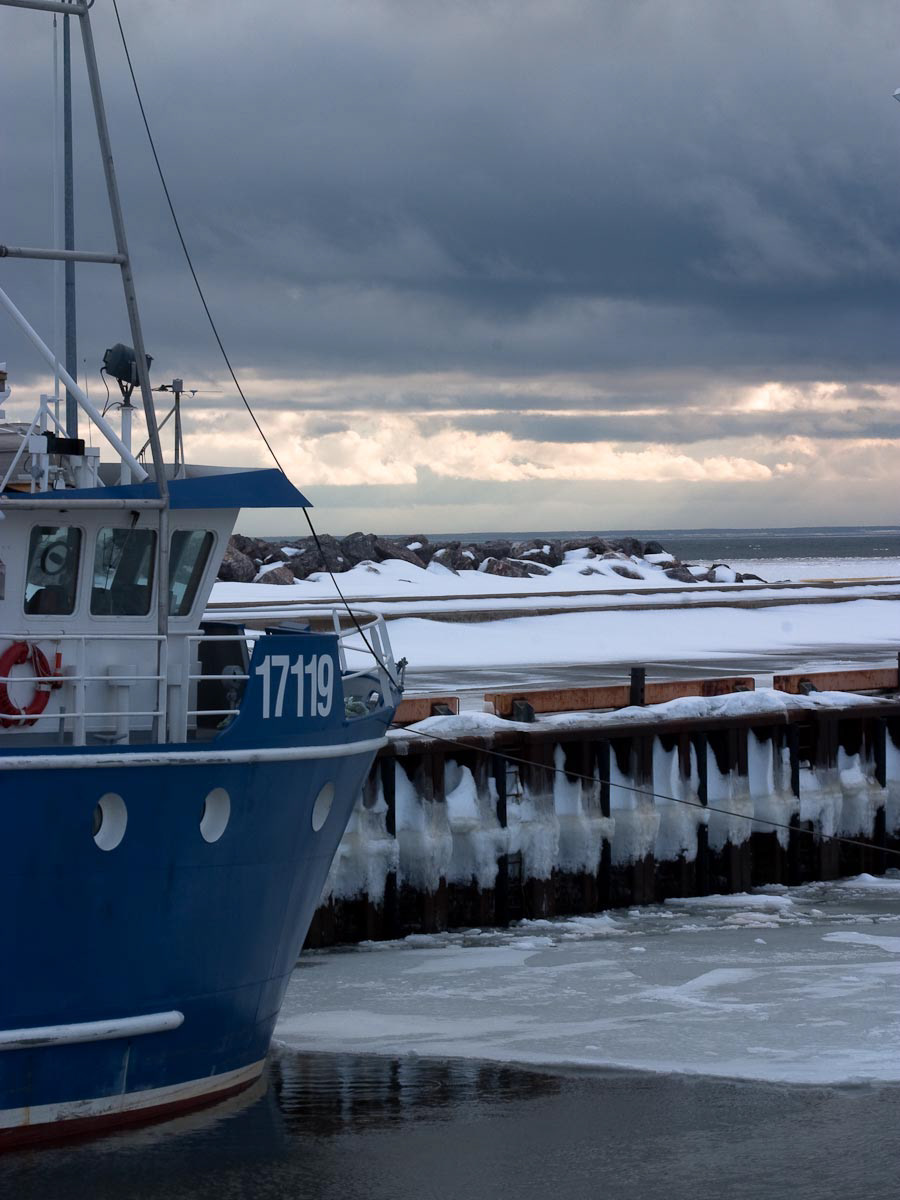
140 – Paspépiac – Gaspésie-Îles-de-la-Madeleine
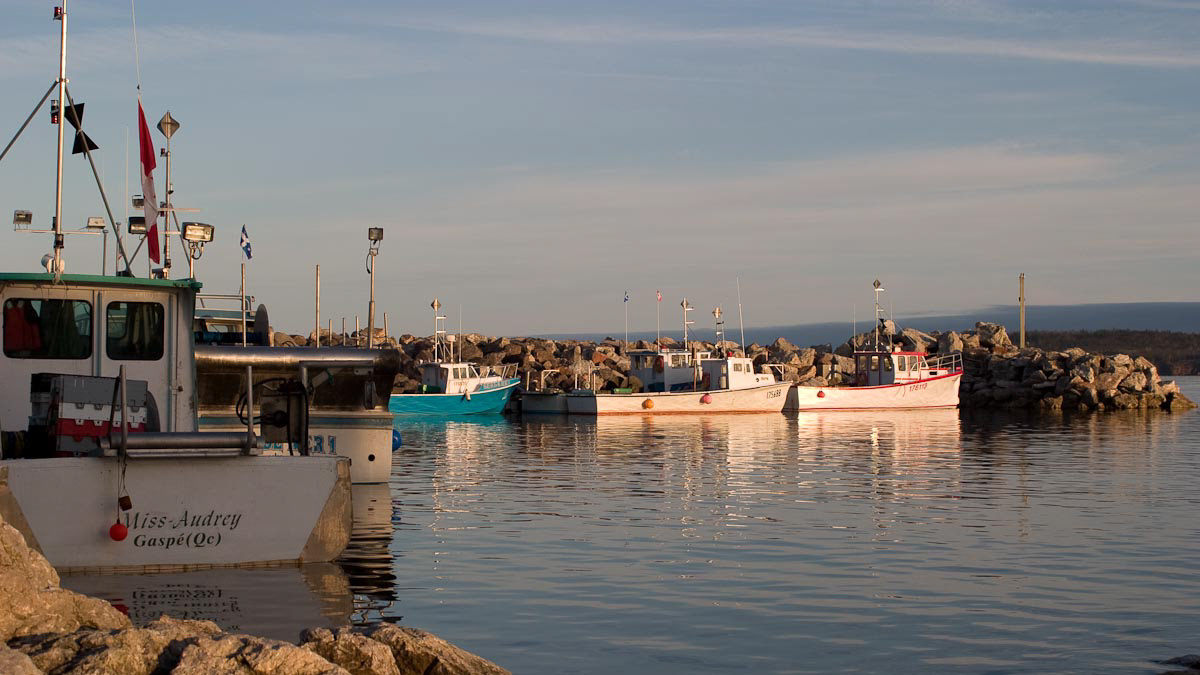
141 – Port-Daniel – Gaspésie-Îles-de-la-Madeleine
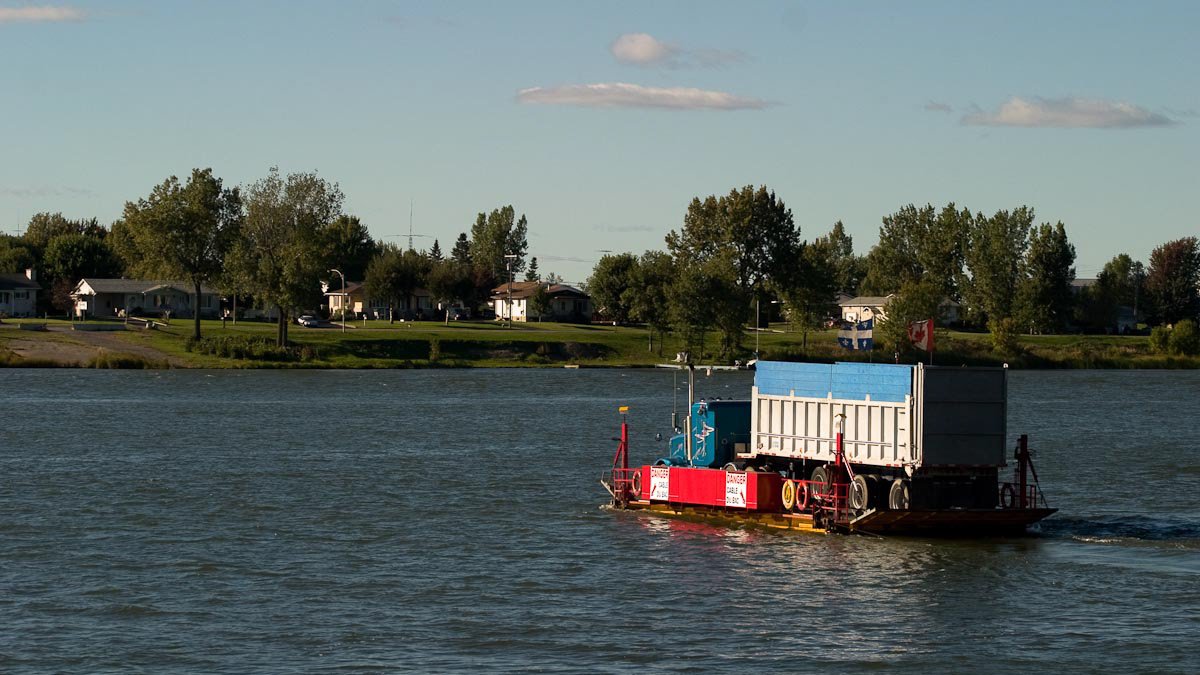
142 – Rivière Richelieu – Montérégie
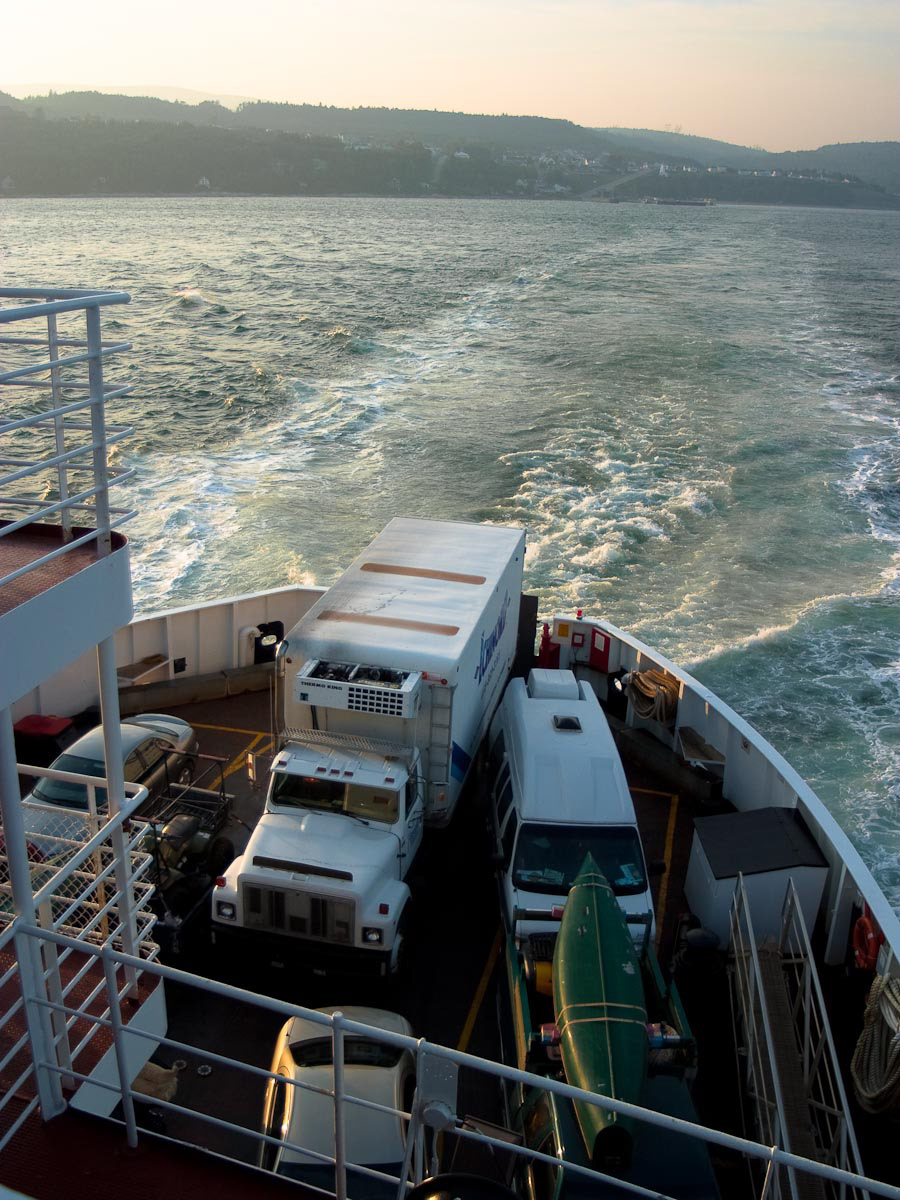
143 – Saint-Siméon – Québec
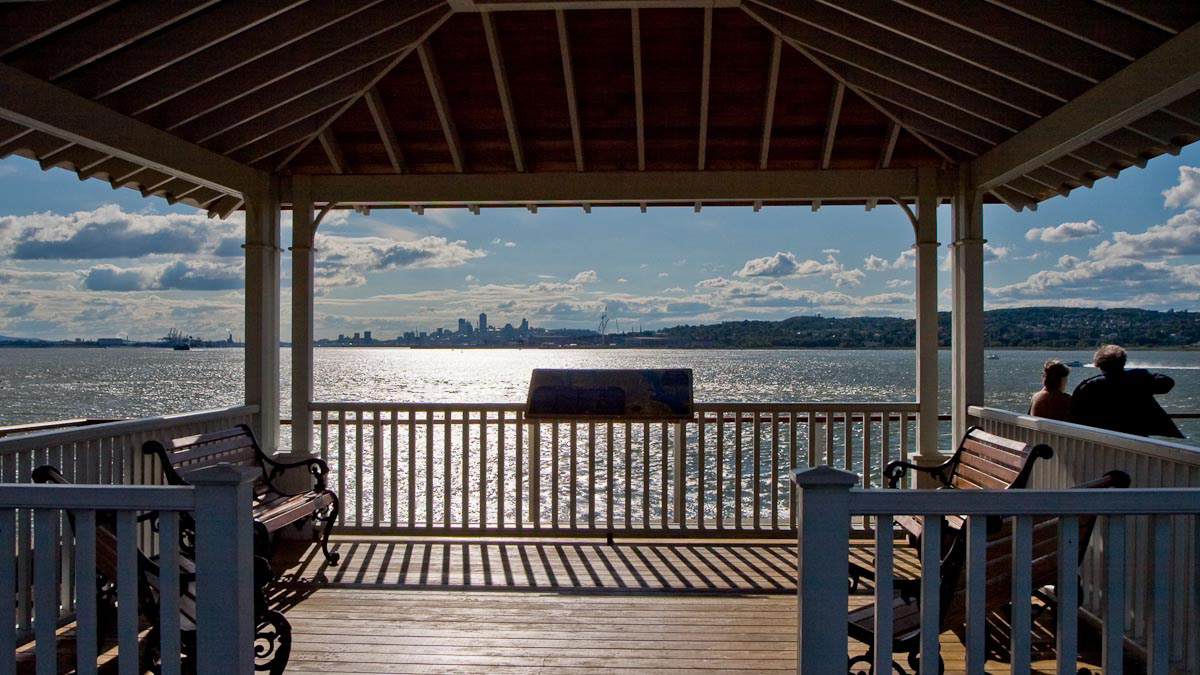
144 – Île d’Orléans – Québec
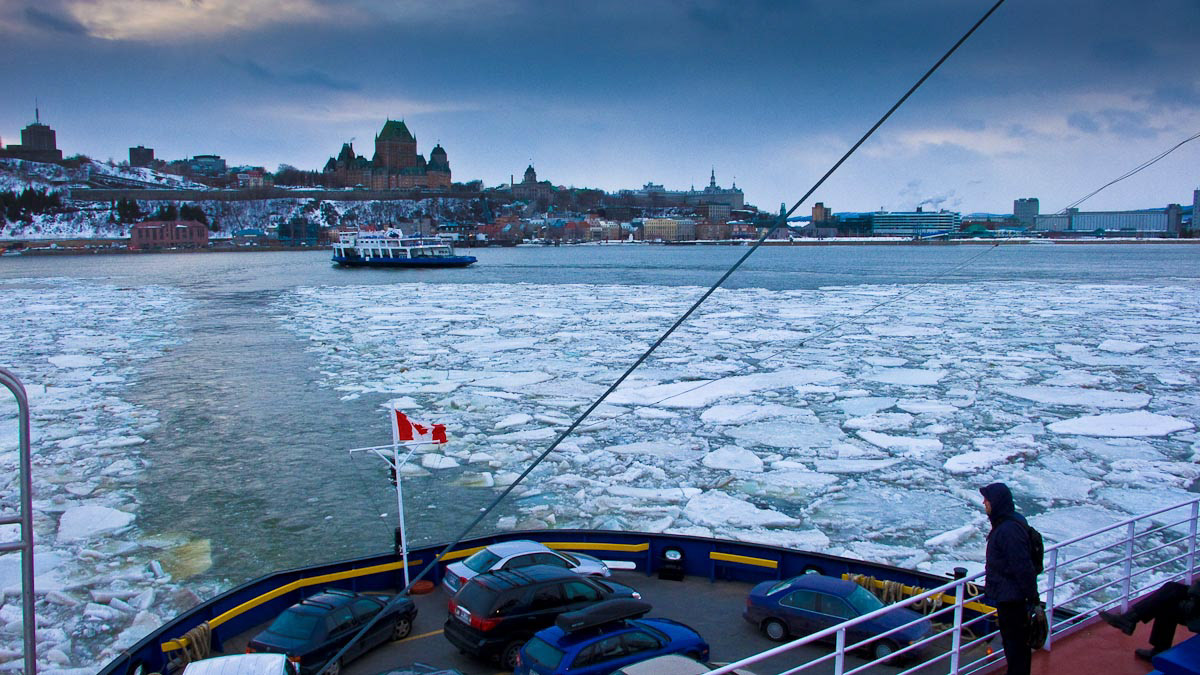
145 – Le fleuve Saint-Laurent – Québec
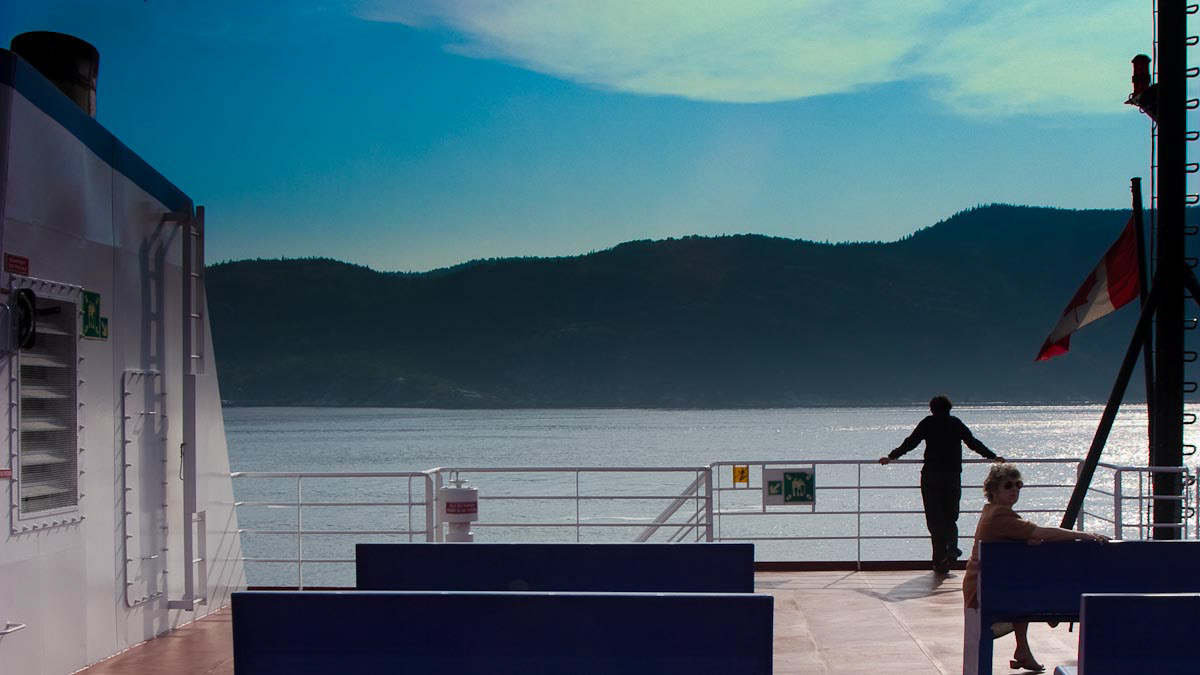
146 – Fjord duSagenay – Côte-Nord
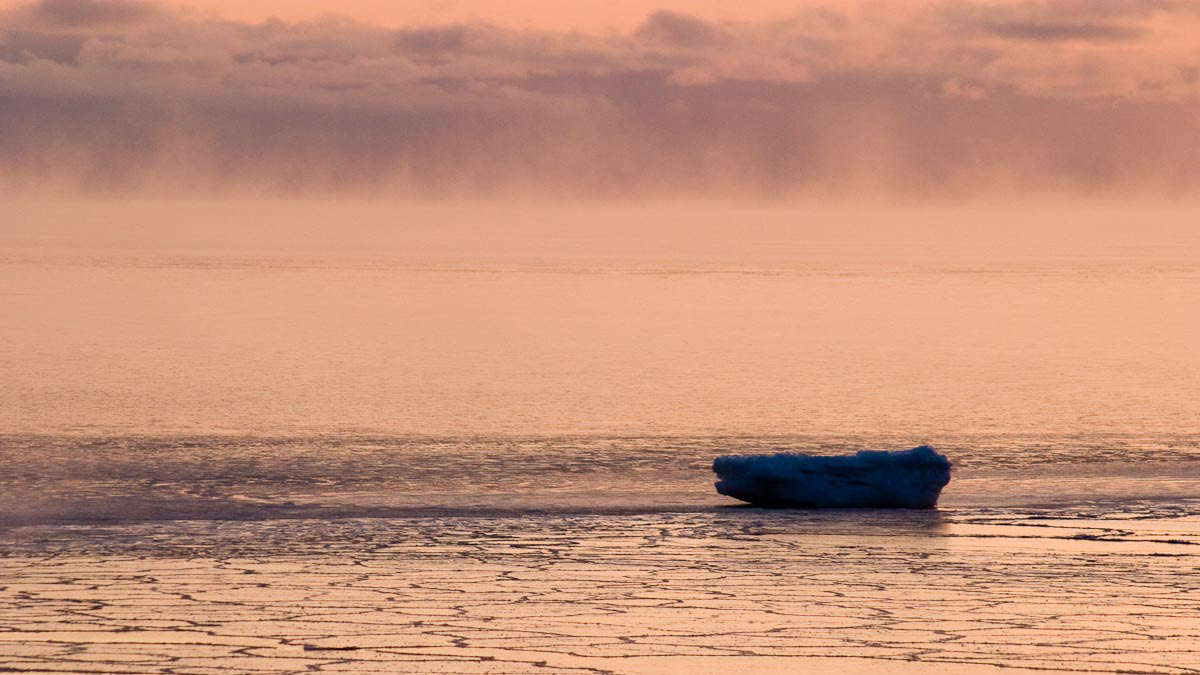
147 – Port-Daniel – Gaspésie-Îles-de-la-Madeleine
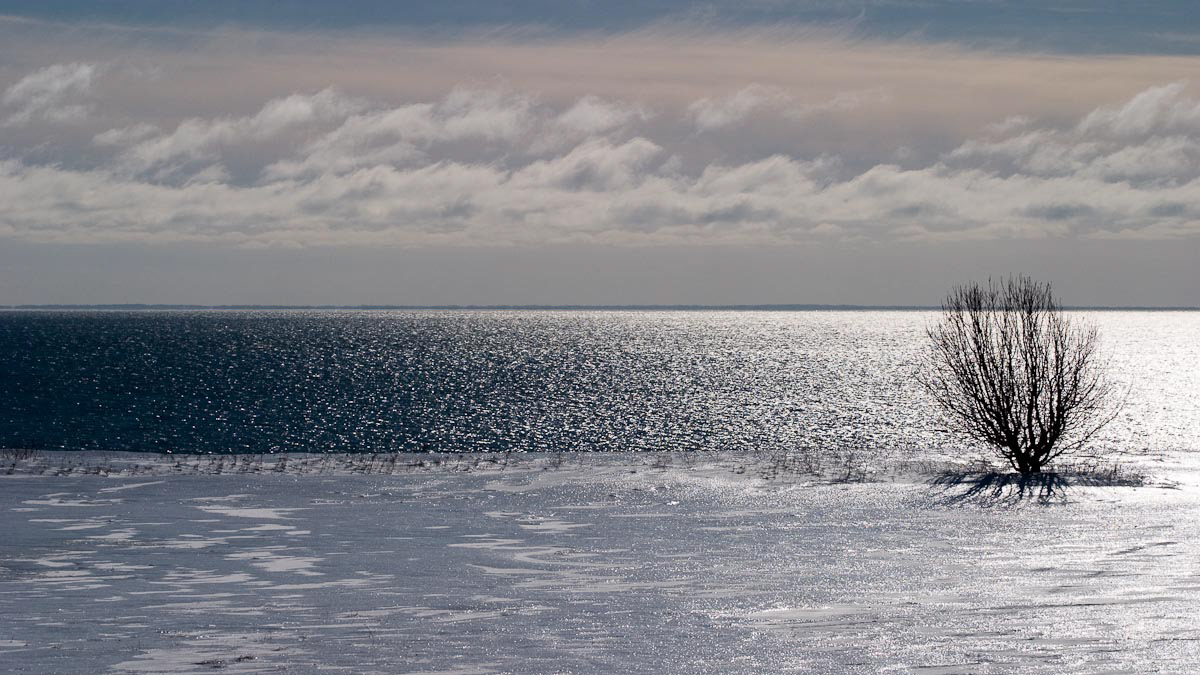
148 – Baie-des-Chaleurs – Gaspésie-Îles-de-la-Madeleine
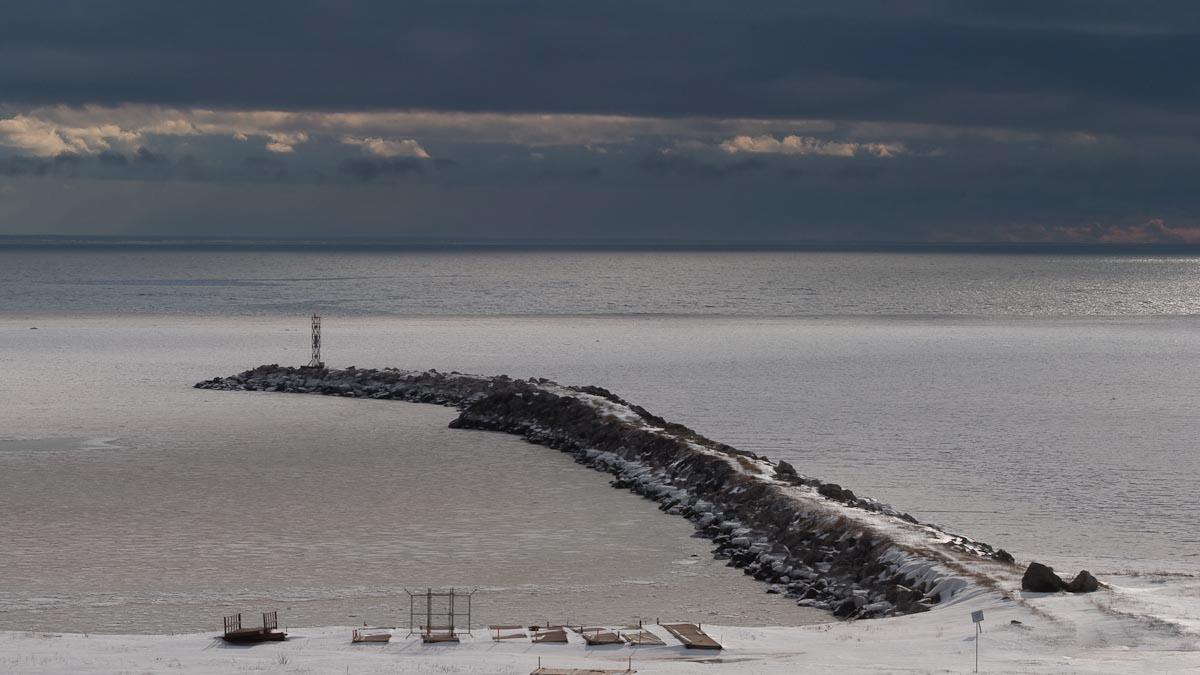
149 – Paspépiac – Gaspésie-Îles-de-la-Madeleine
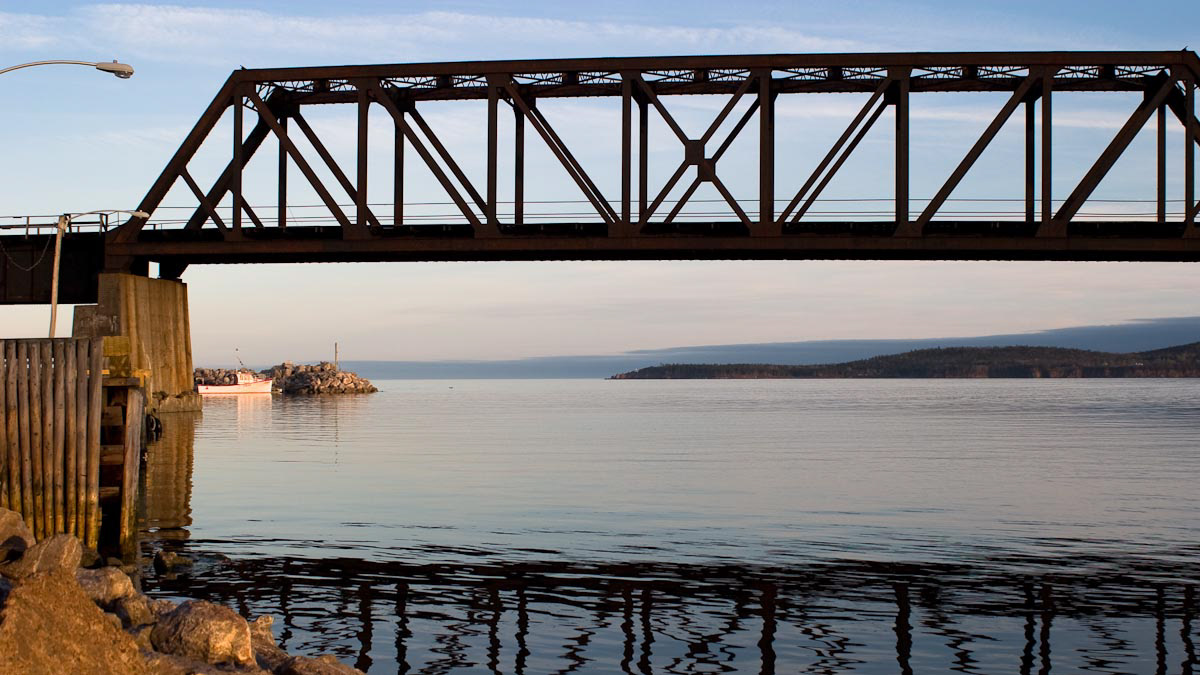
150 – Port-Daniel – Gaspésie-Îles-de-la-Madeleine
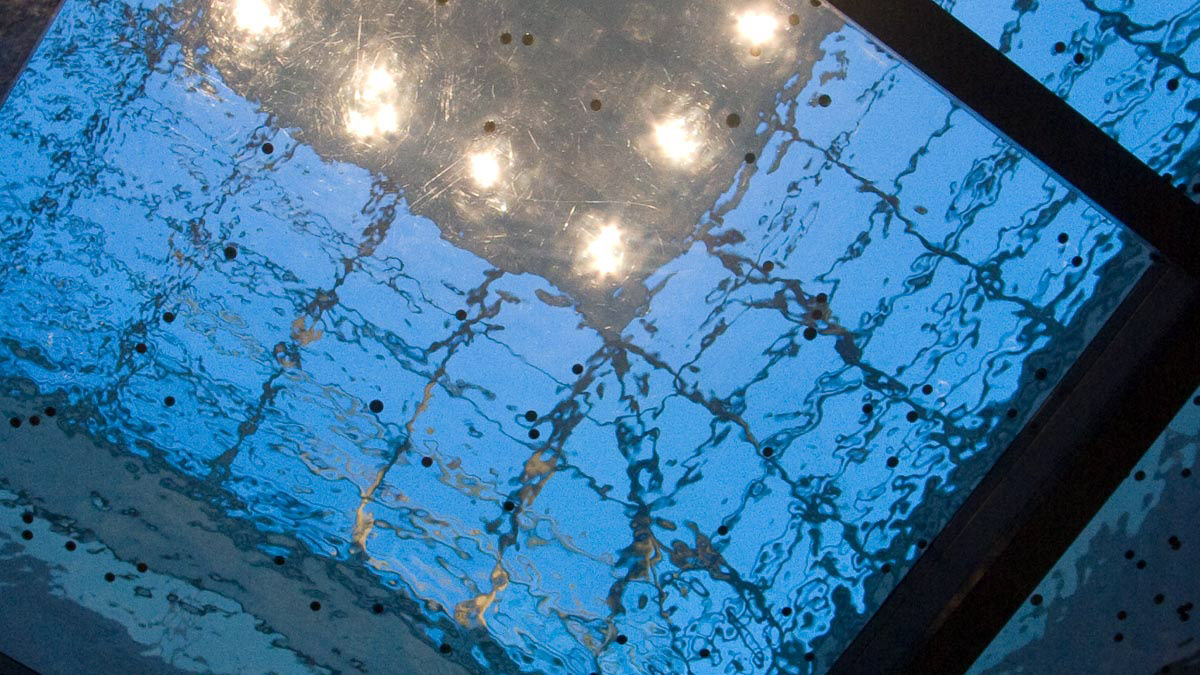
151 – Musée des Beaux-Arts du Canada – Ottawa – Ontario
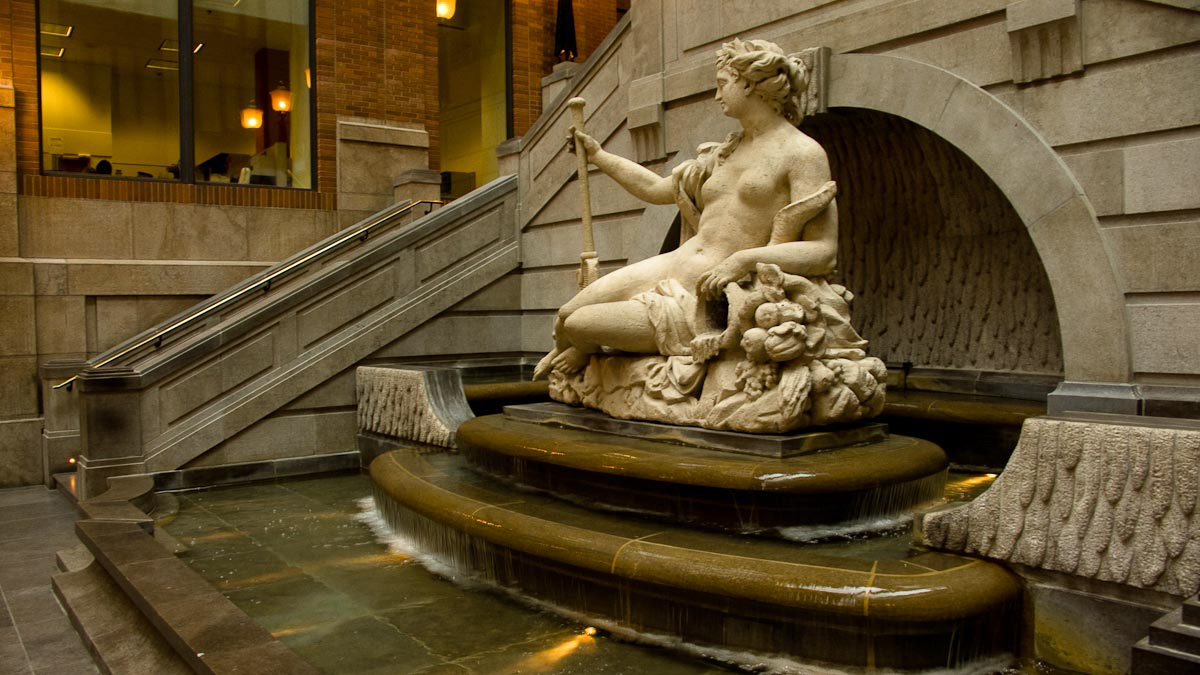
152 – Fontaine d'Amphitrite – Montréal
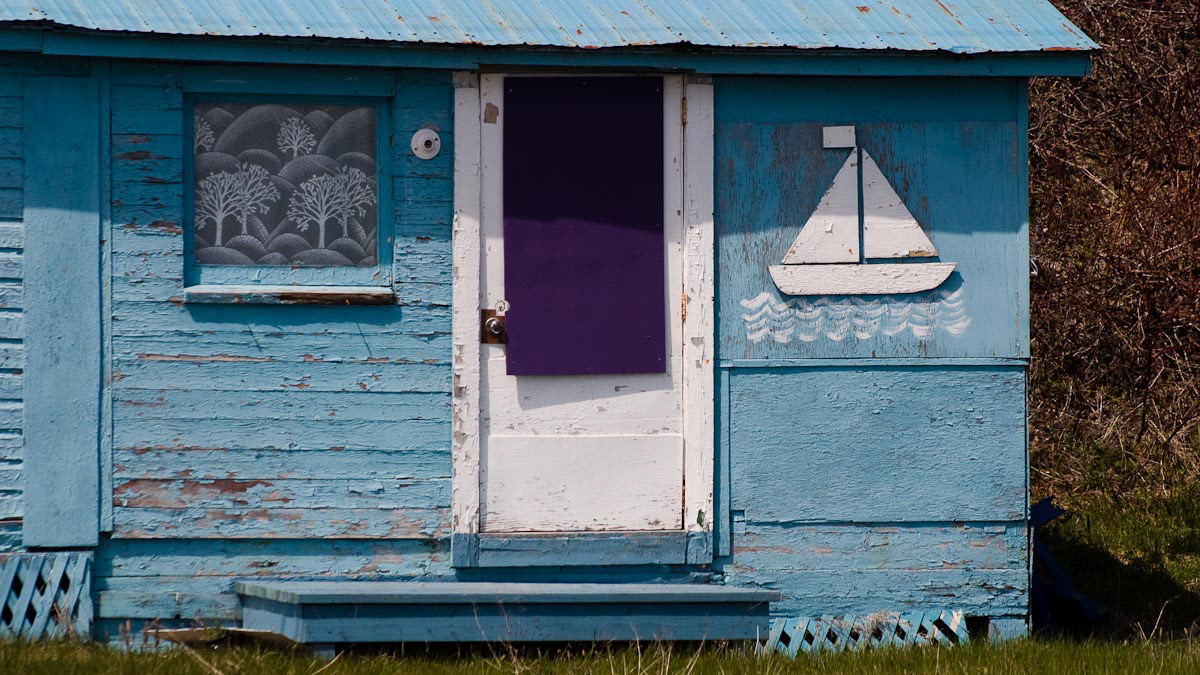
153 – Gaspé – Gaspésie-Îles-de-la-Madeleine
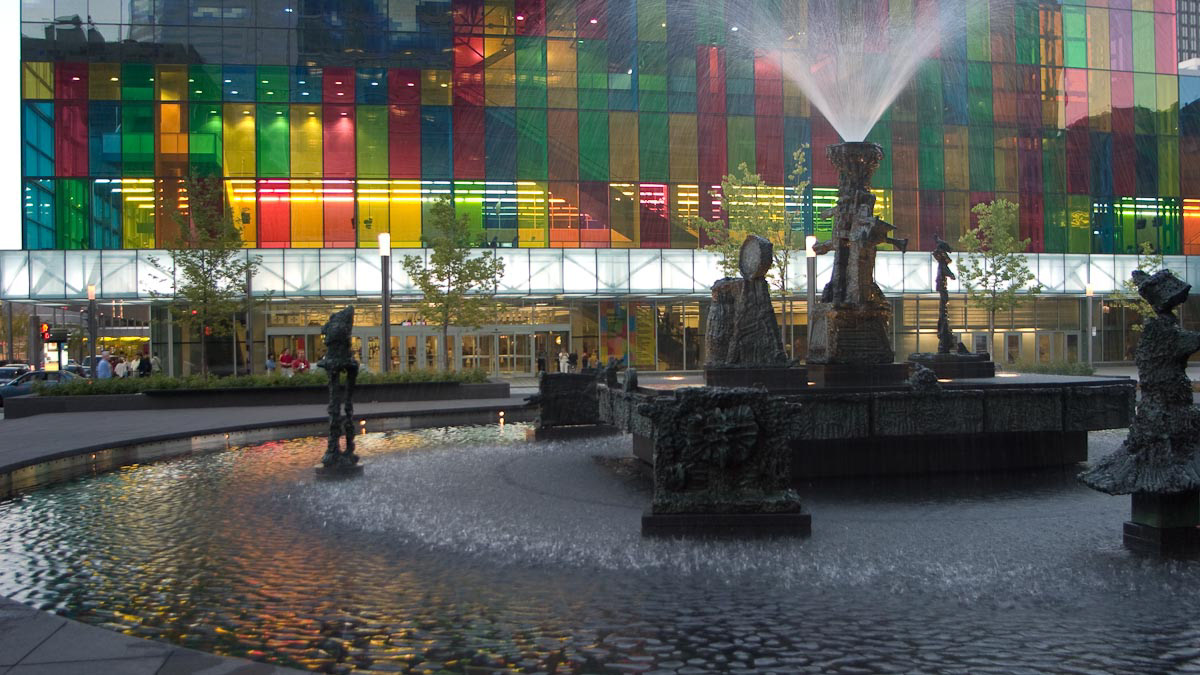
154 – La Joute (J.-P. Riopelle) – Montréal
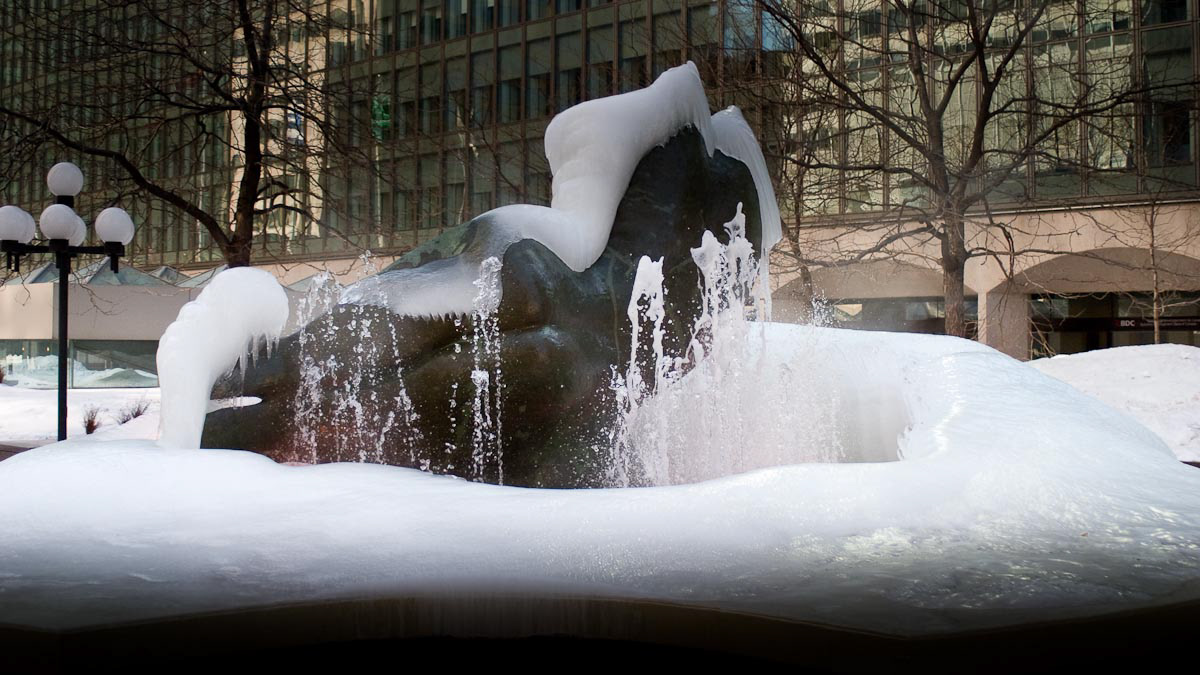
155– Présence féminine (Gerald Gladstone) – Montréal
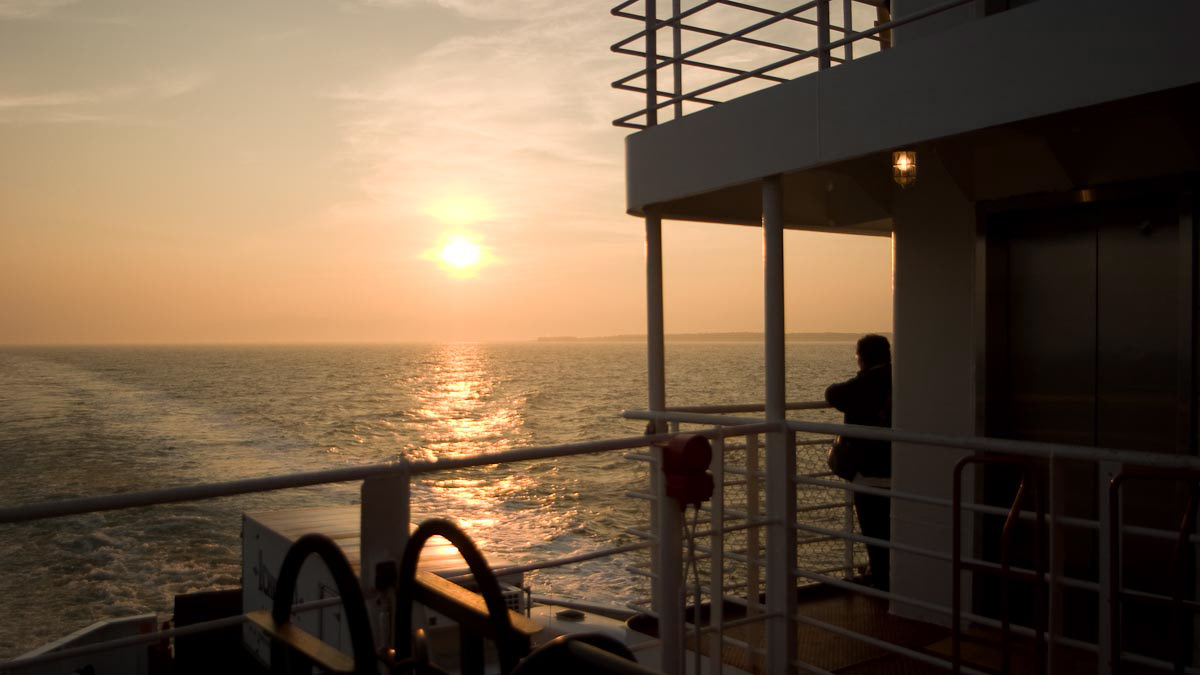
156– Saint-Siméon – Québec
_________________________________________________________________________
_________________________________________________________________________
Original Music by Michel Smith
Michel Smith composed these pieces of music specifically for the project Oh River… by immersing himself in the words, the images and the actors’ rendition of the text. The resulting music strengthens the impact of the whole, on the visual plane as well as the poetic one, and enhances the feeling that emanates from the reading of the poem by Adriana Ramponi.
It is a joy to listen to these compositions by themselves; they tell of the river in their own way.
The music for the Introduction is entitled Teuehikan (drum) and the one for the Poem, Shikuan (Spring).
Teuehikan (drum)
Shikuan (Spring)
_________________________________________________________________________




